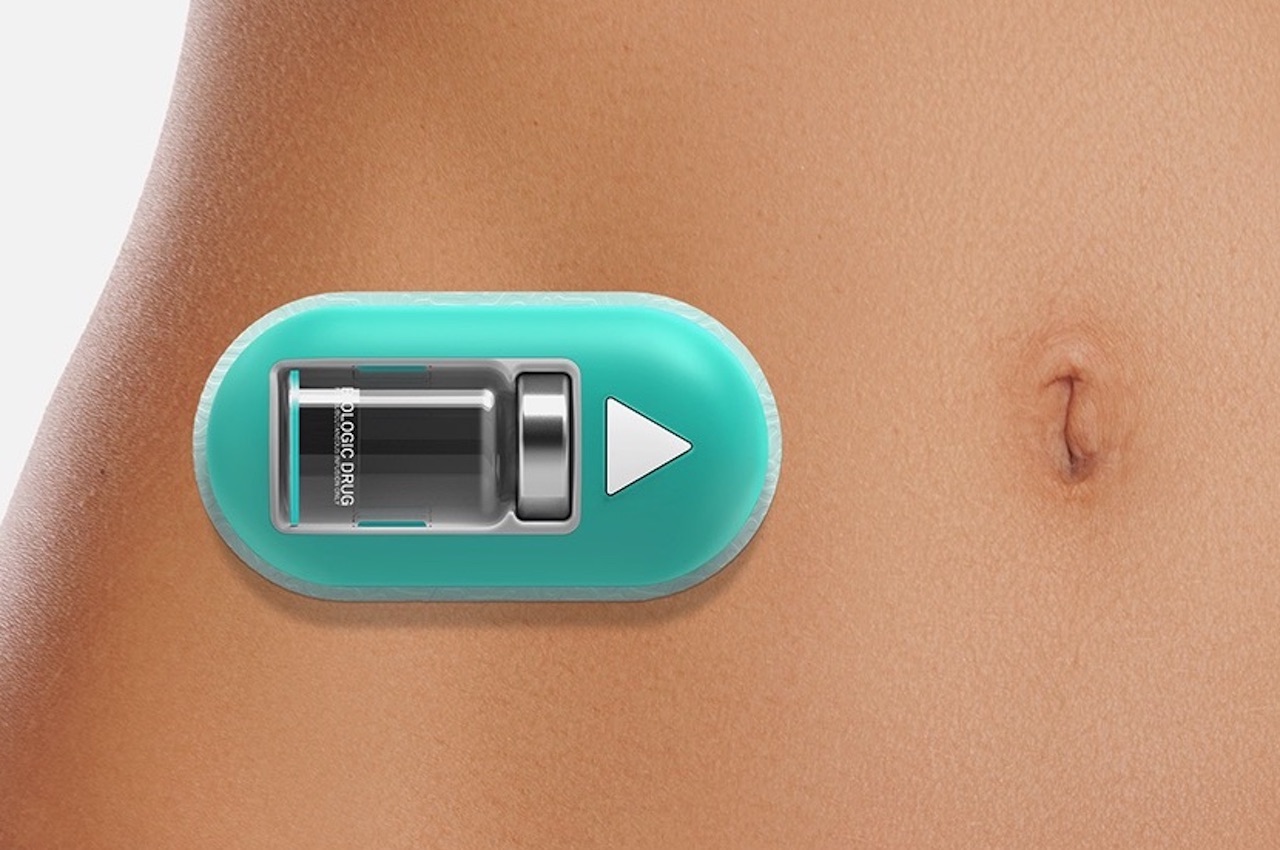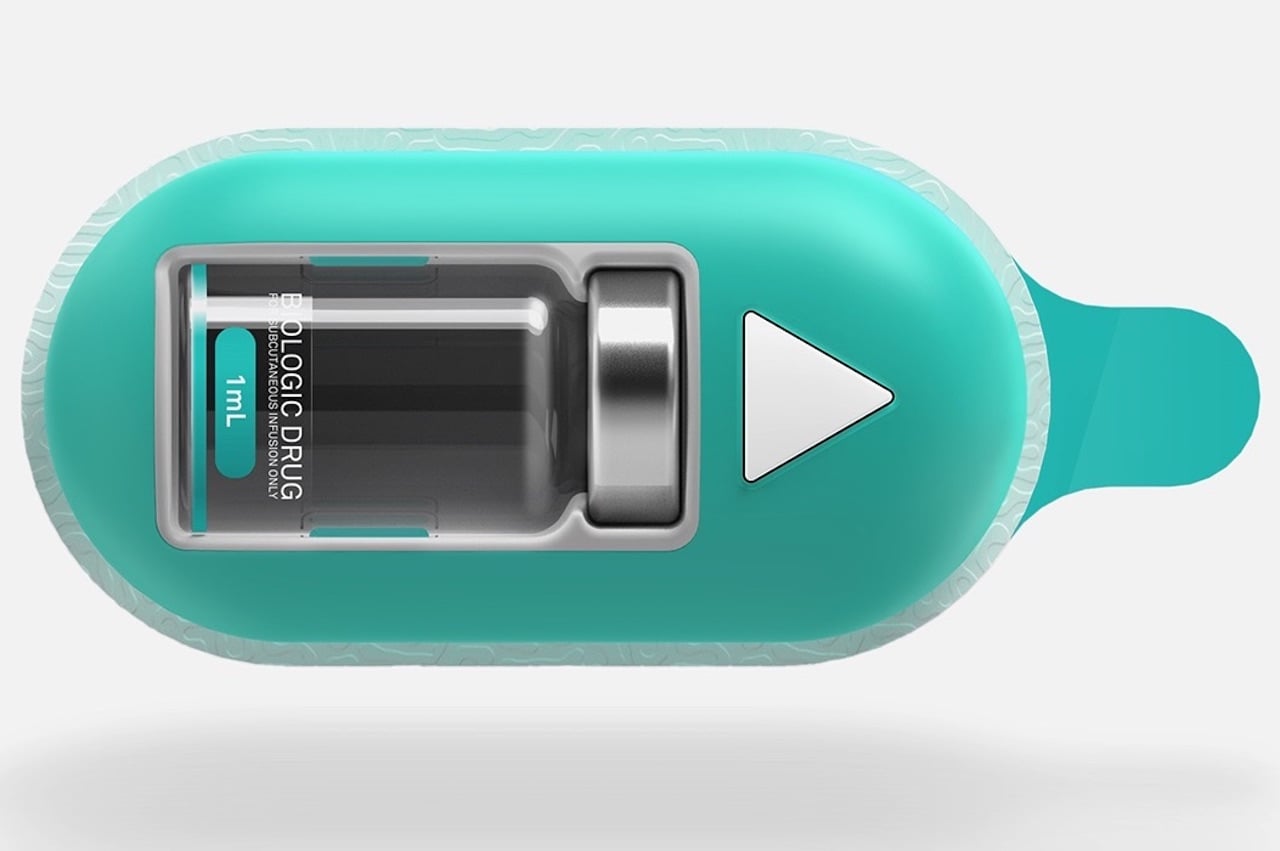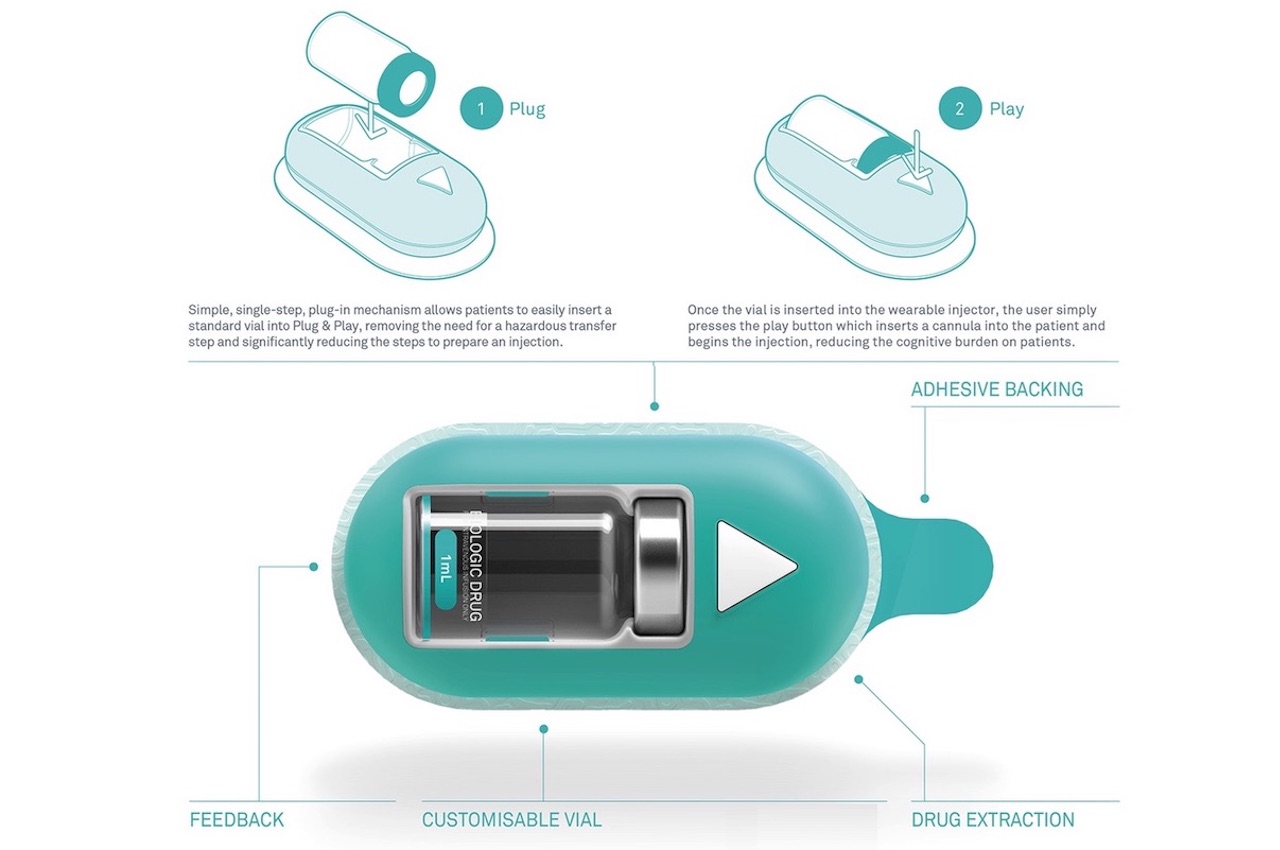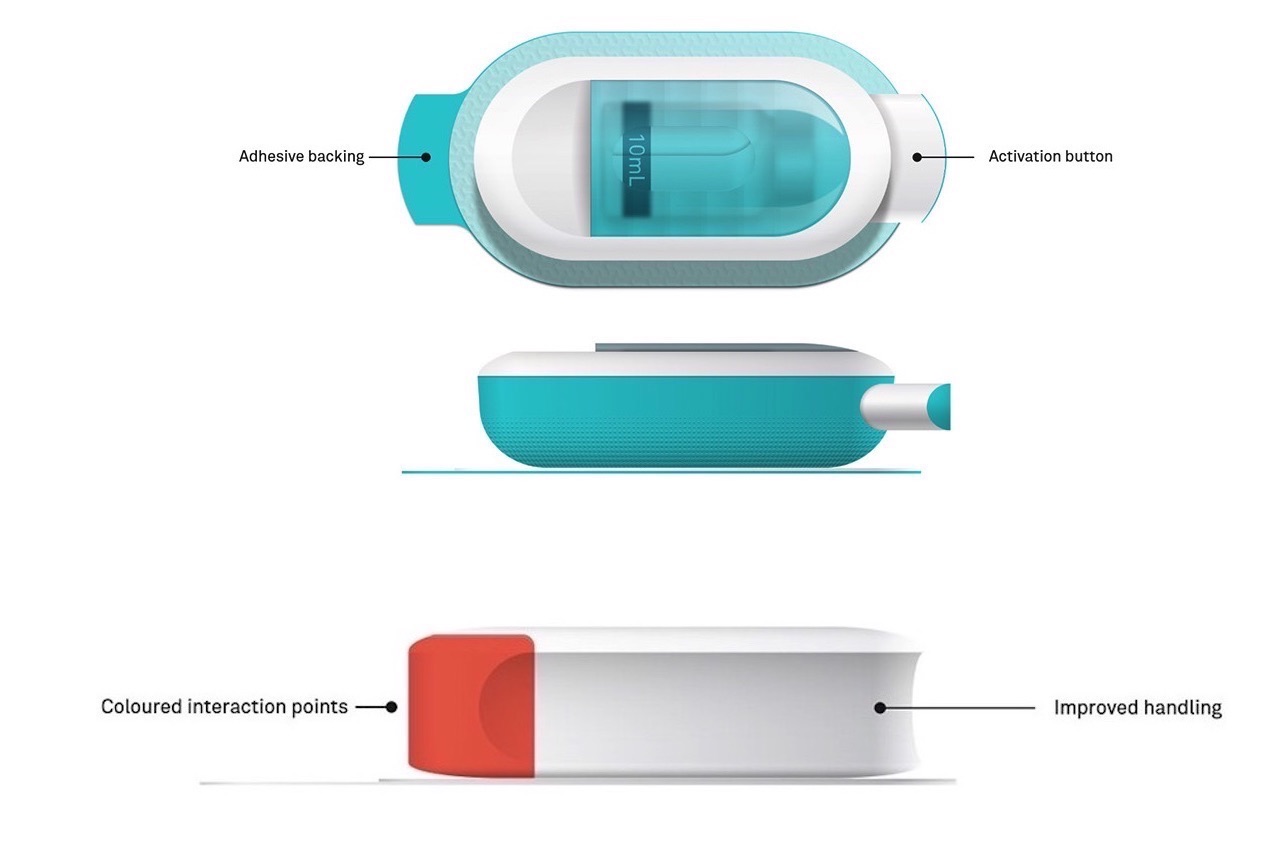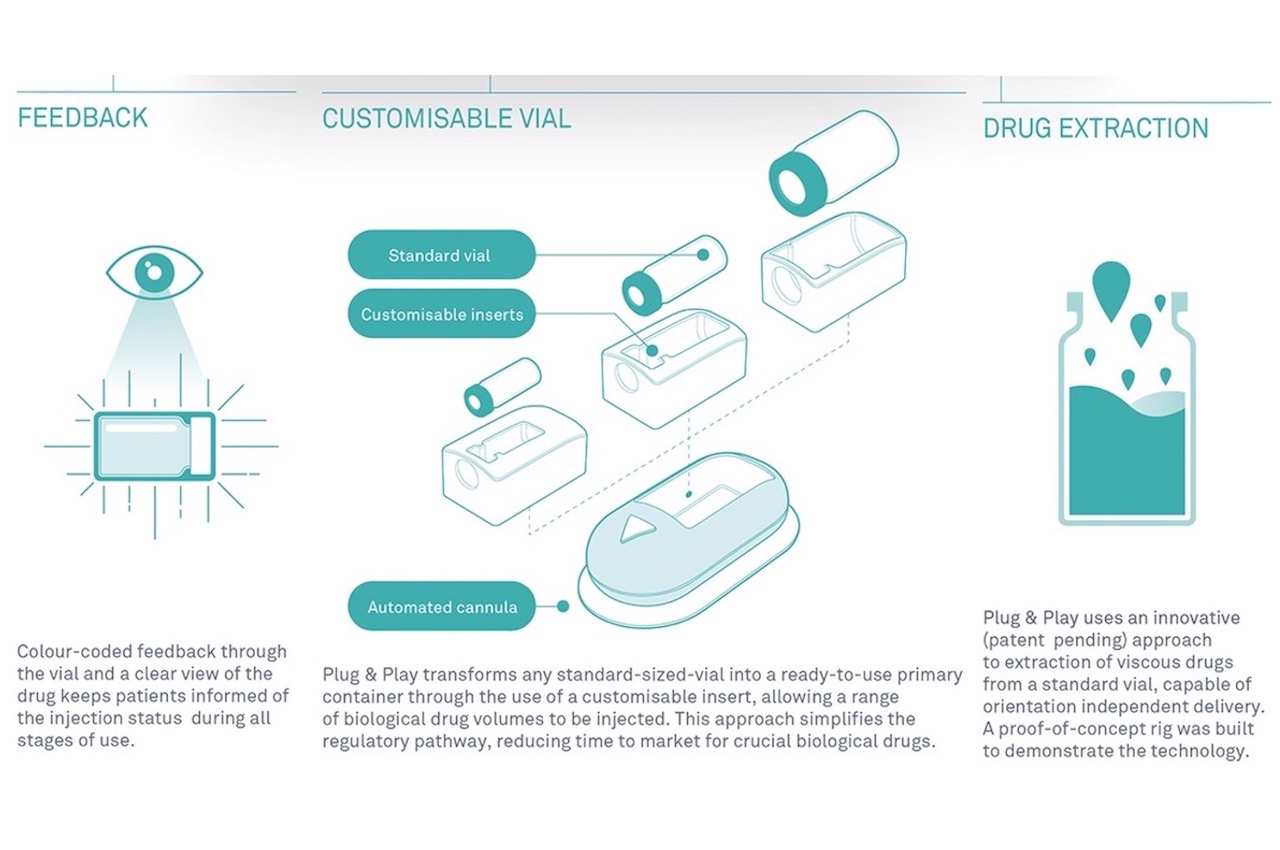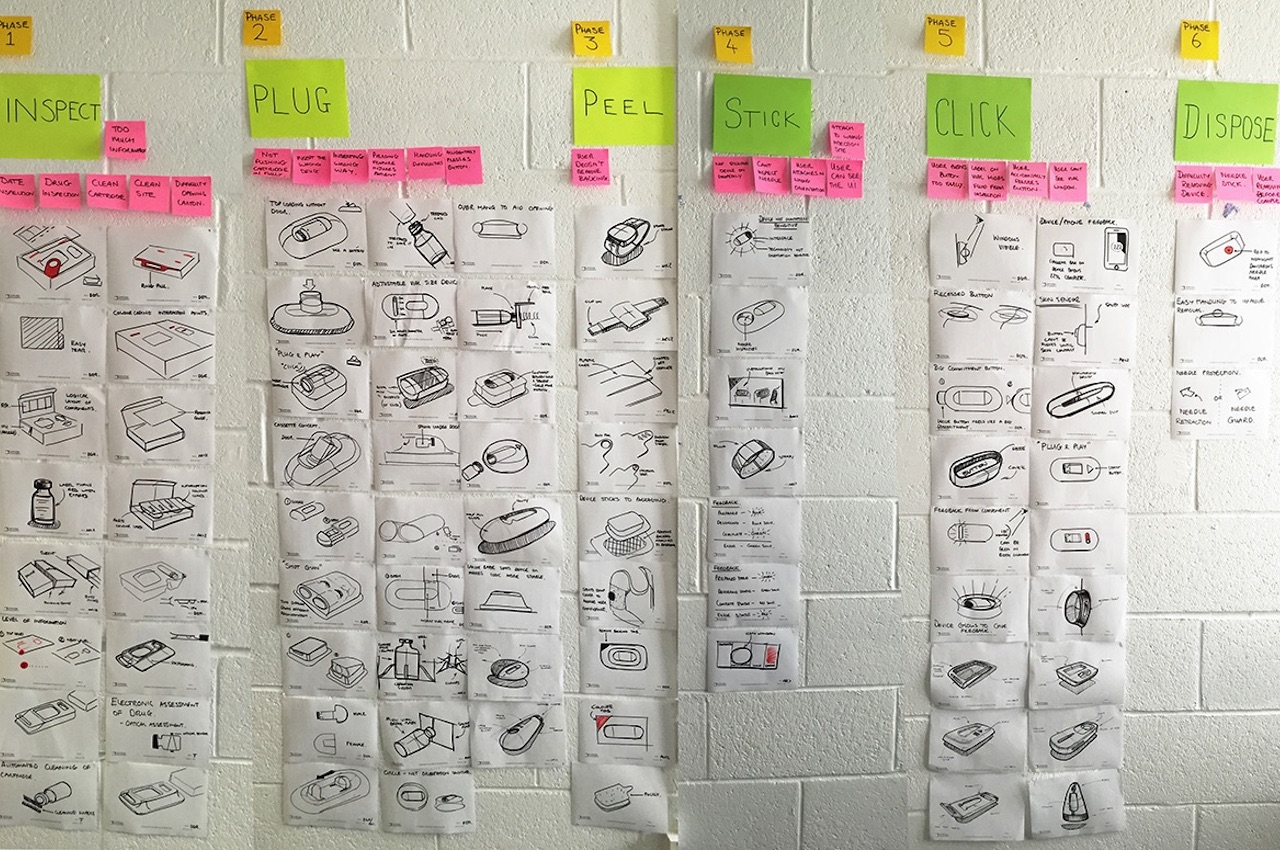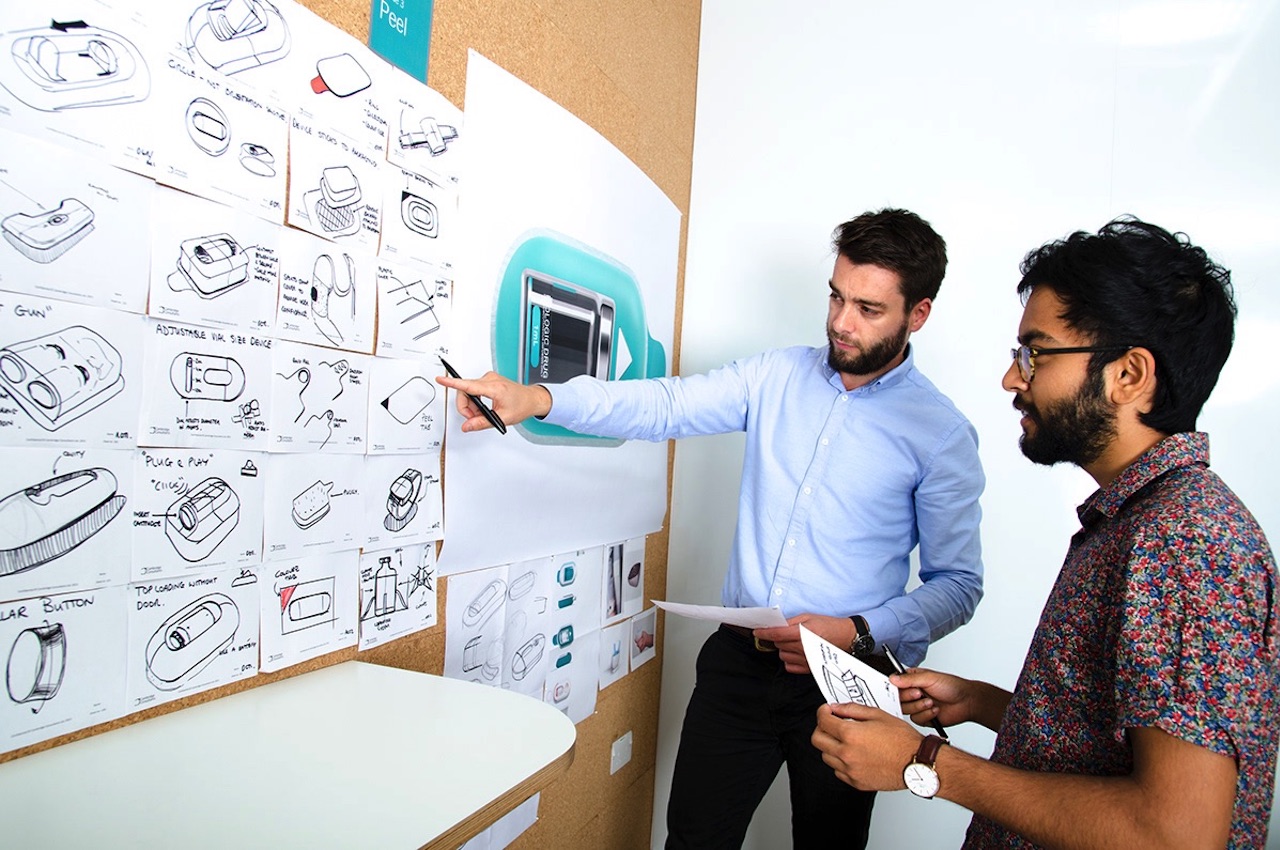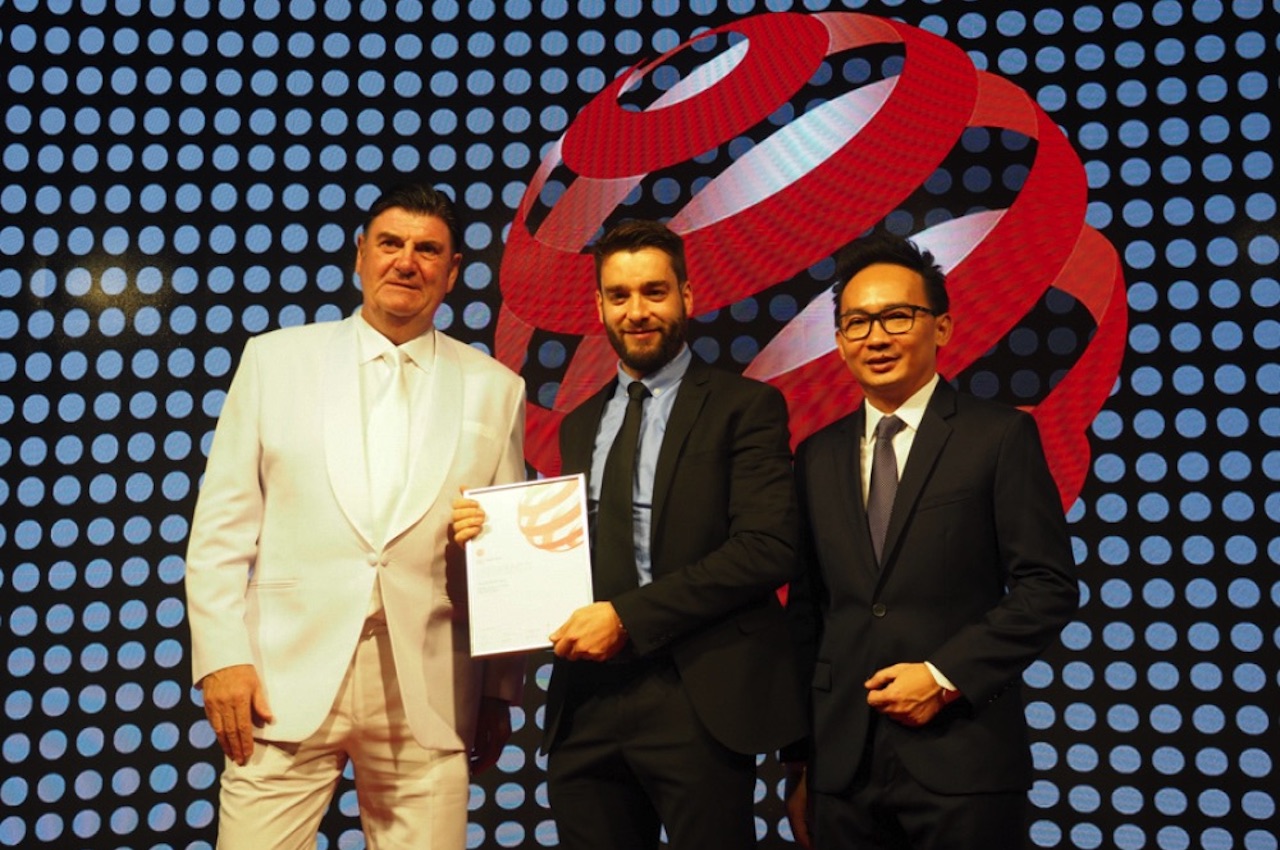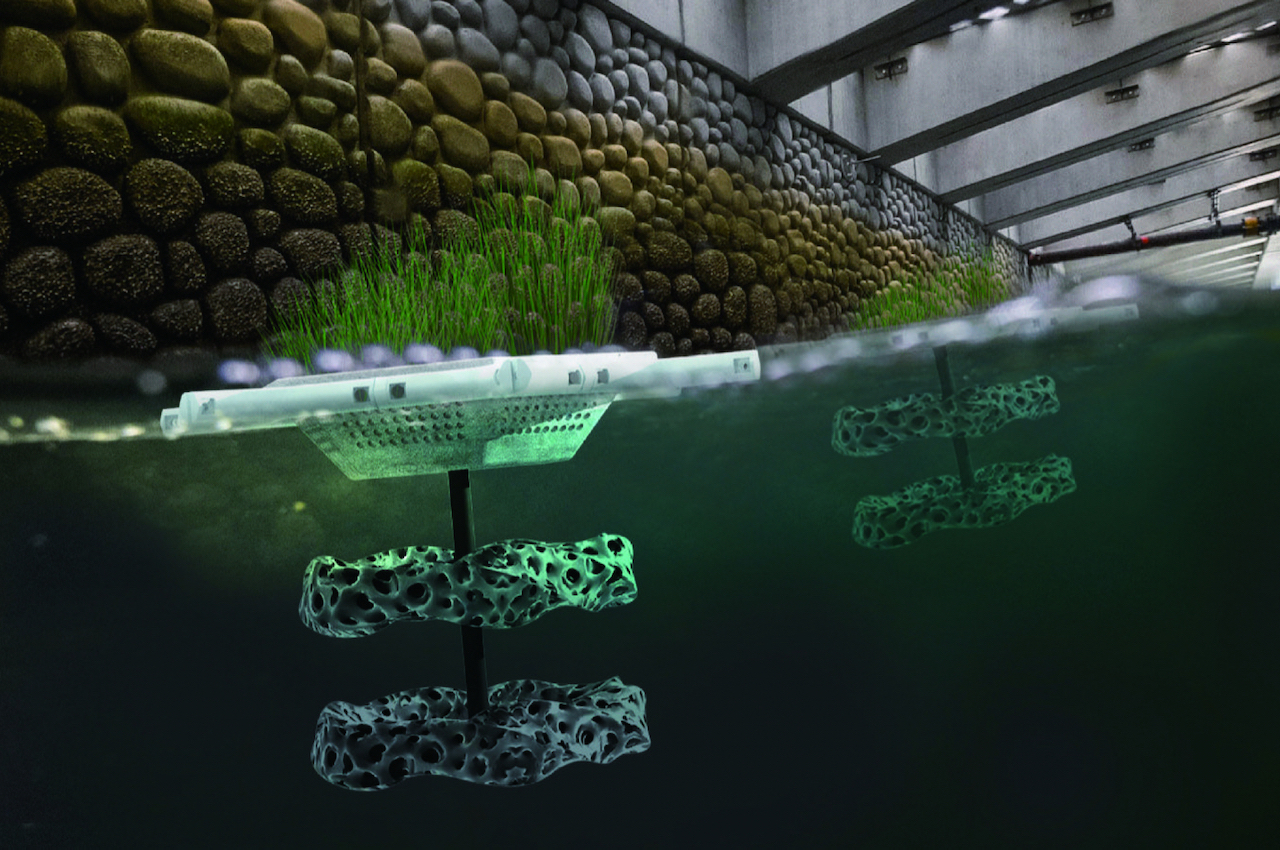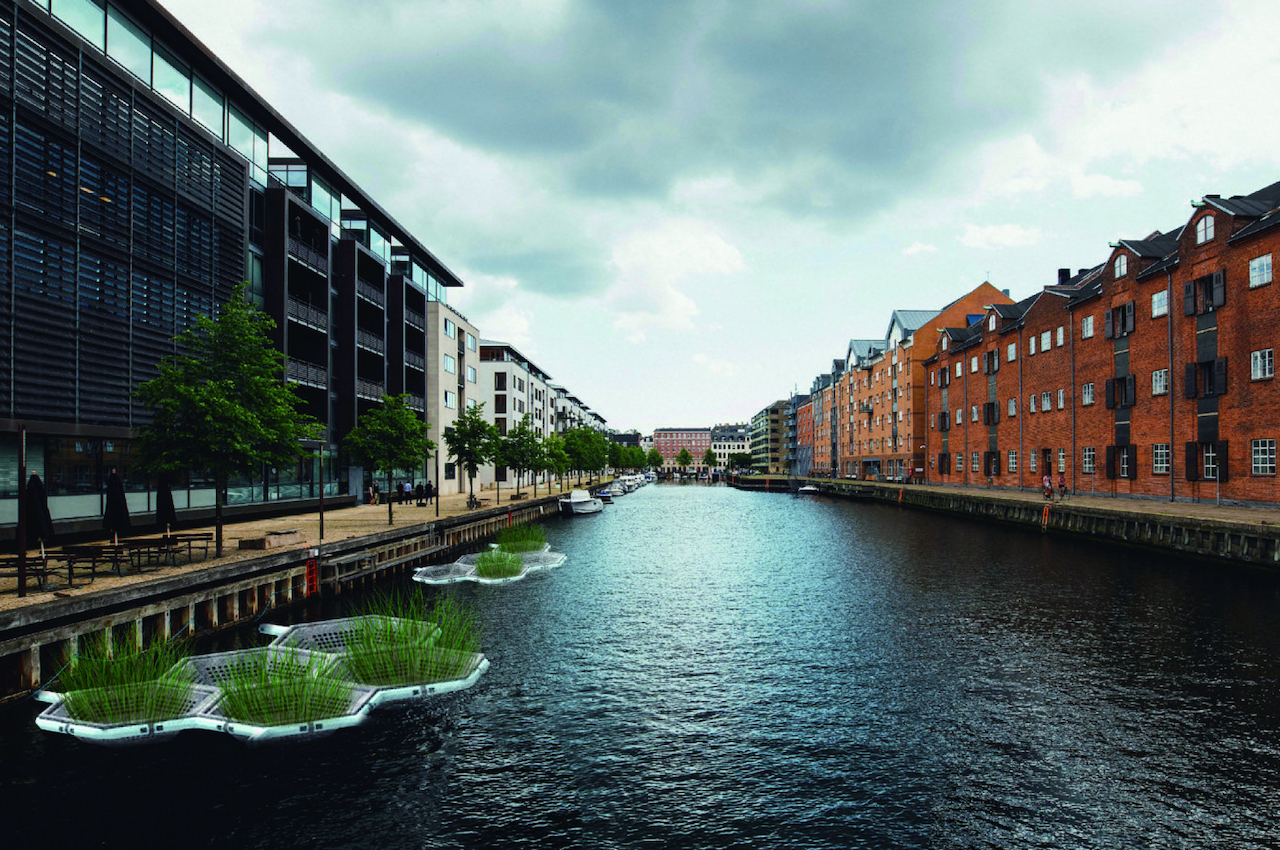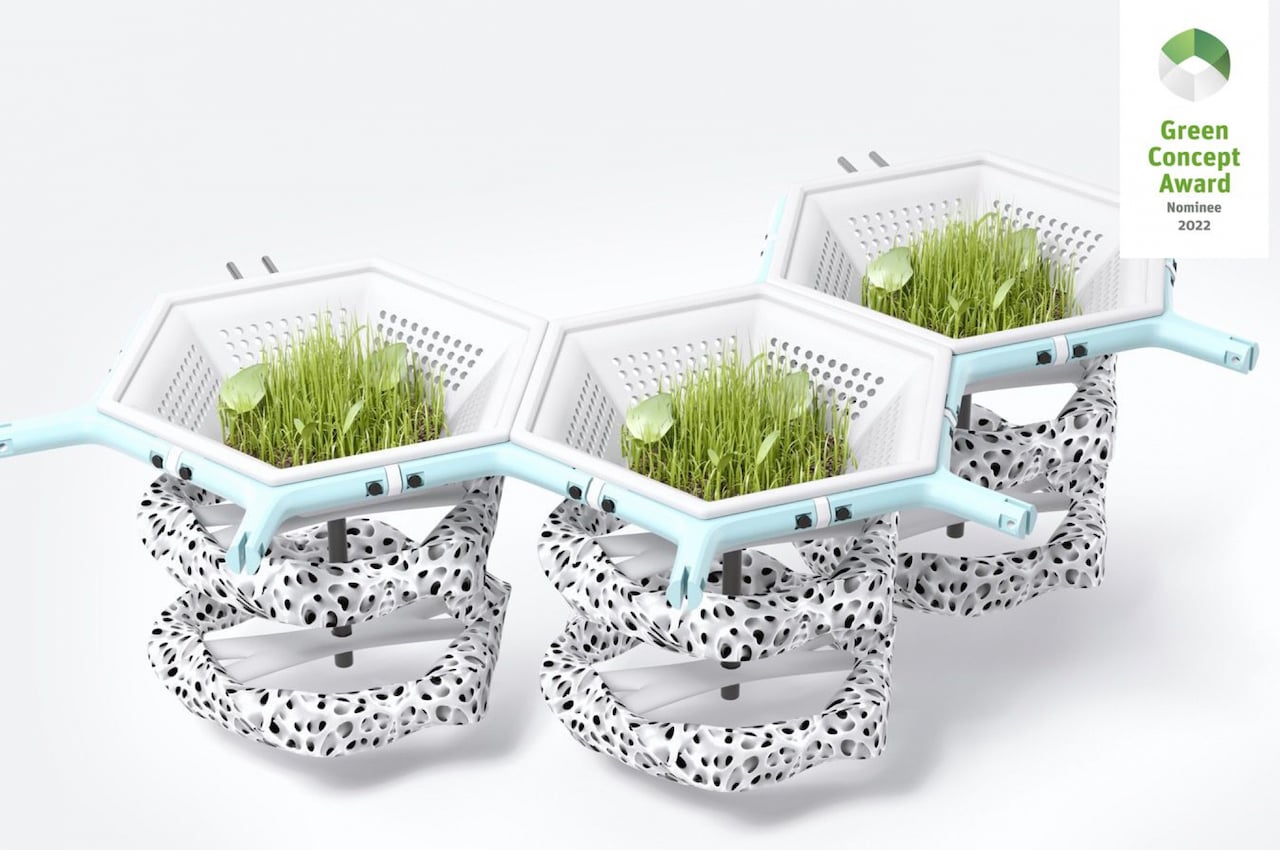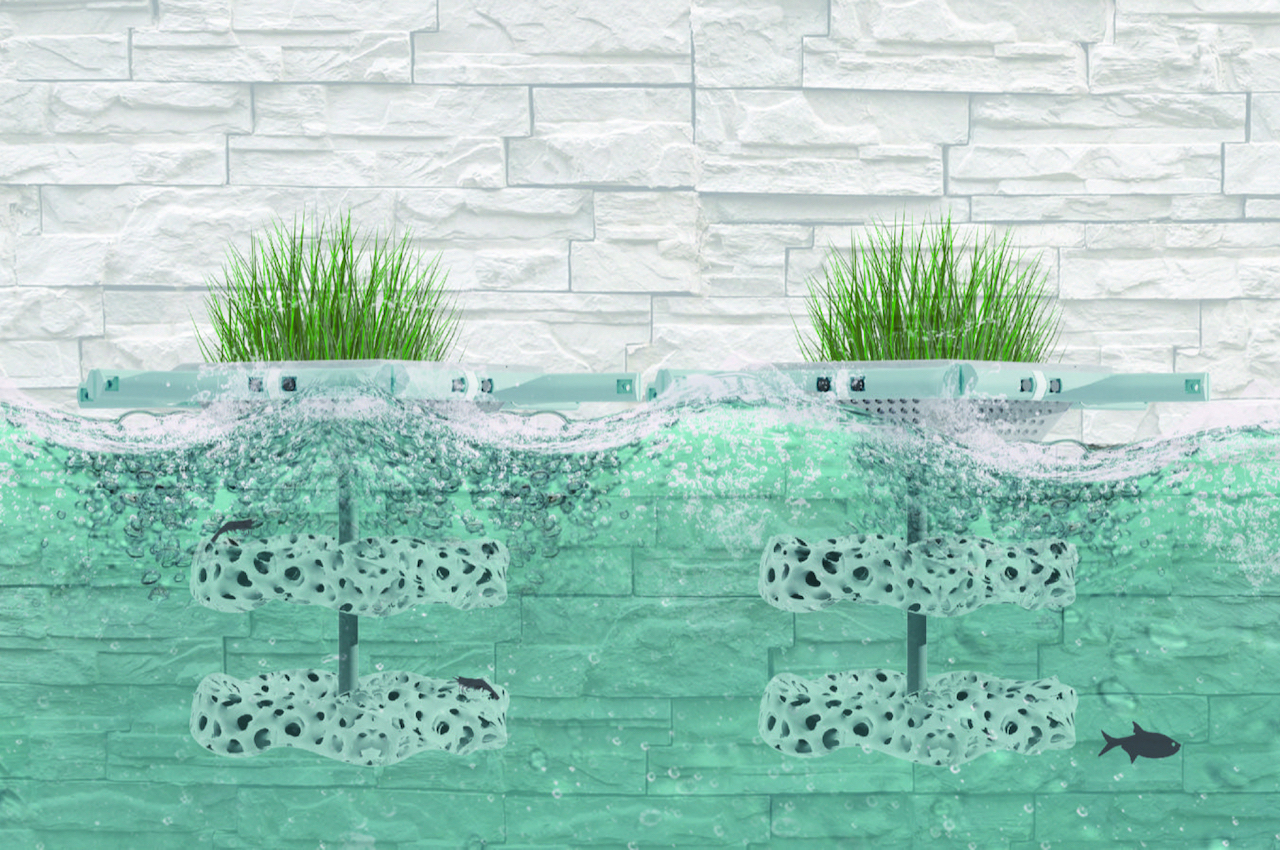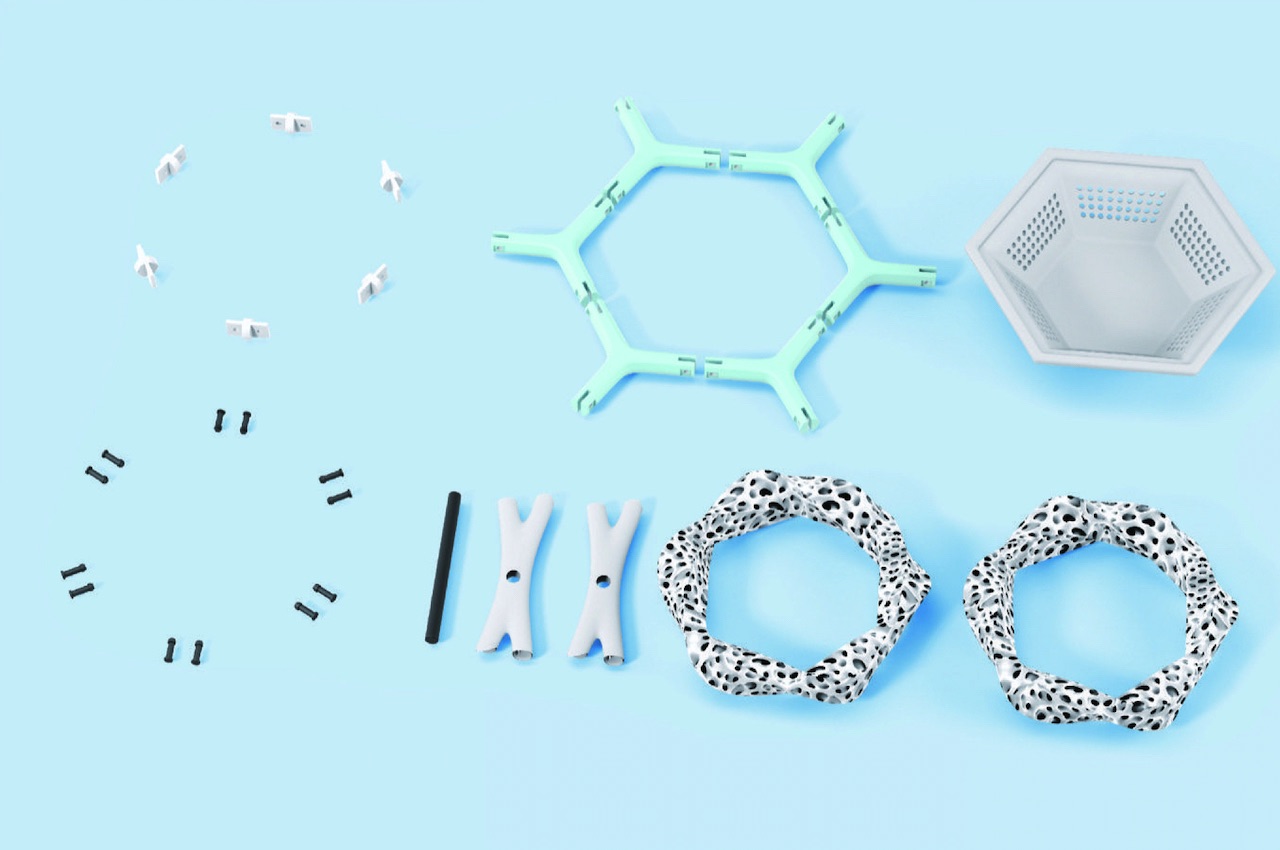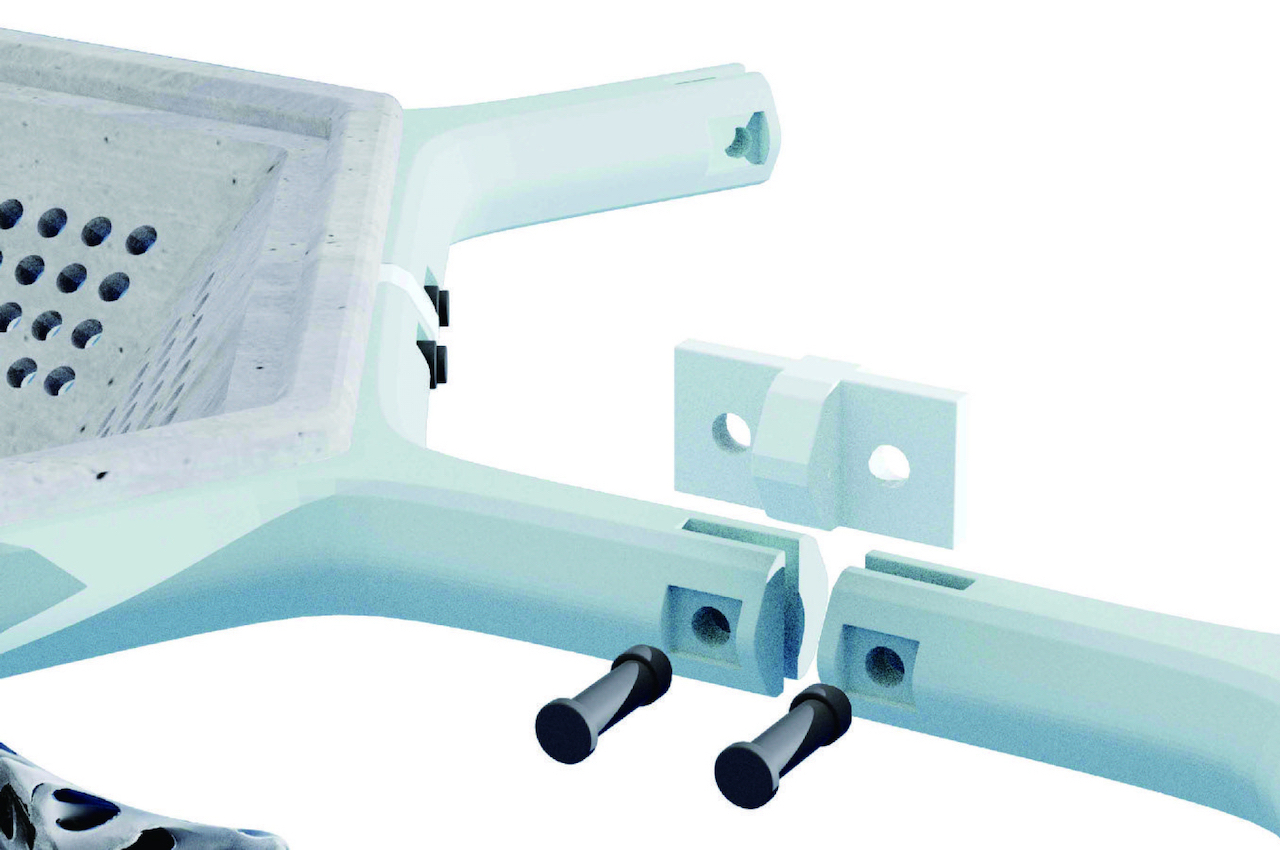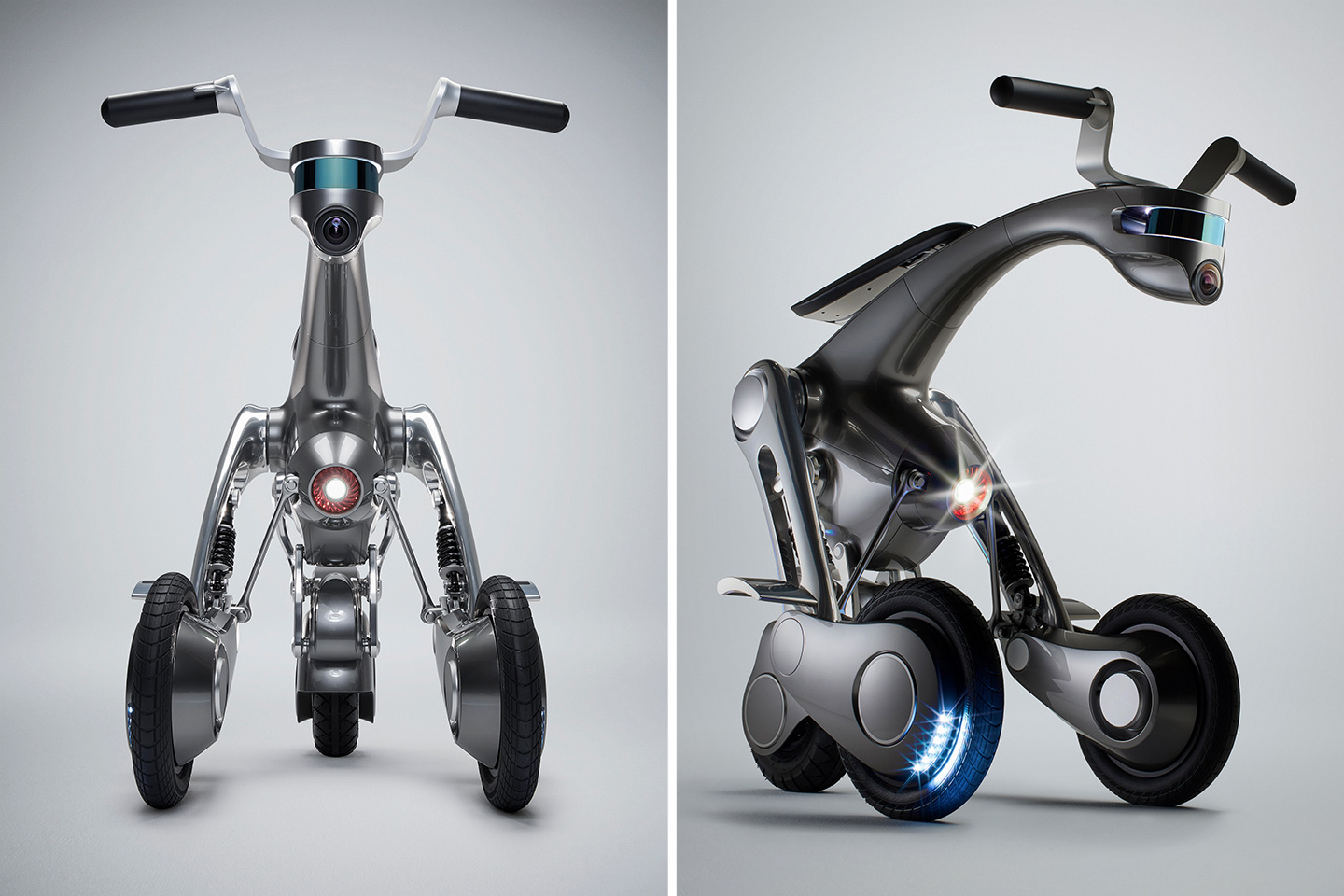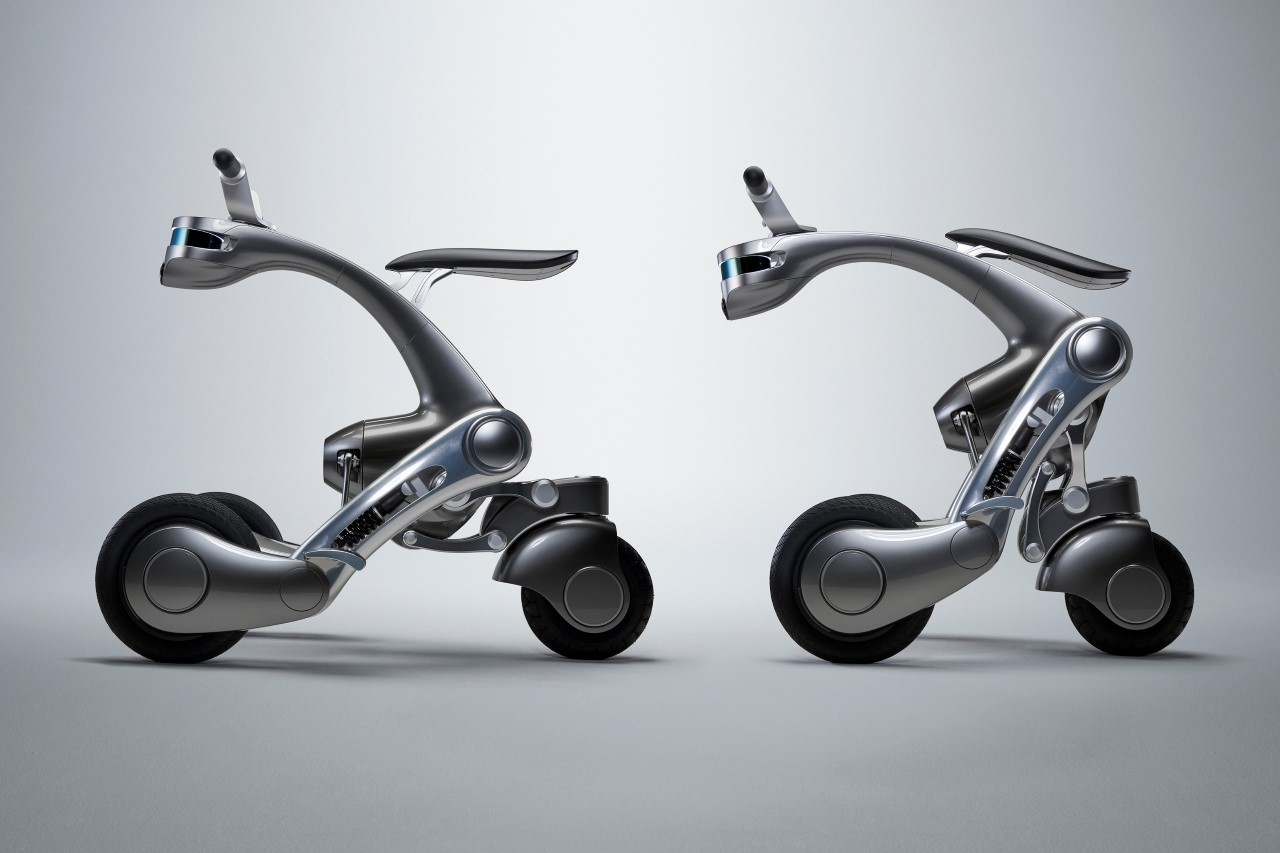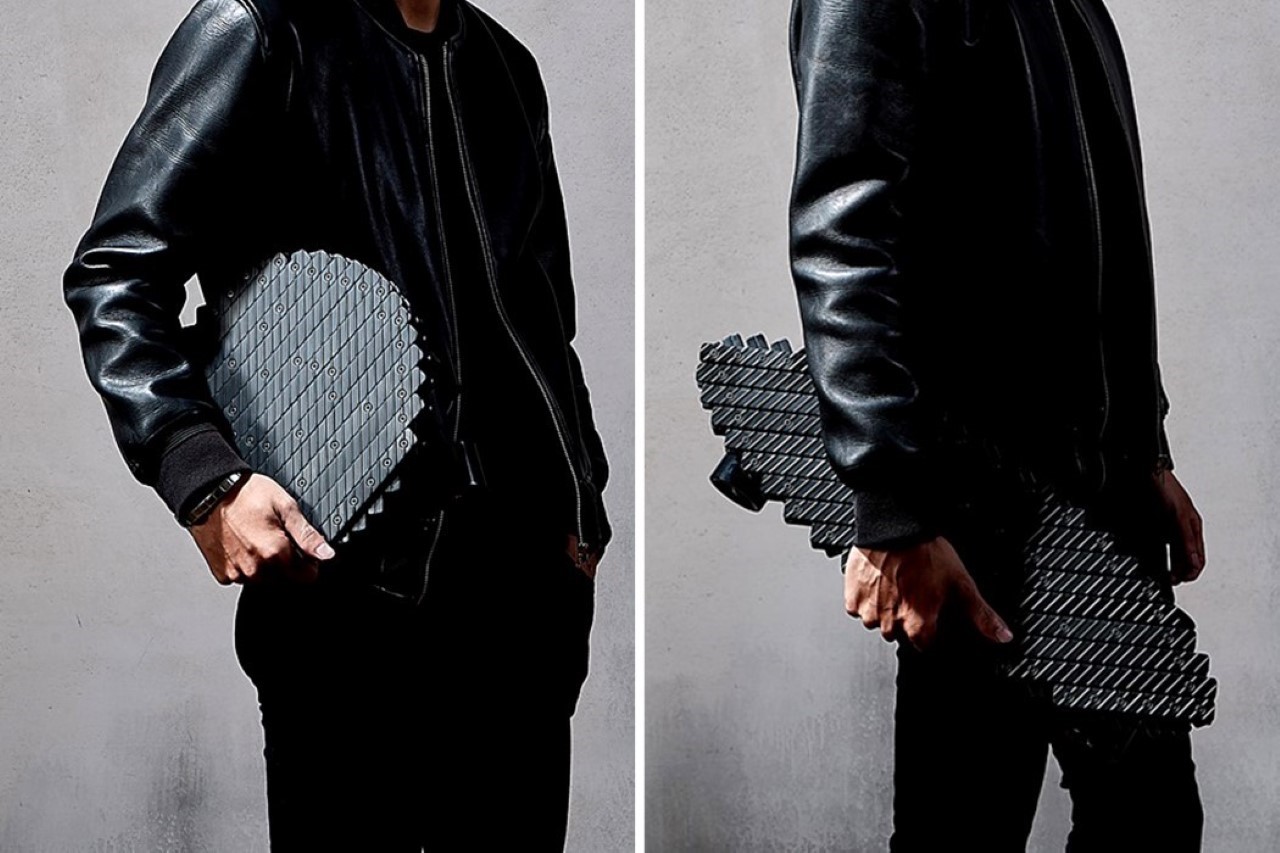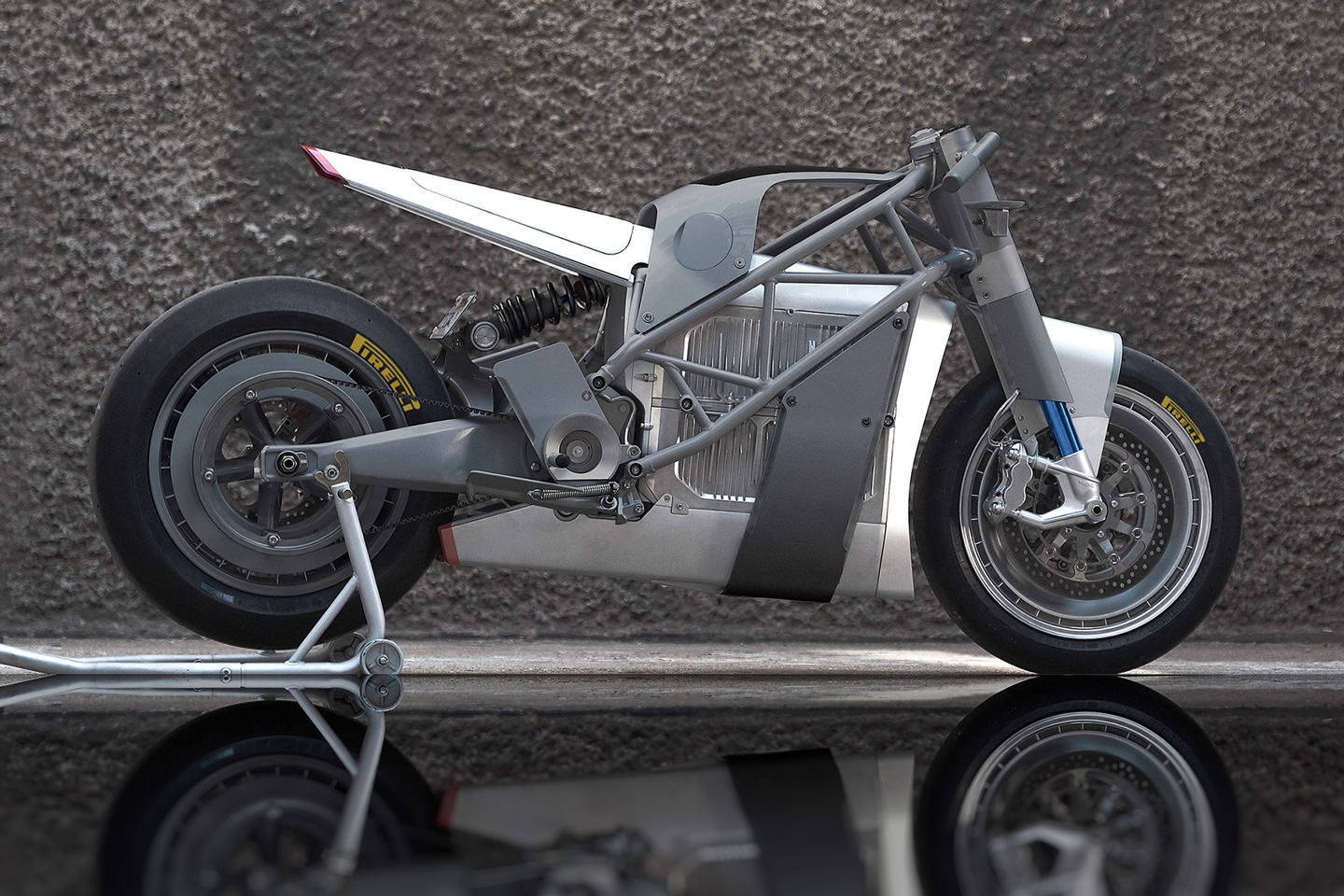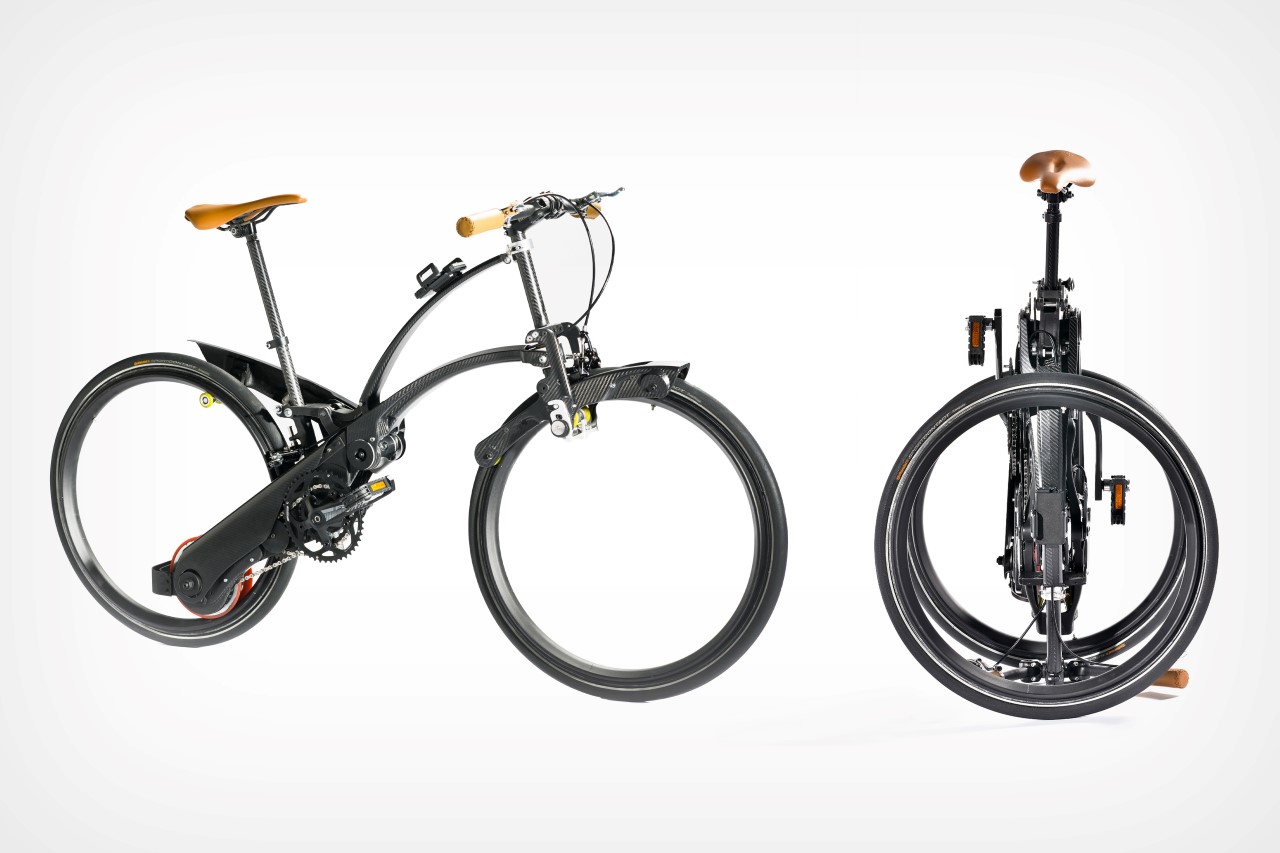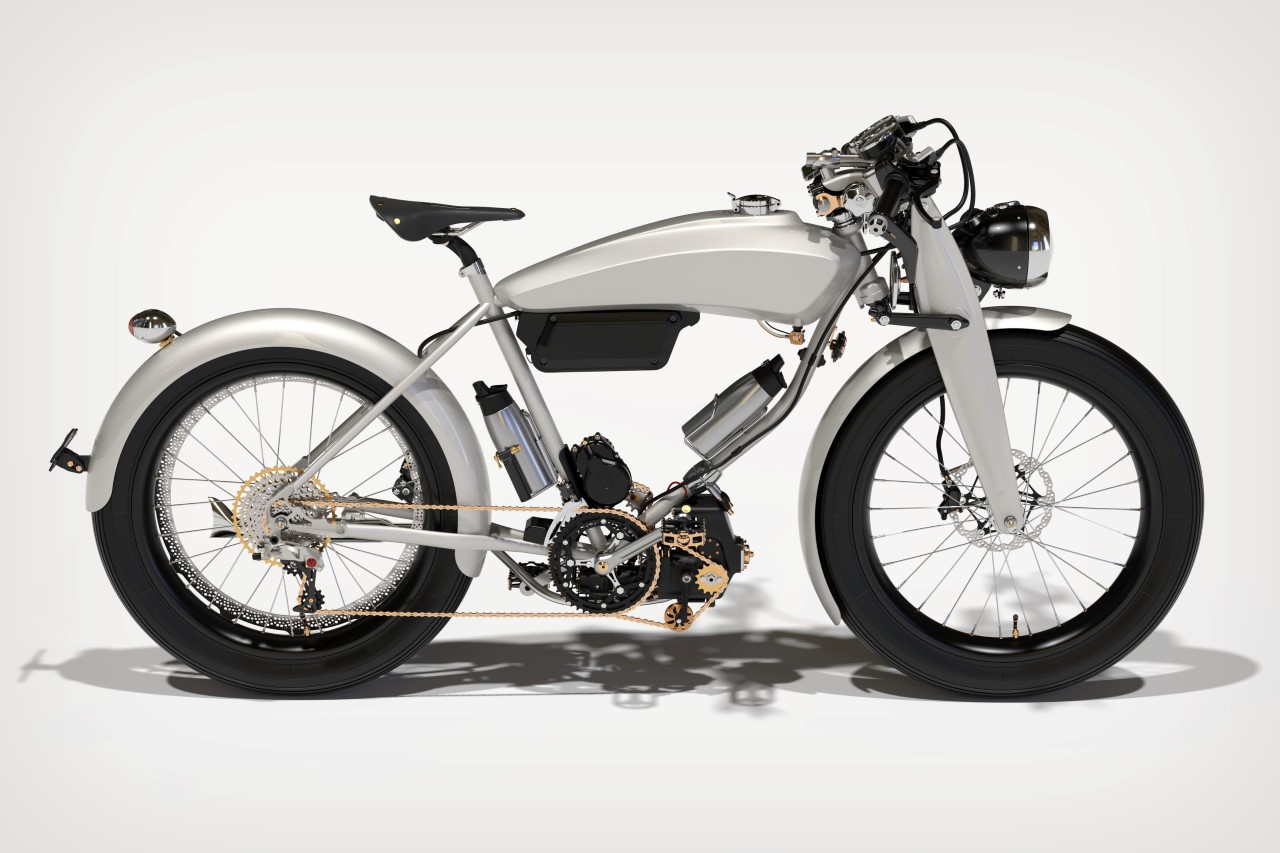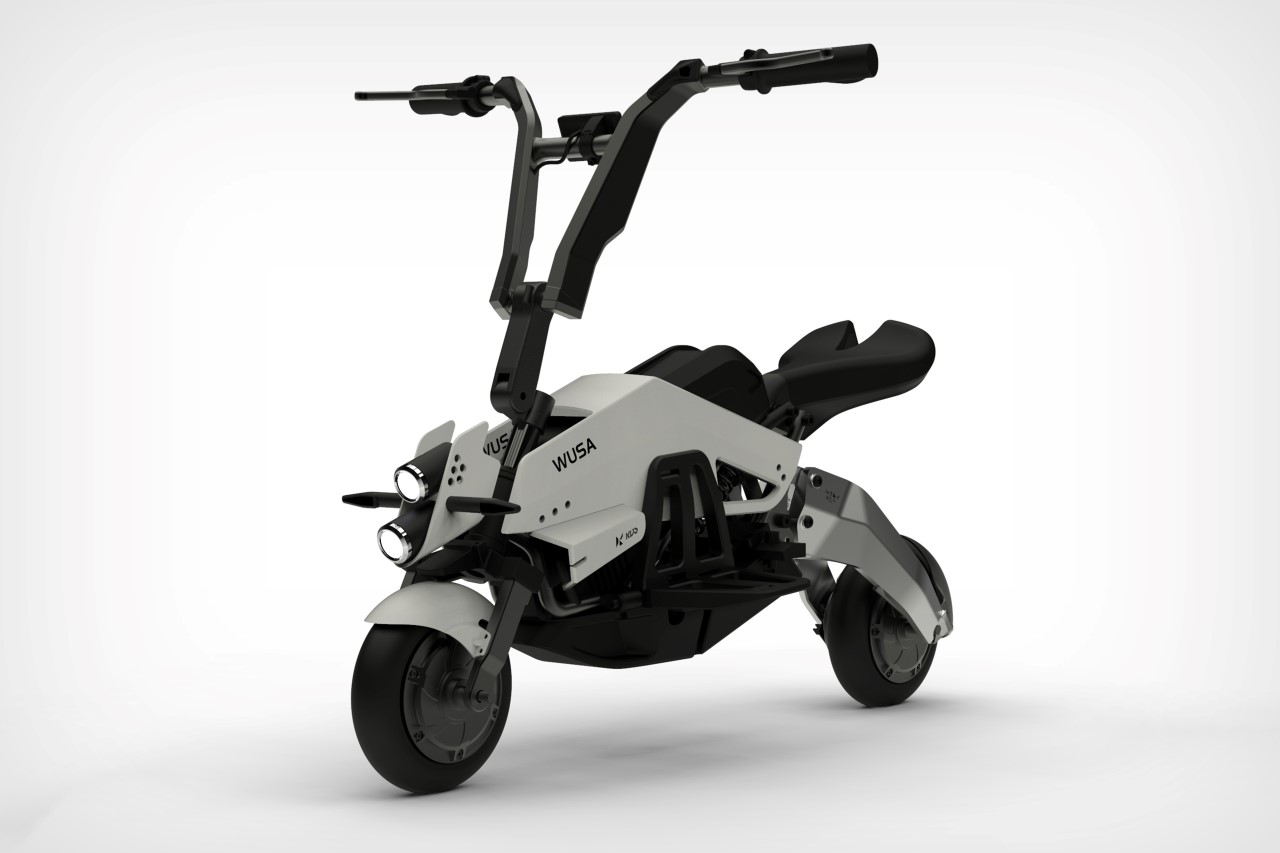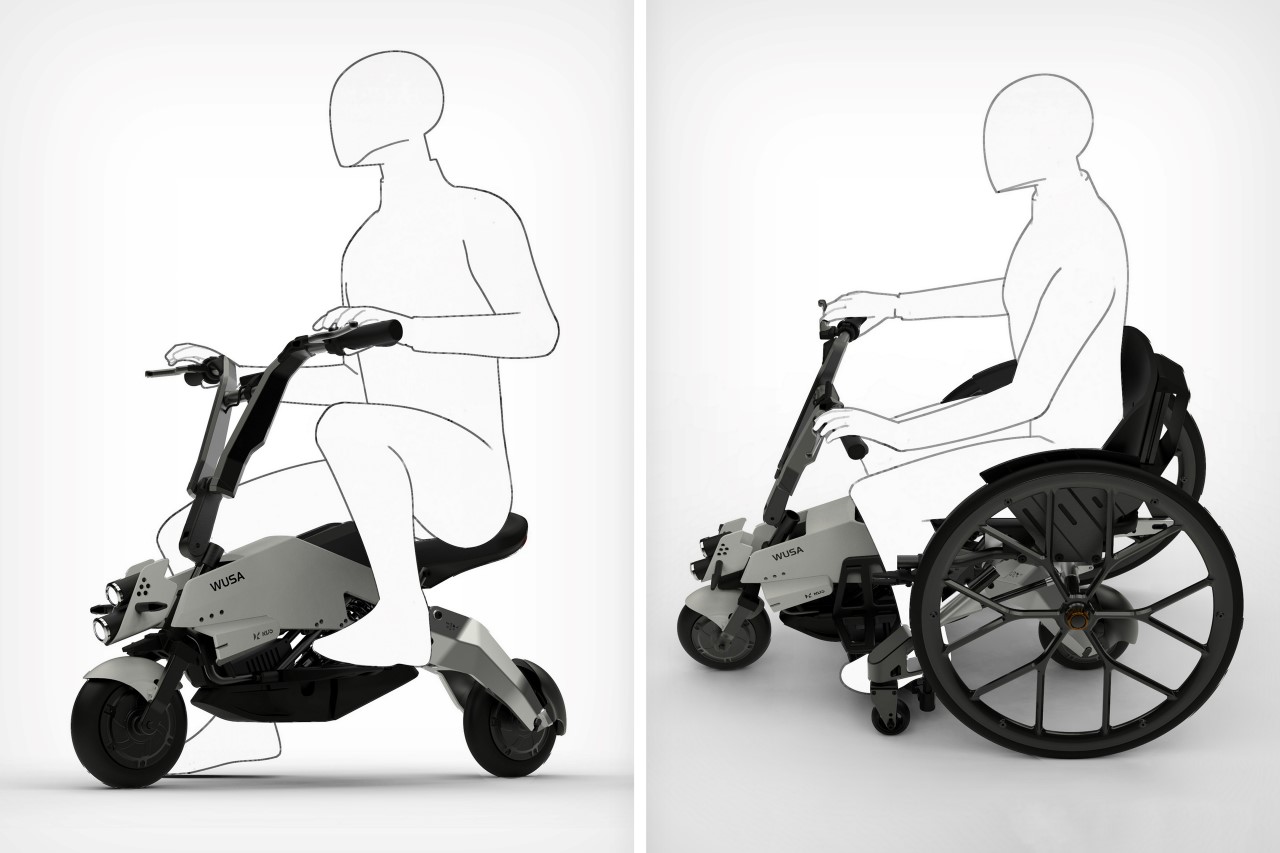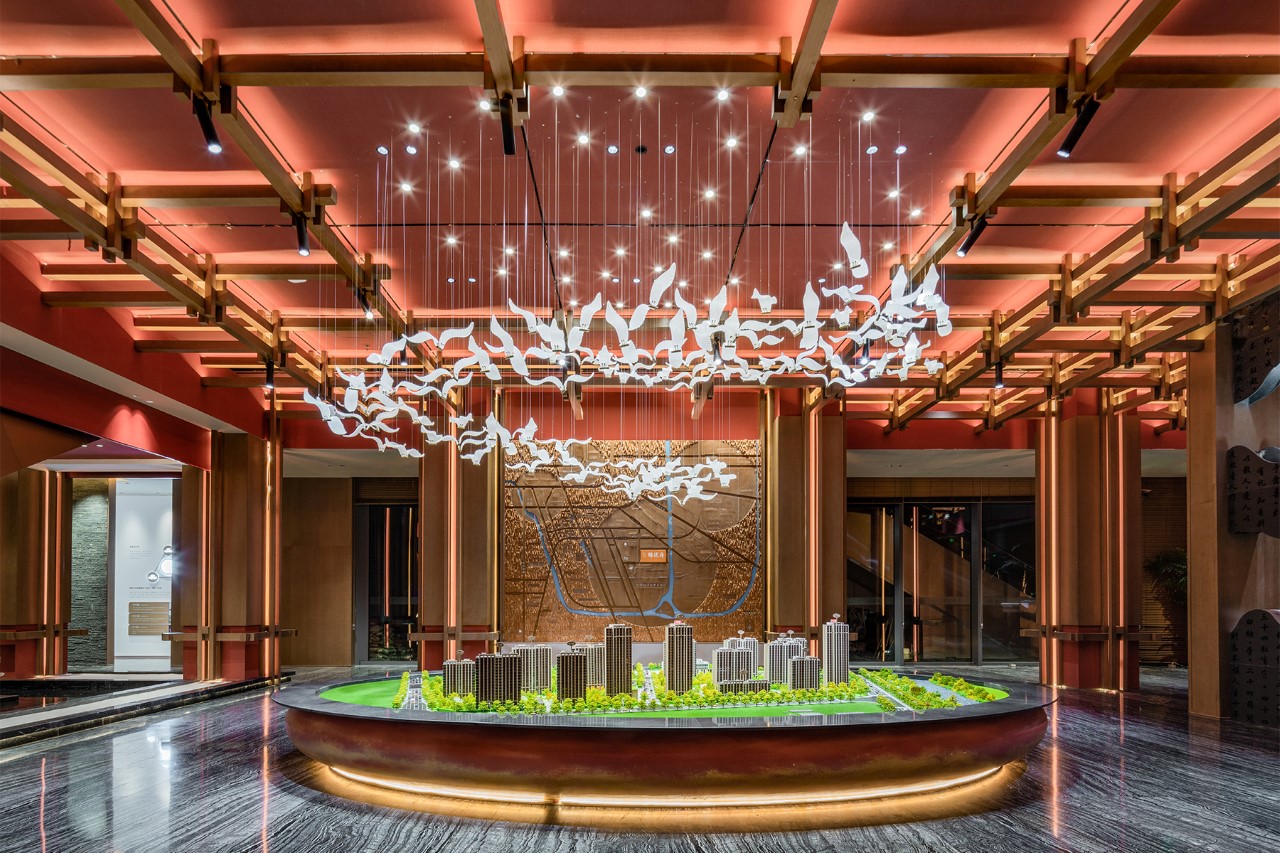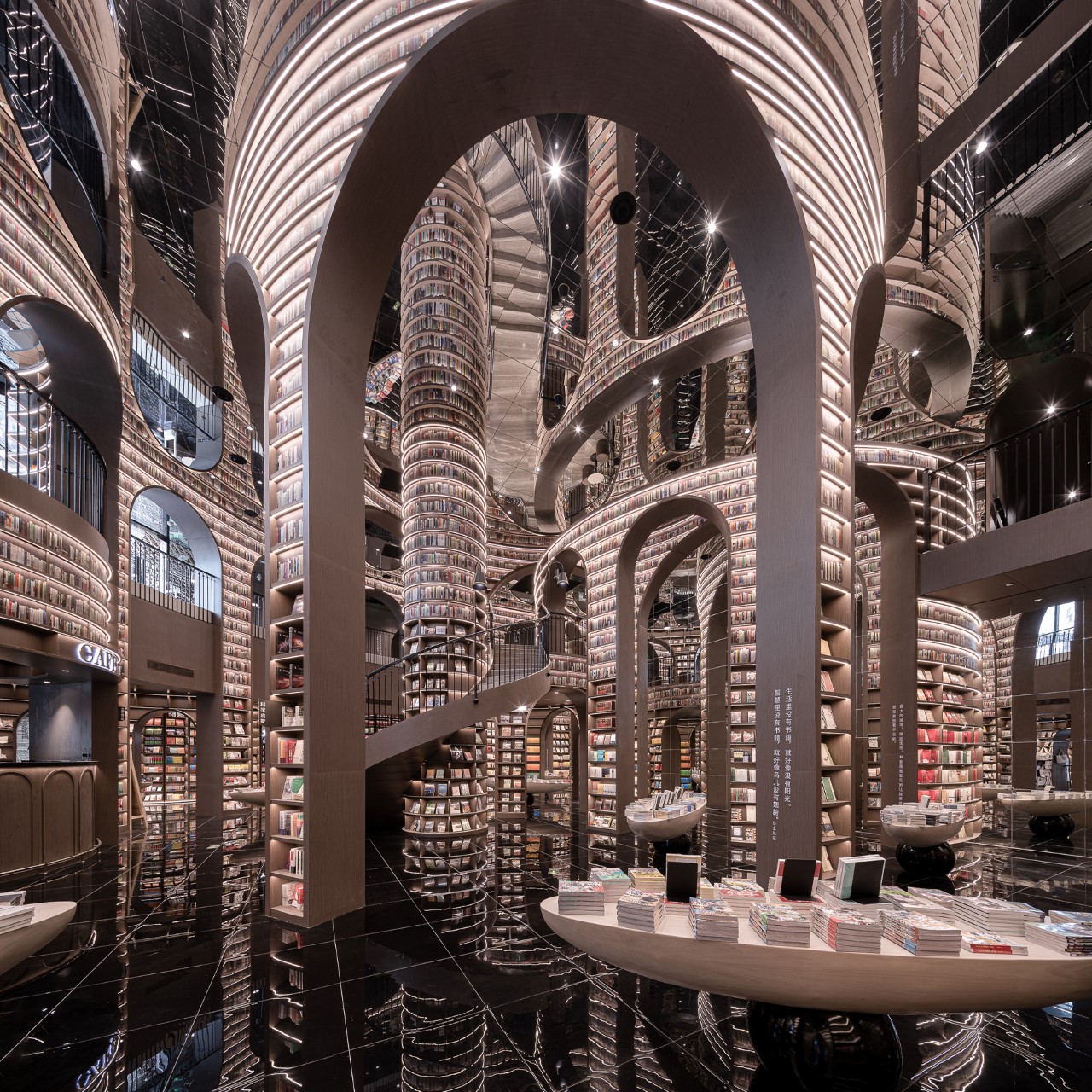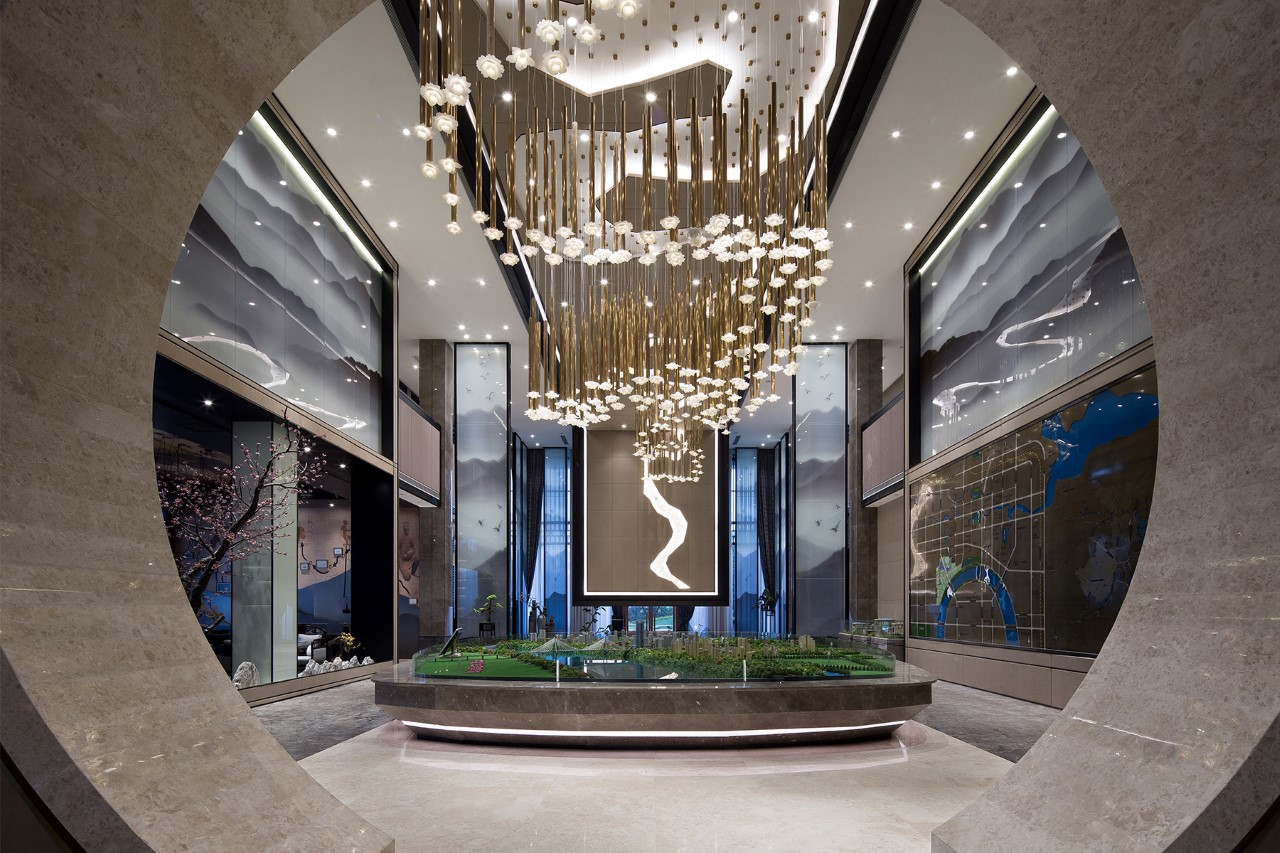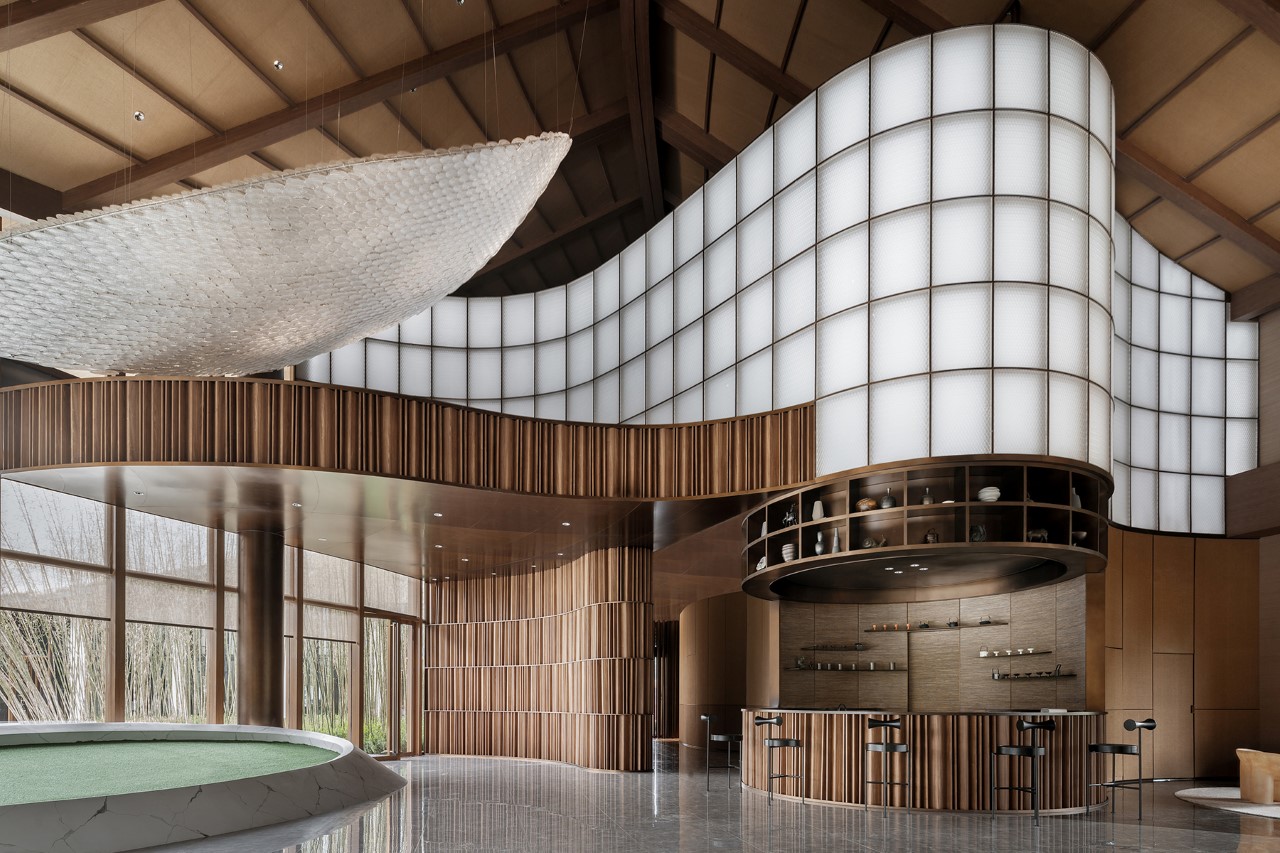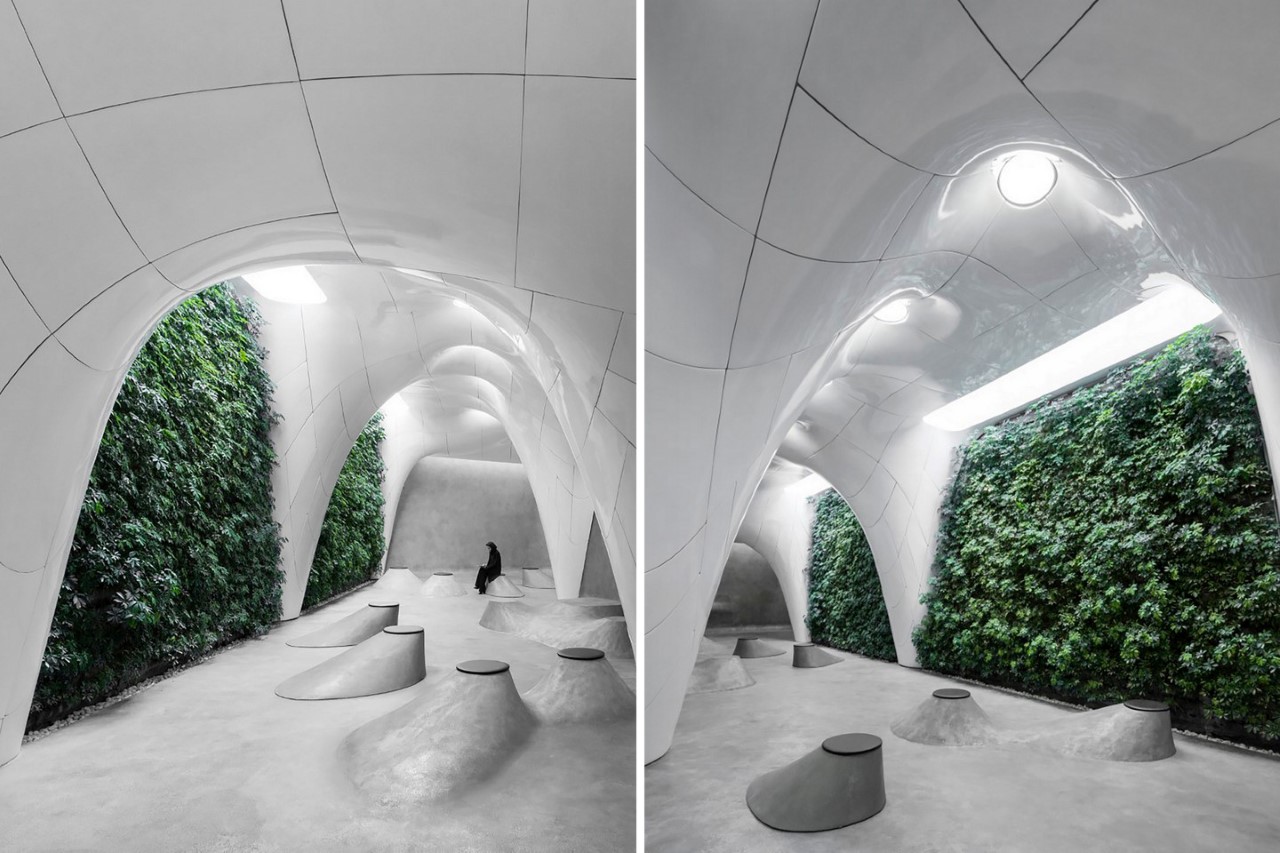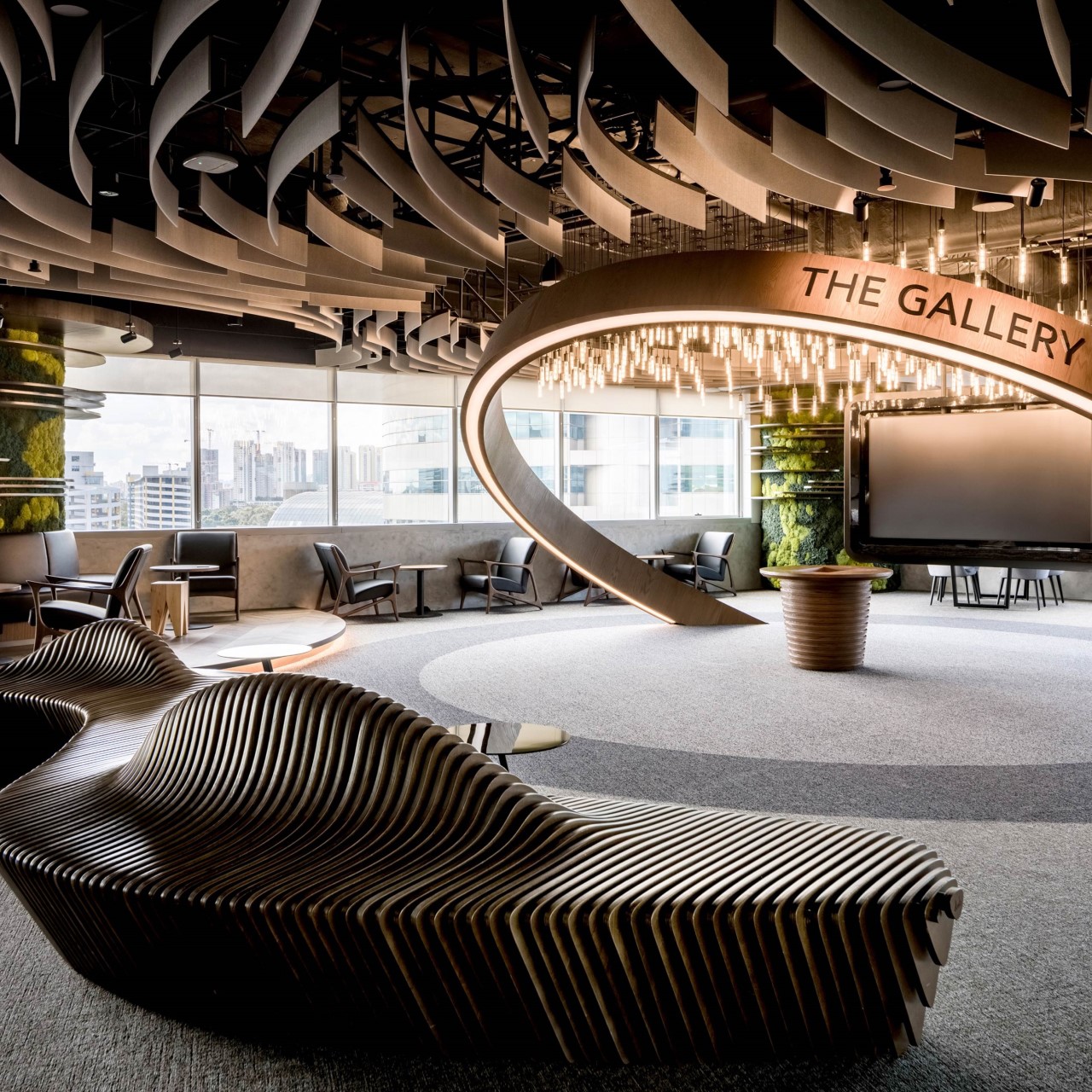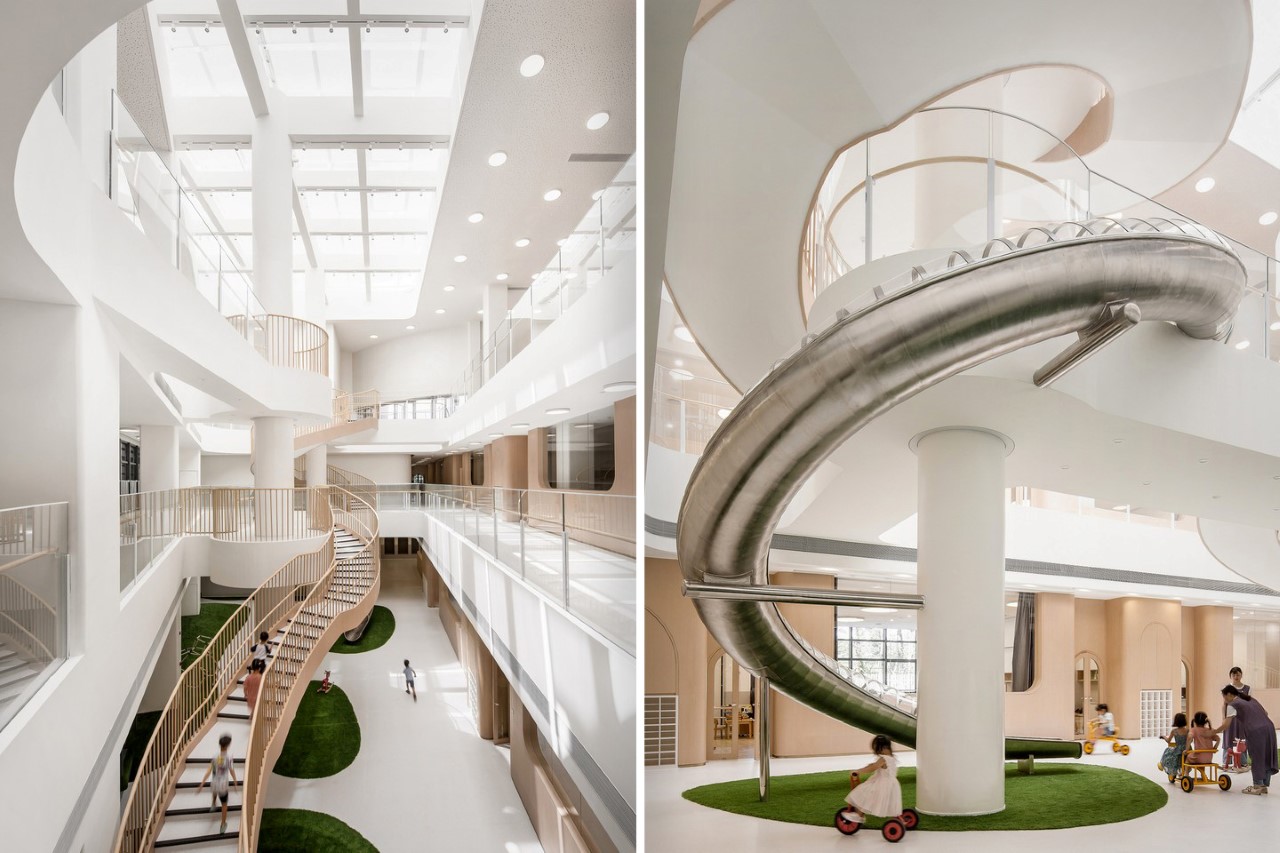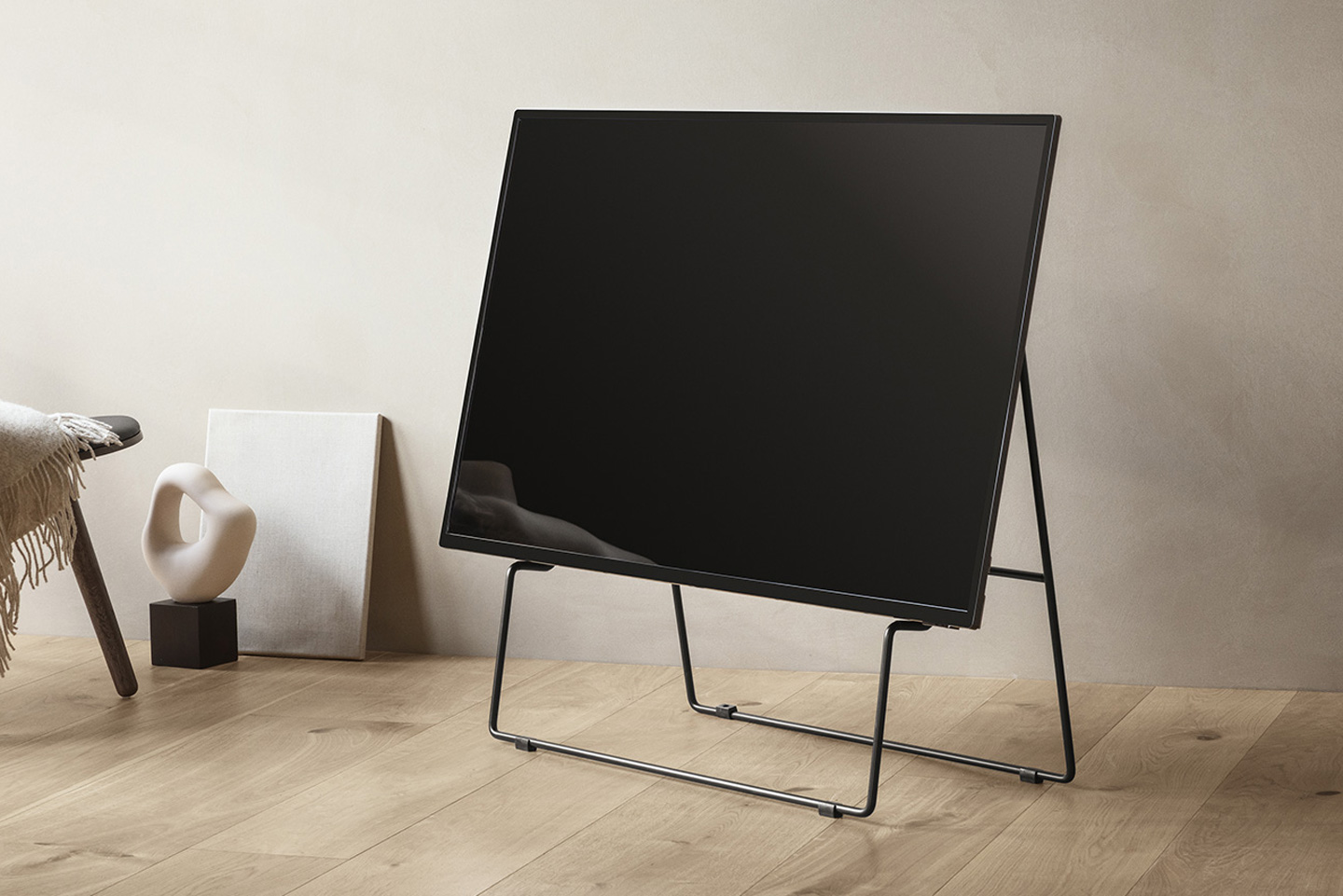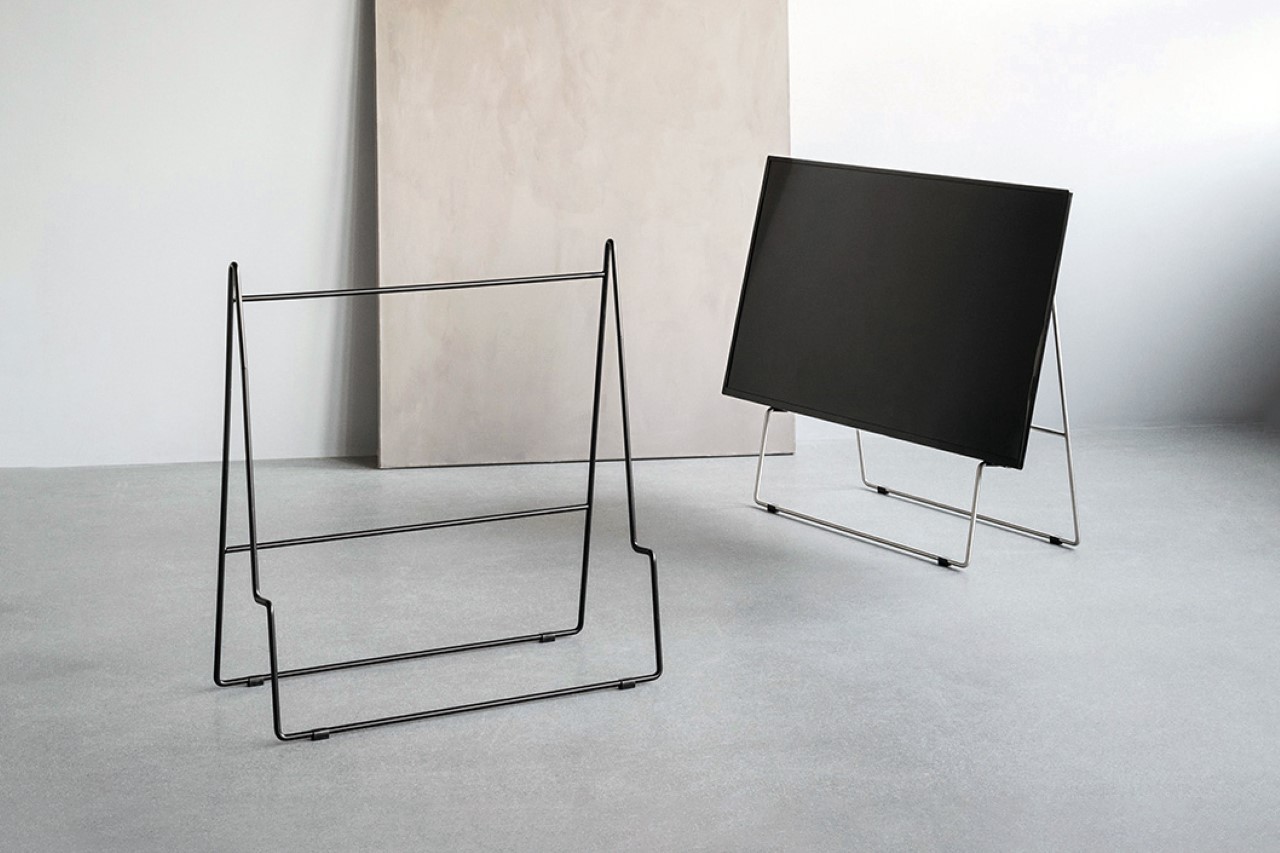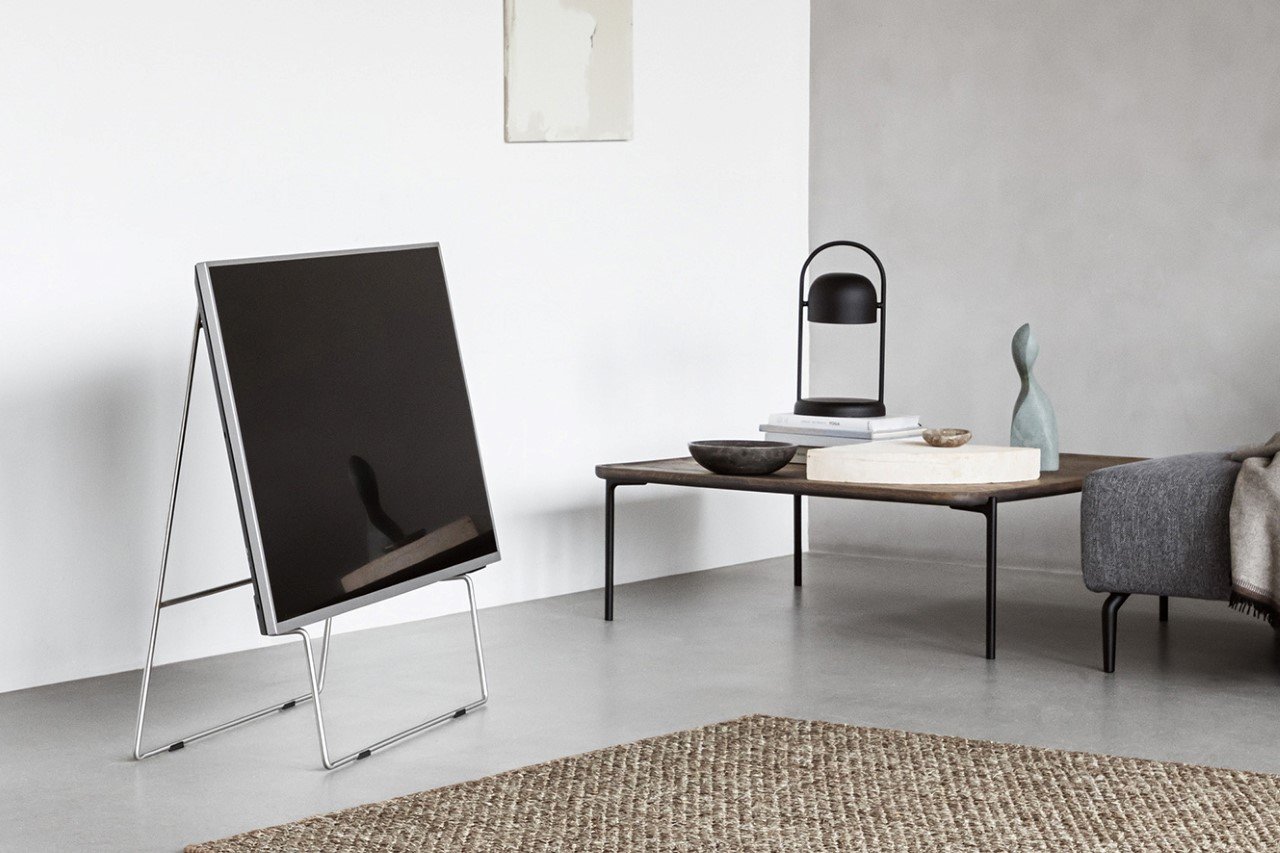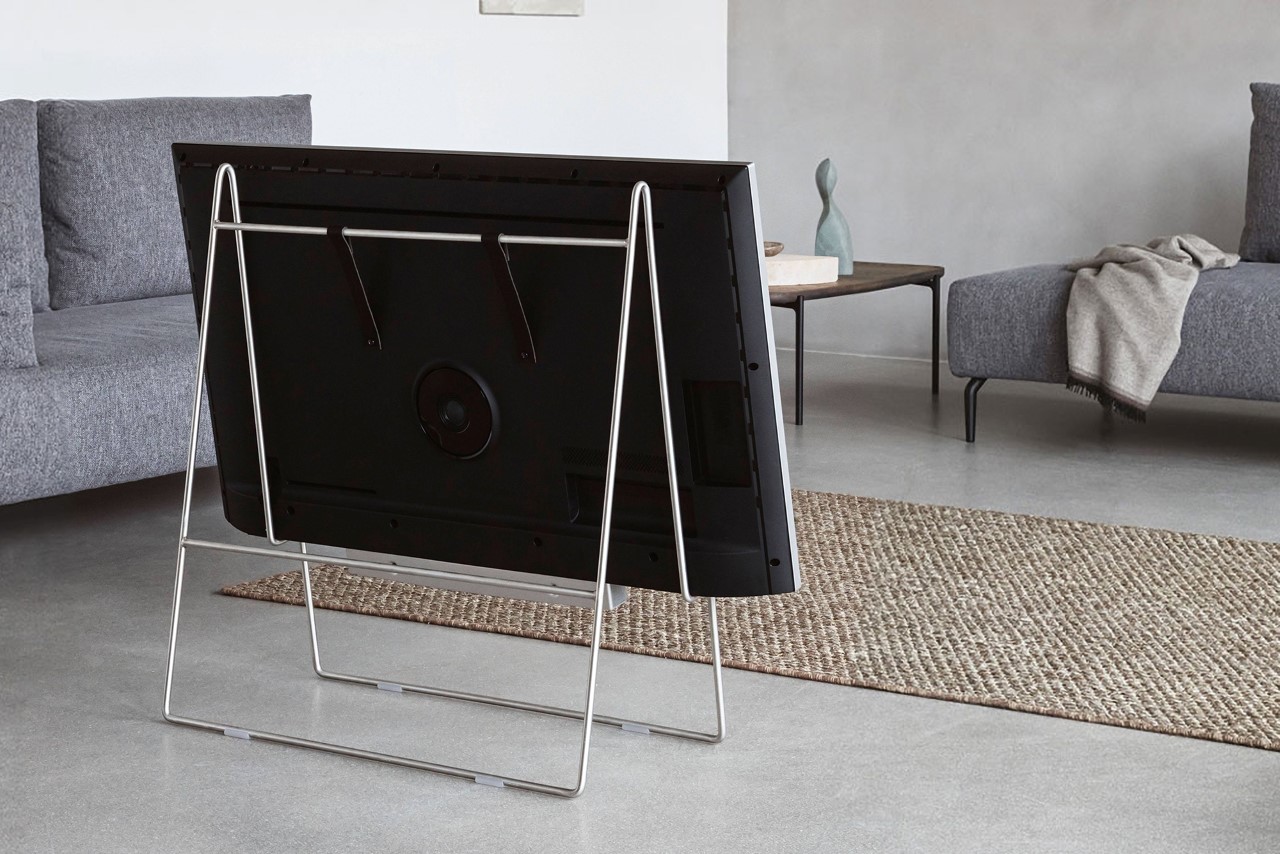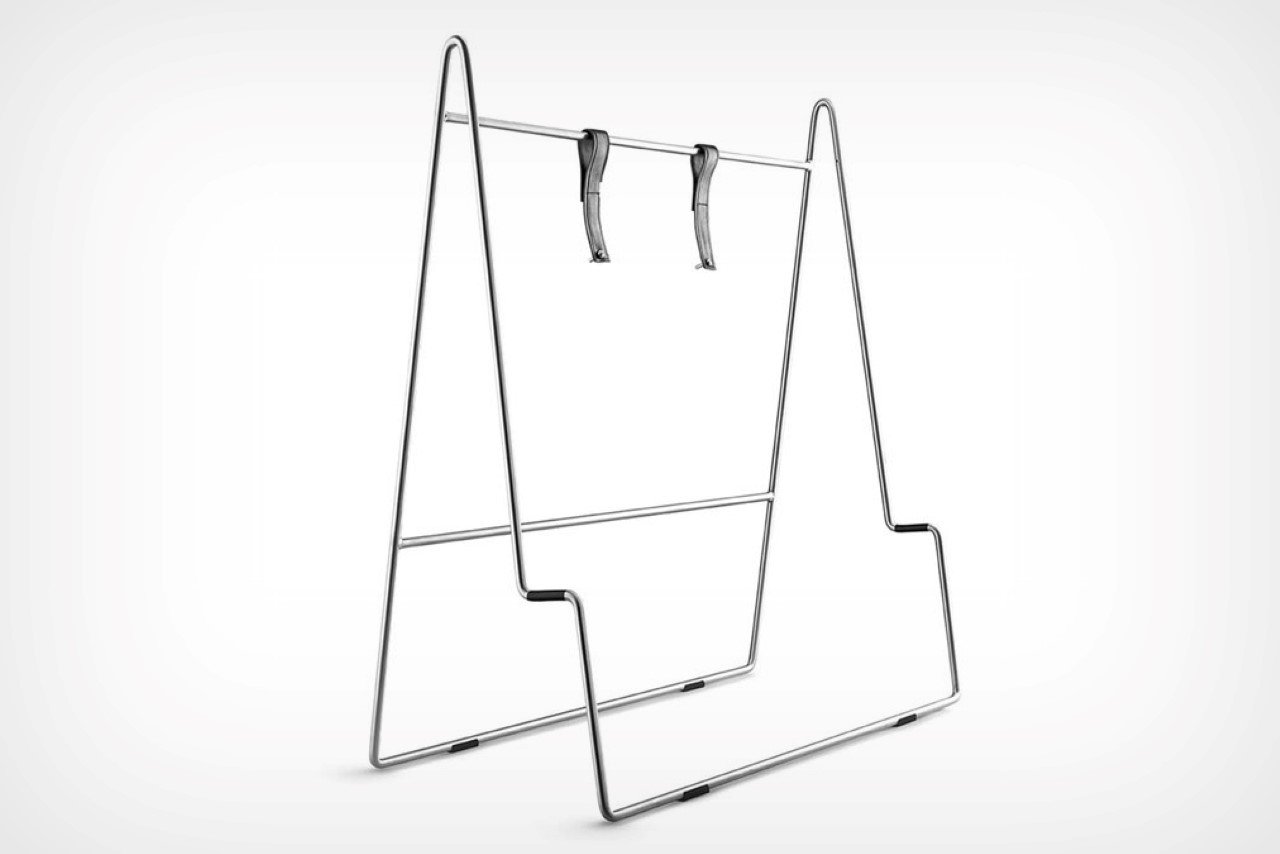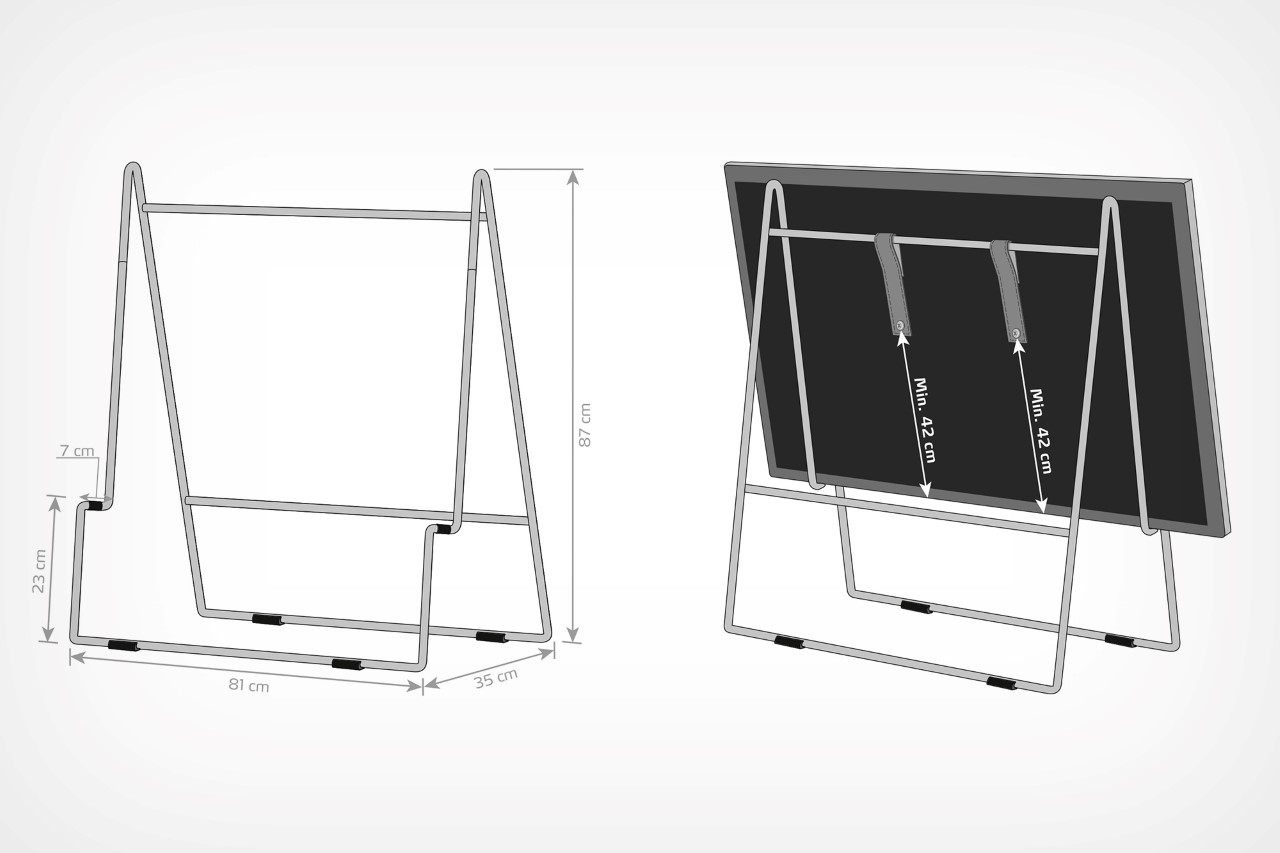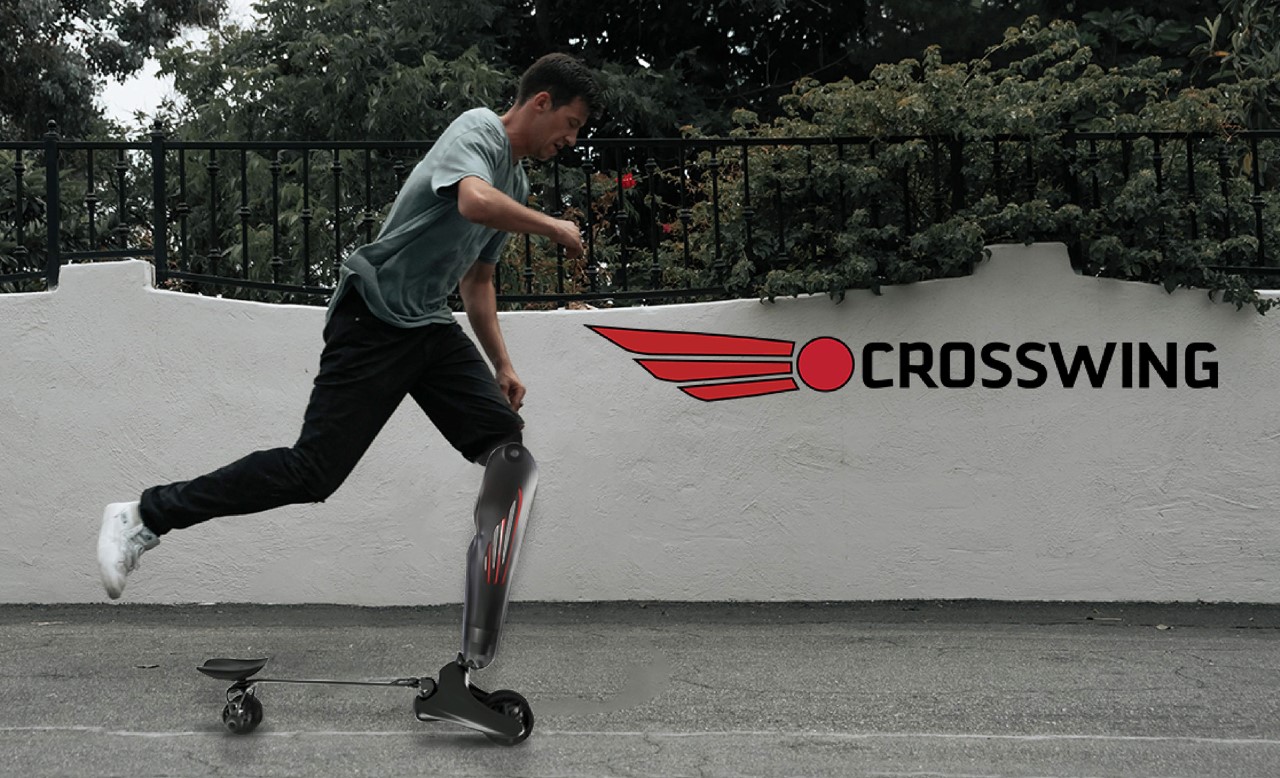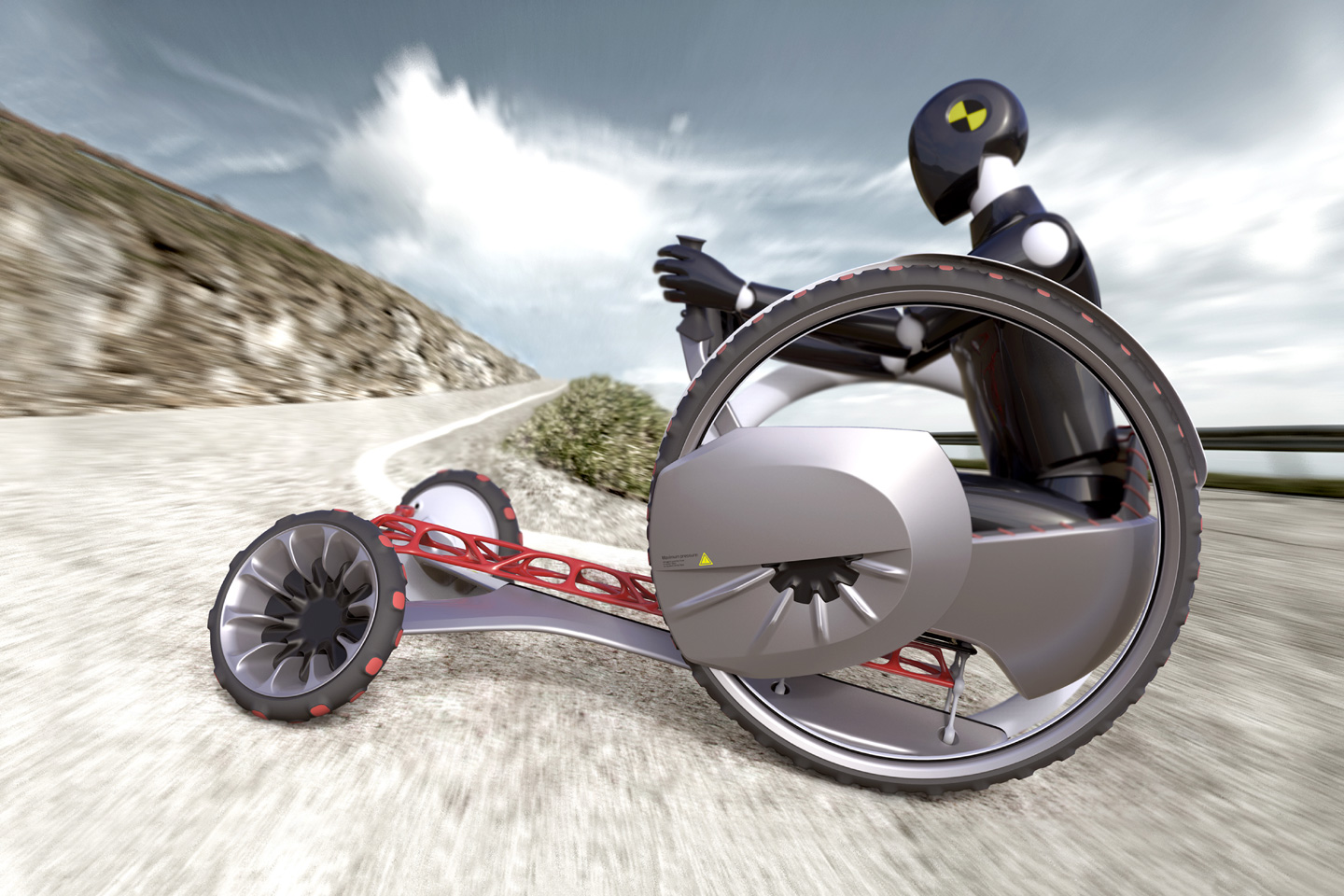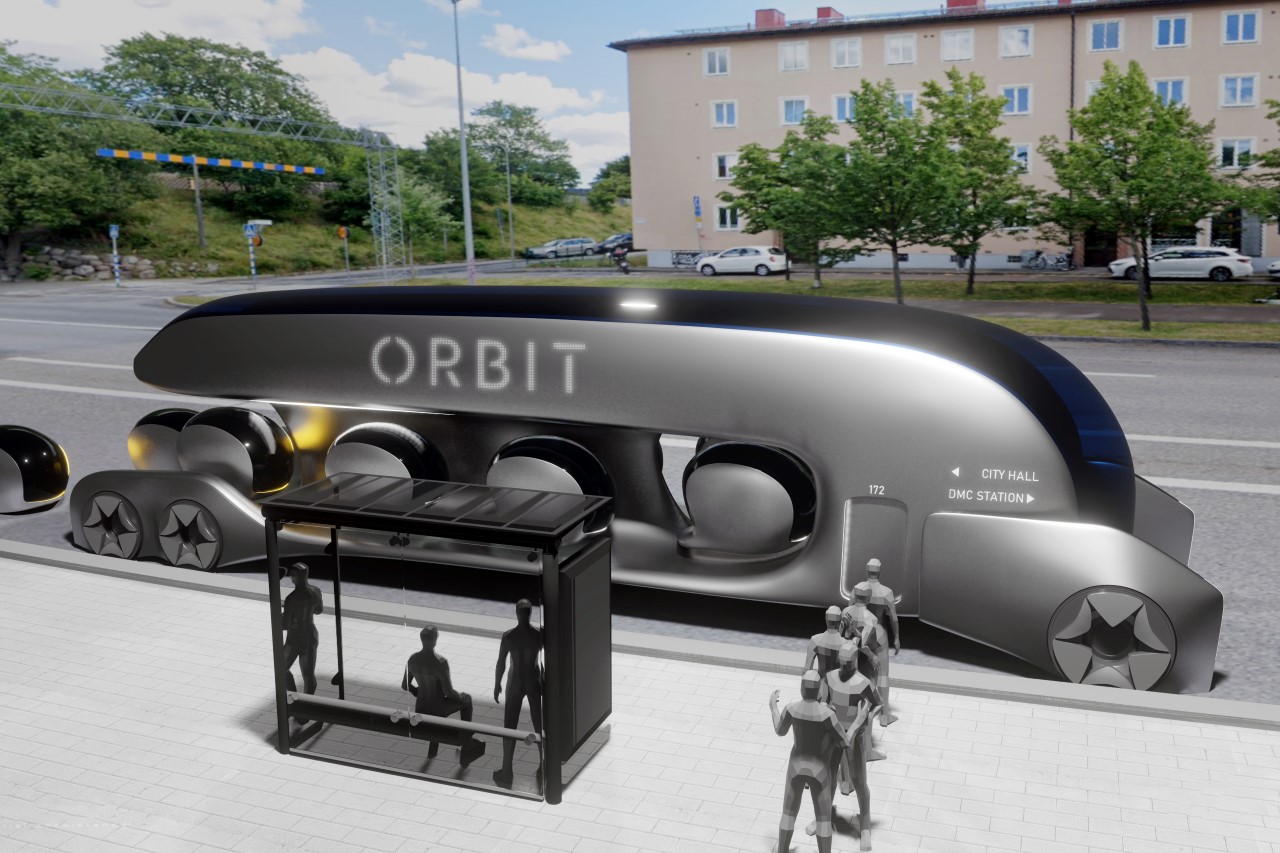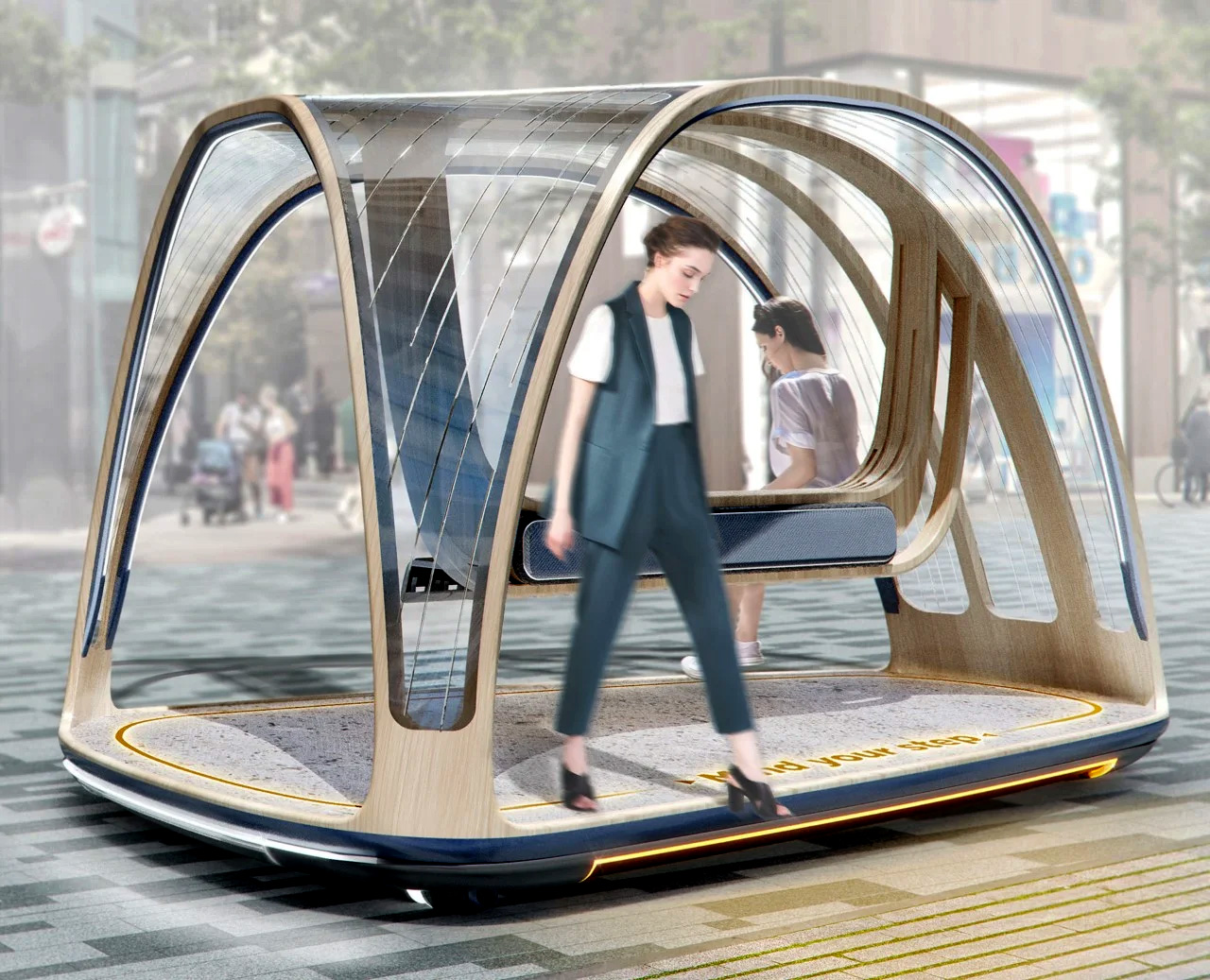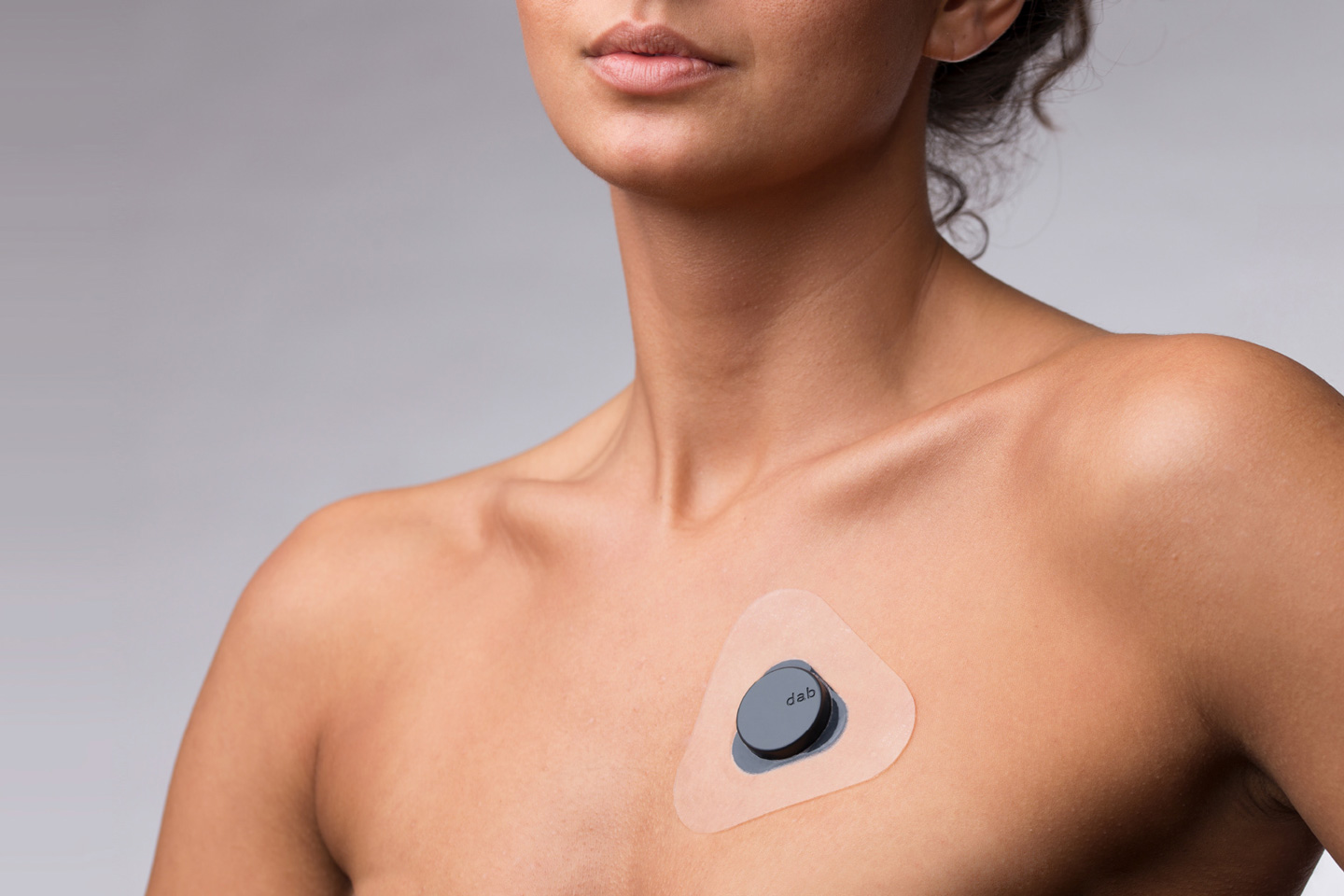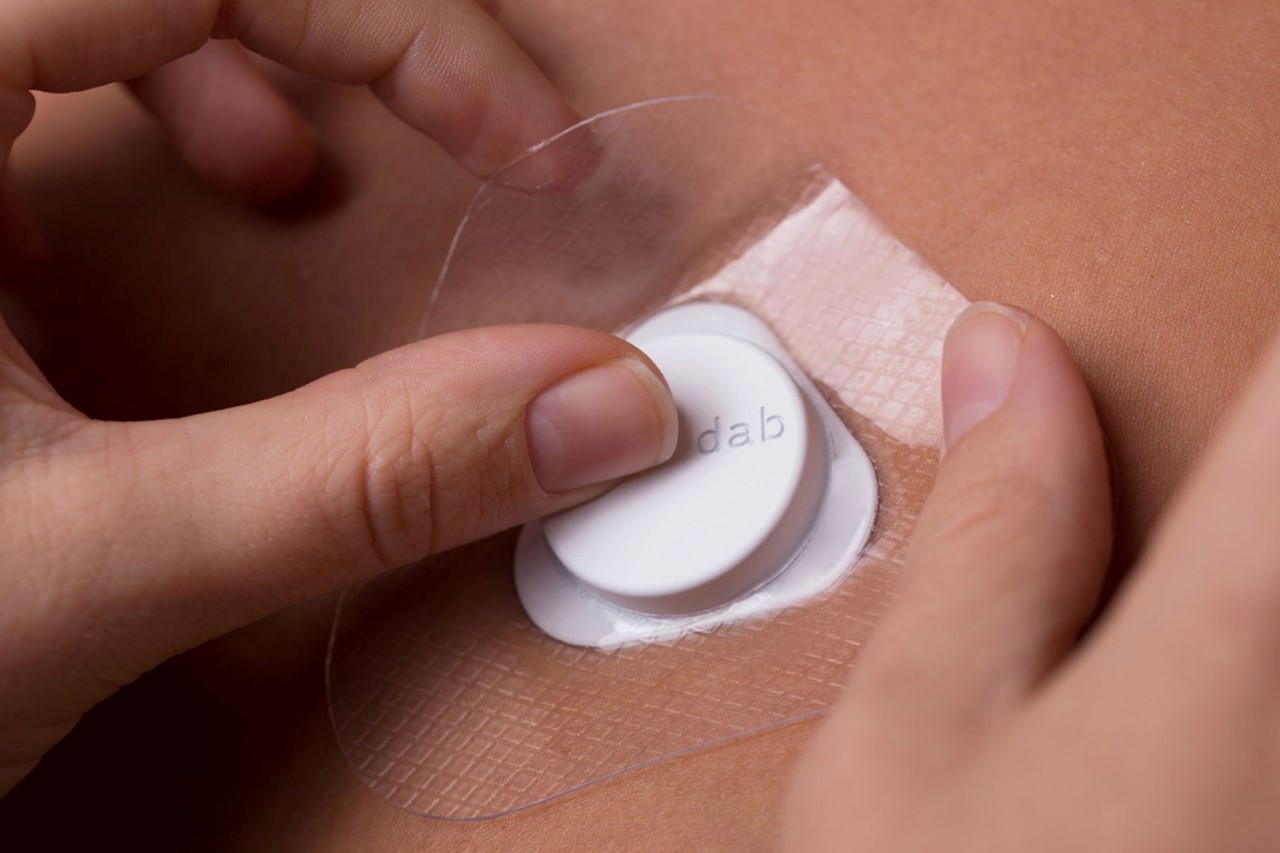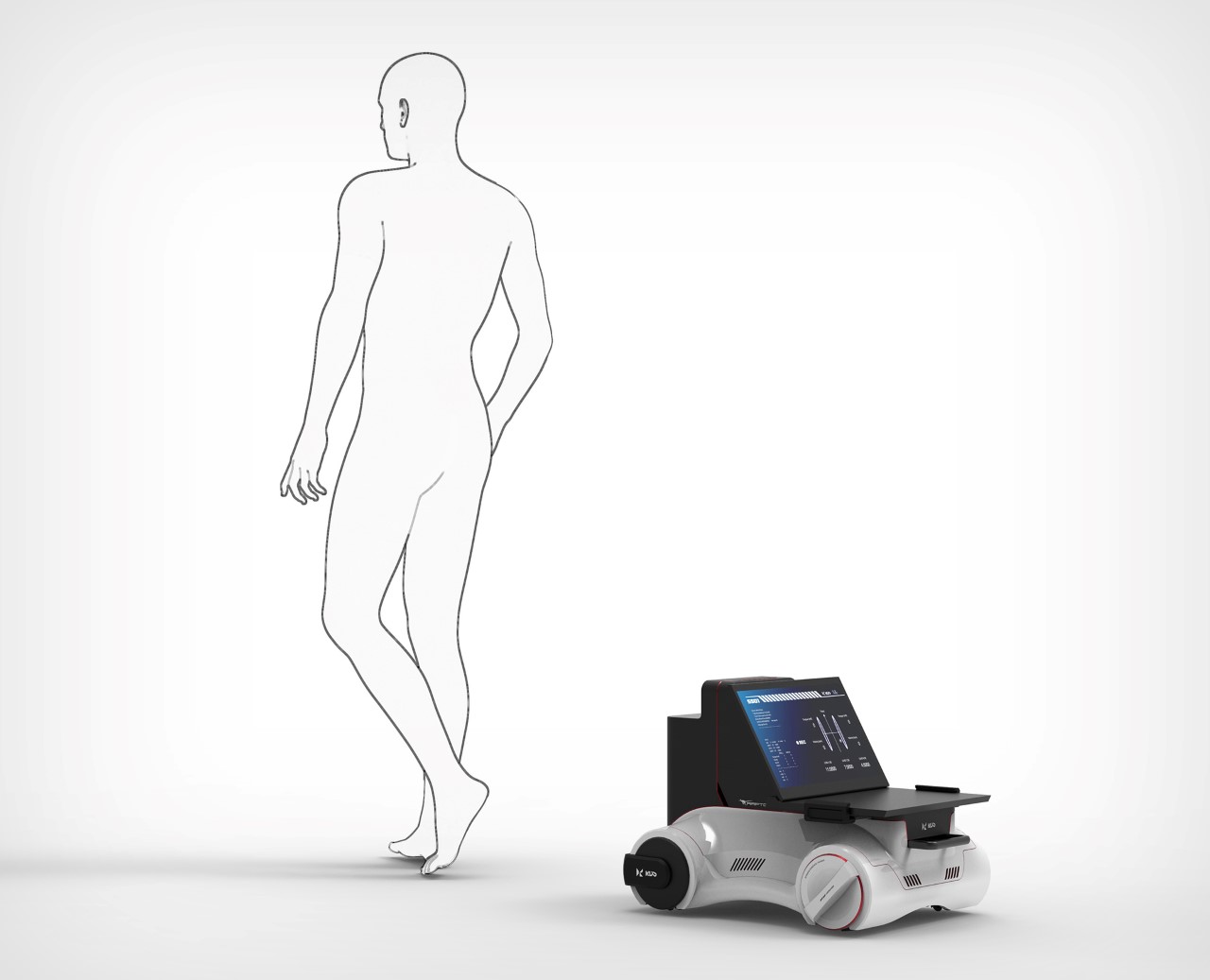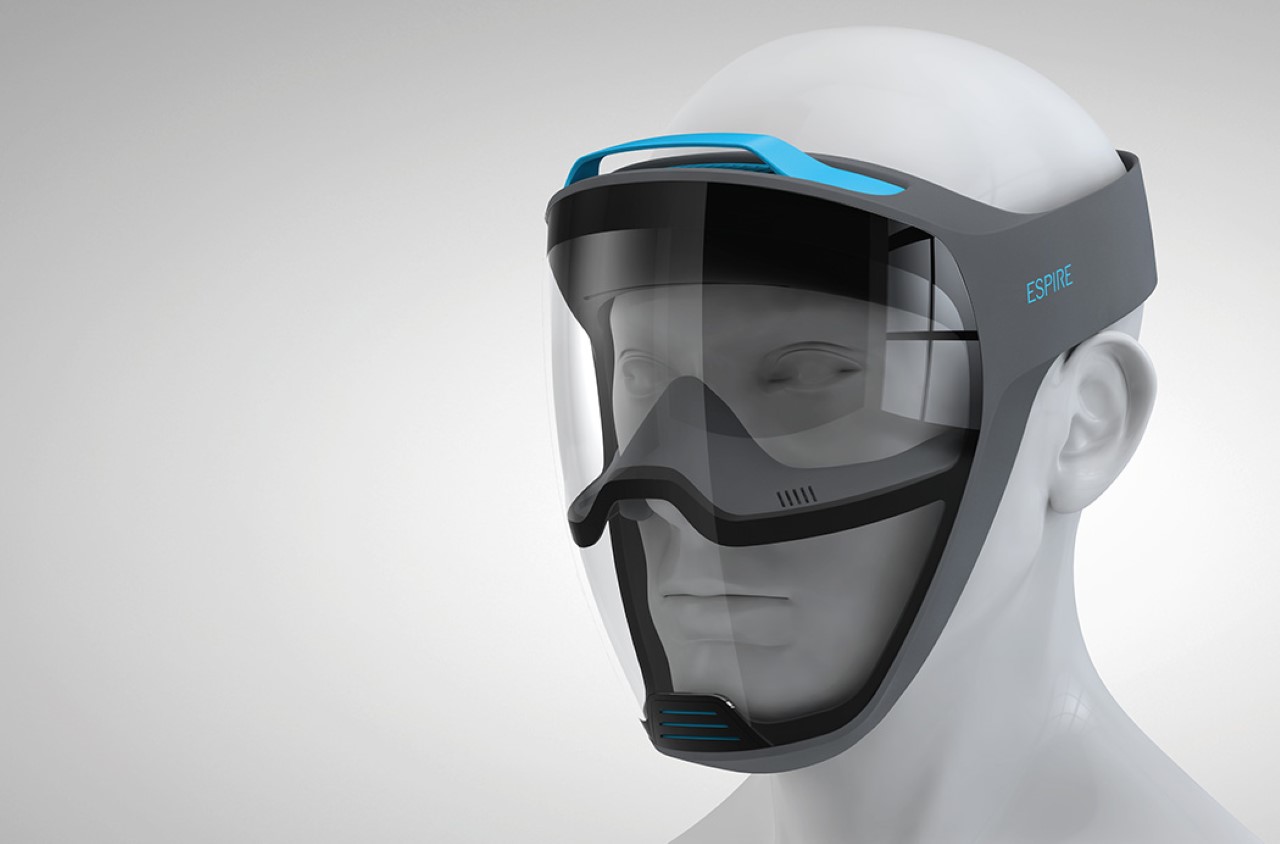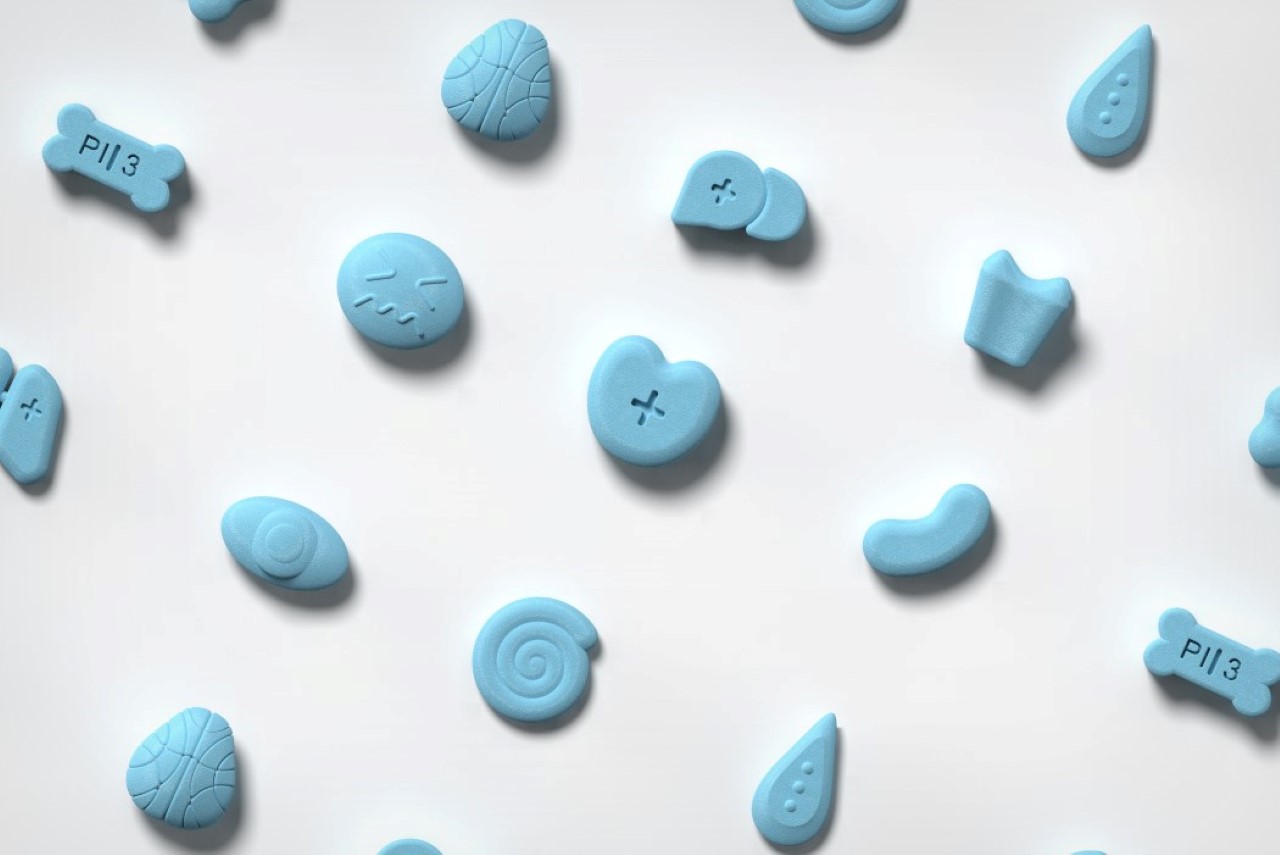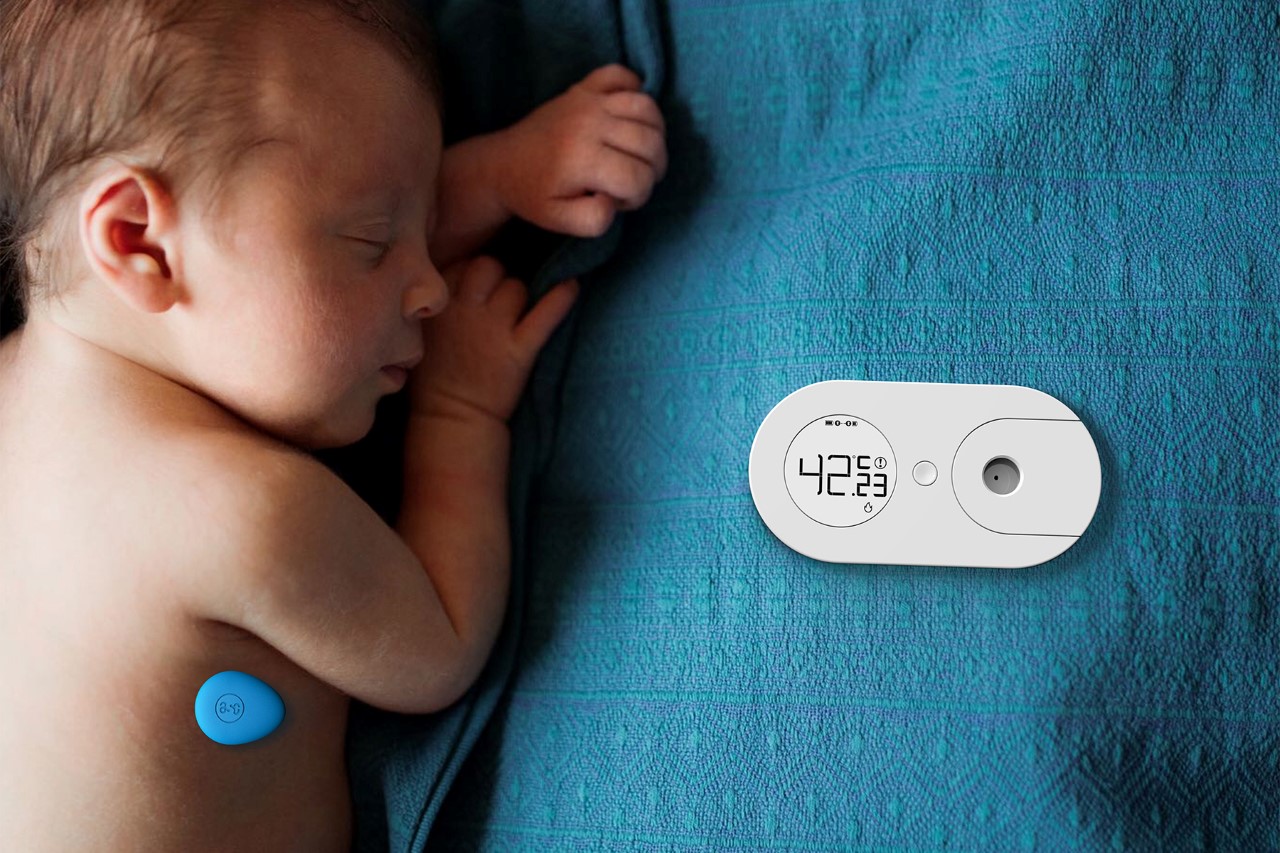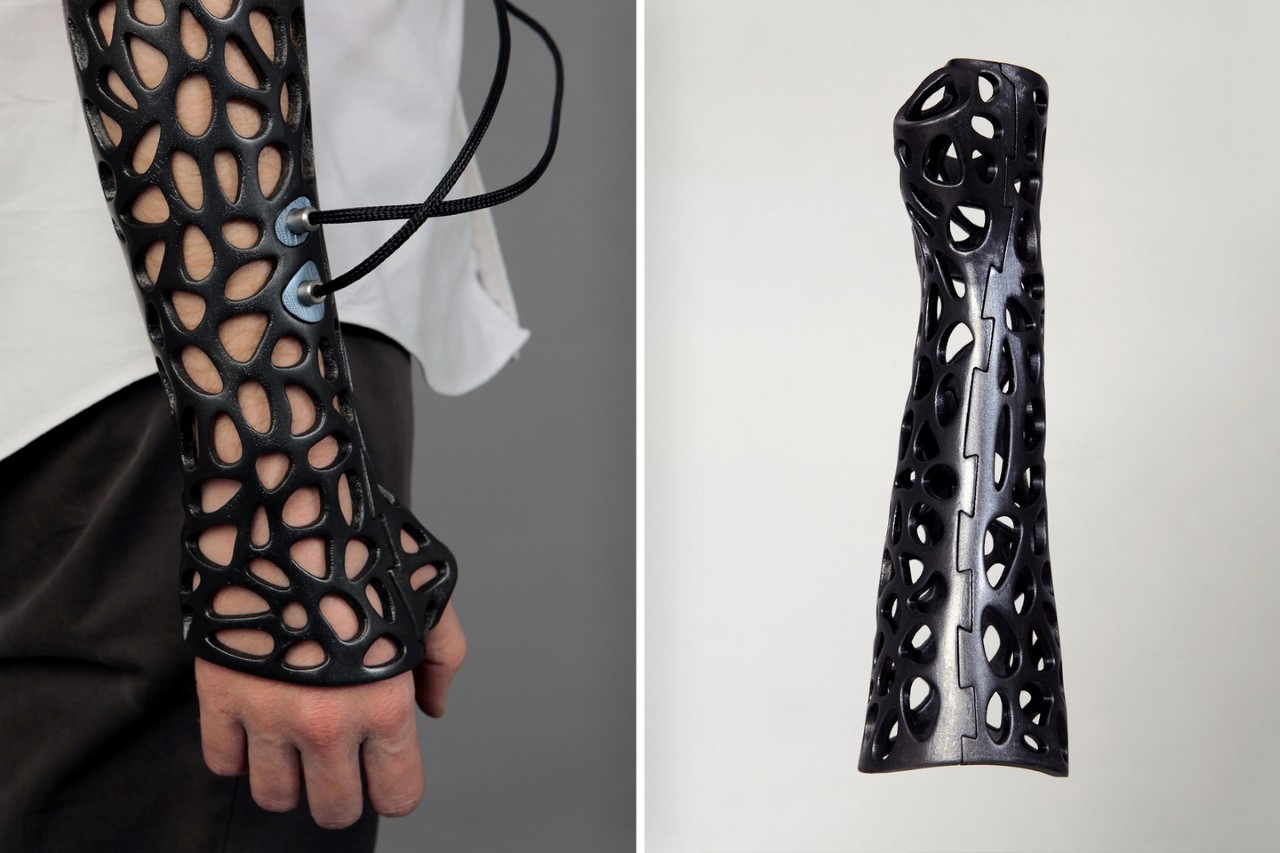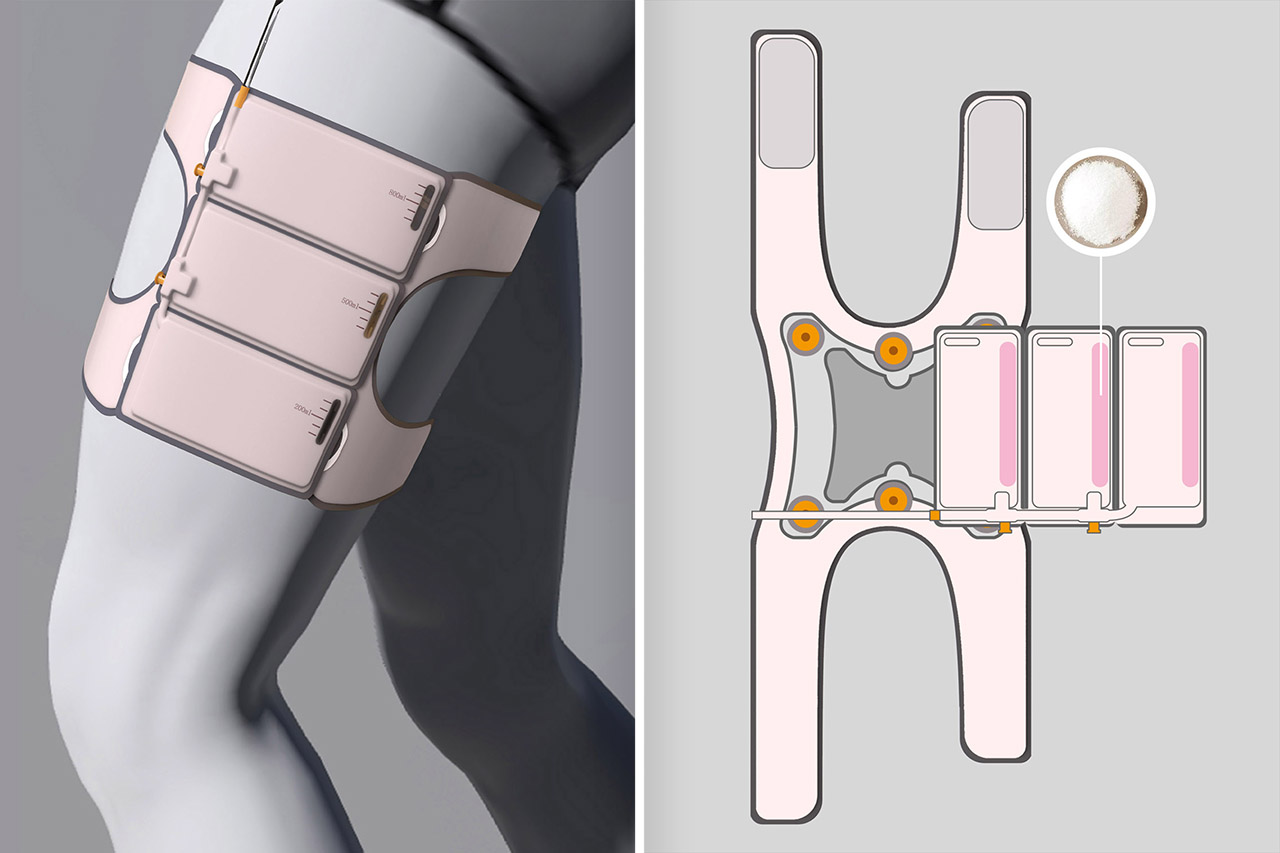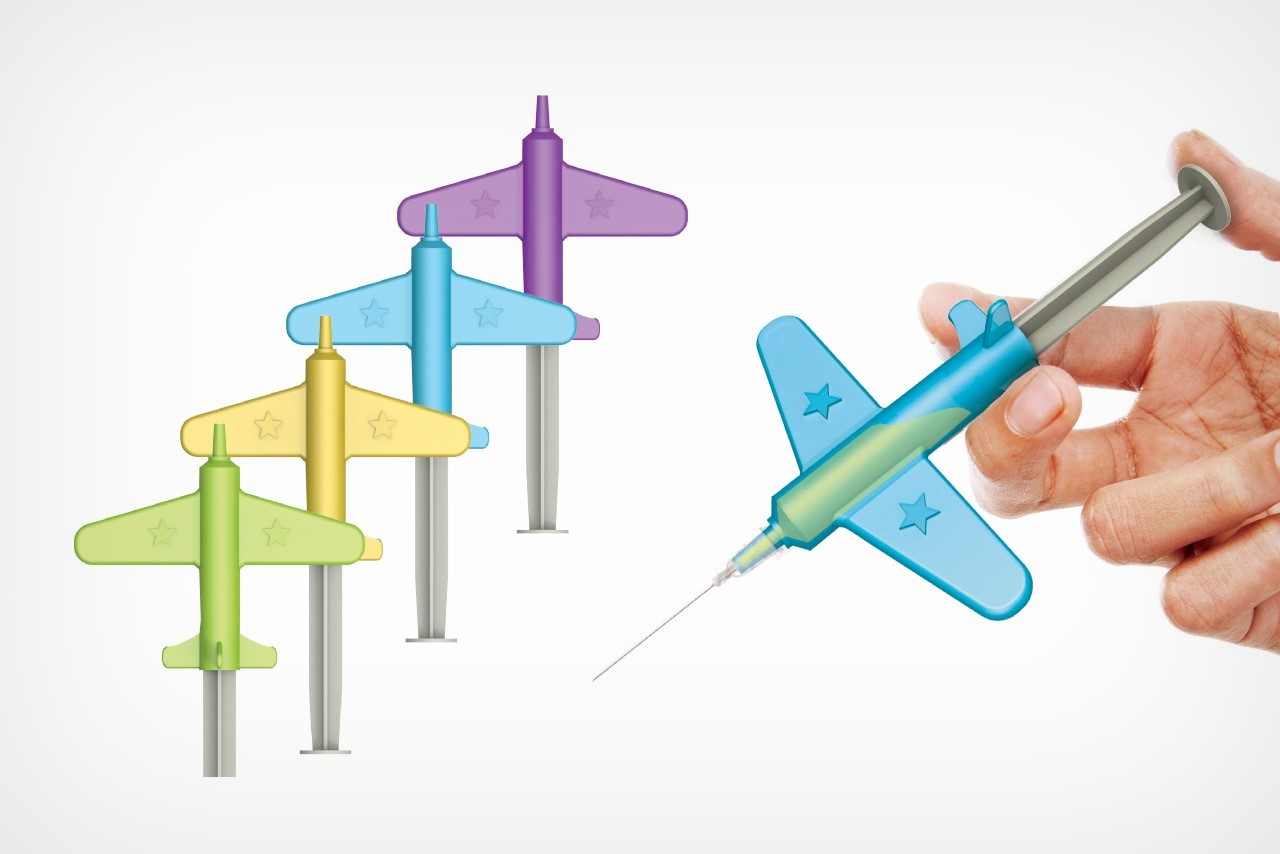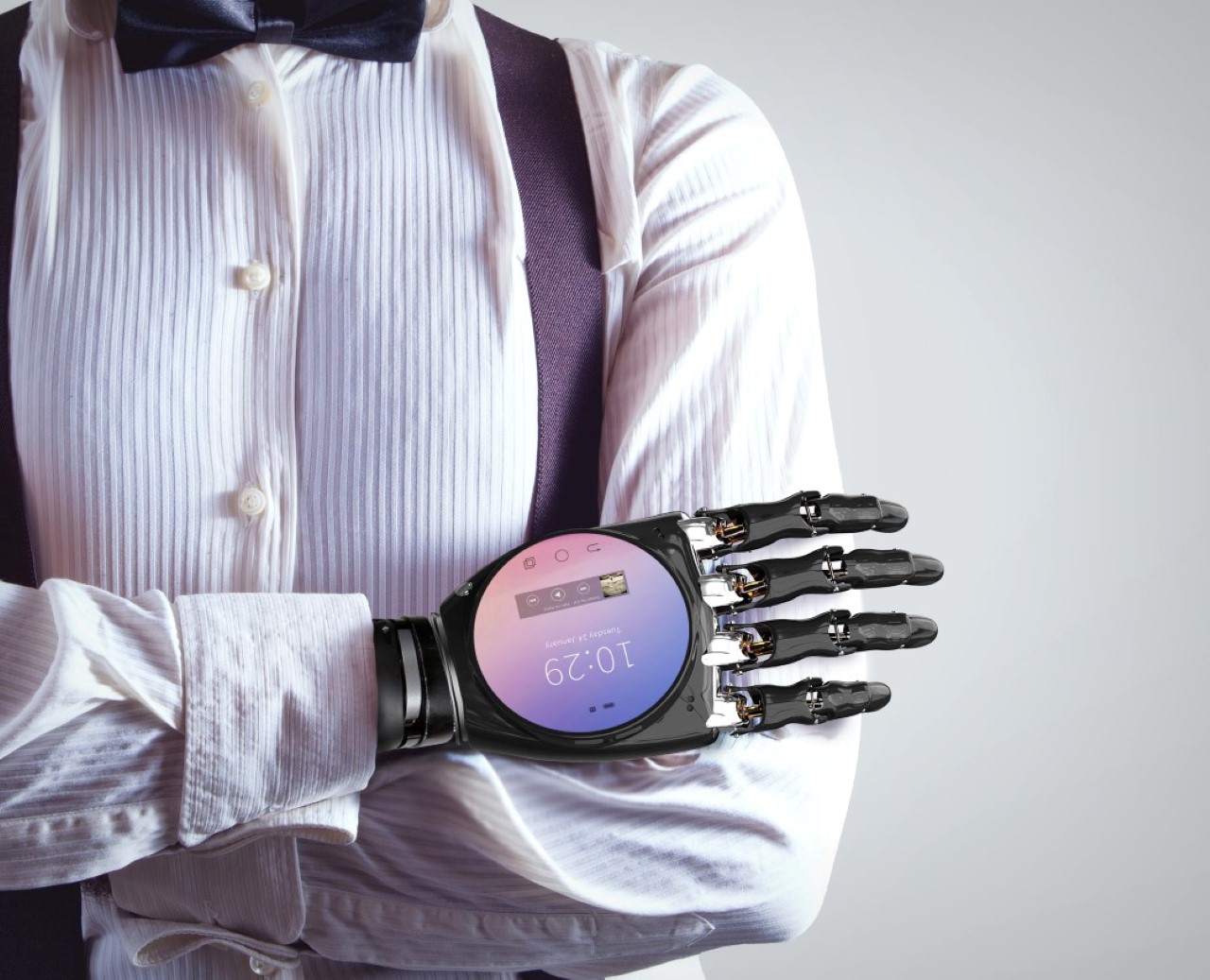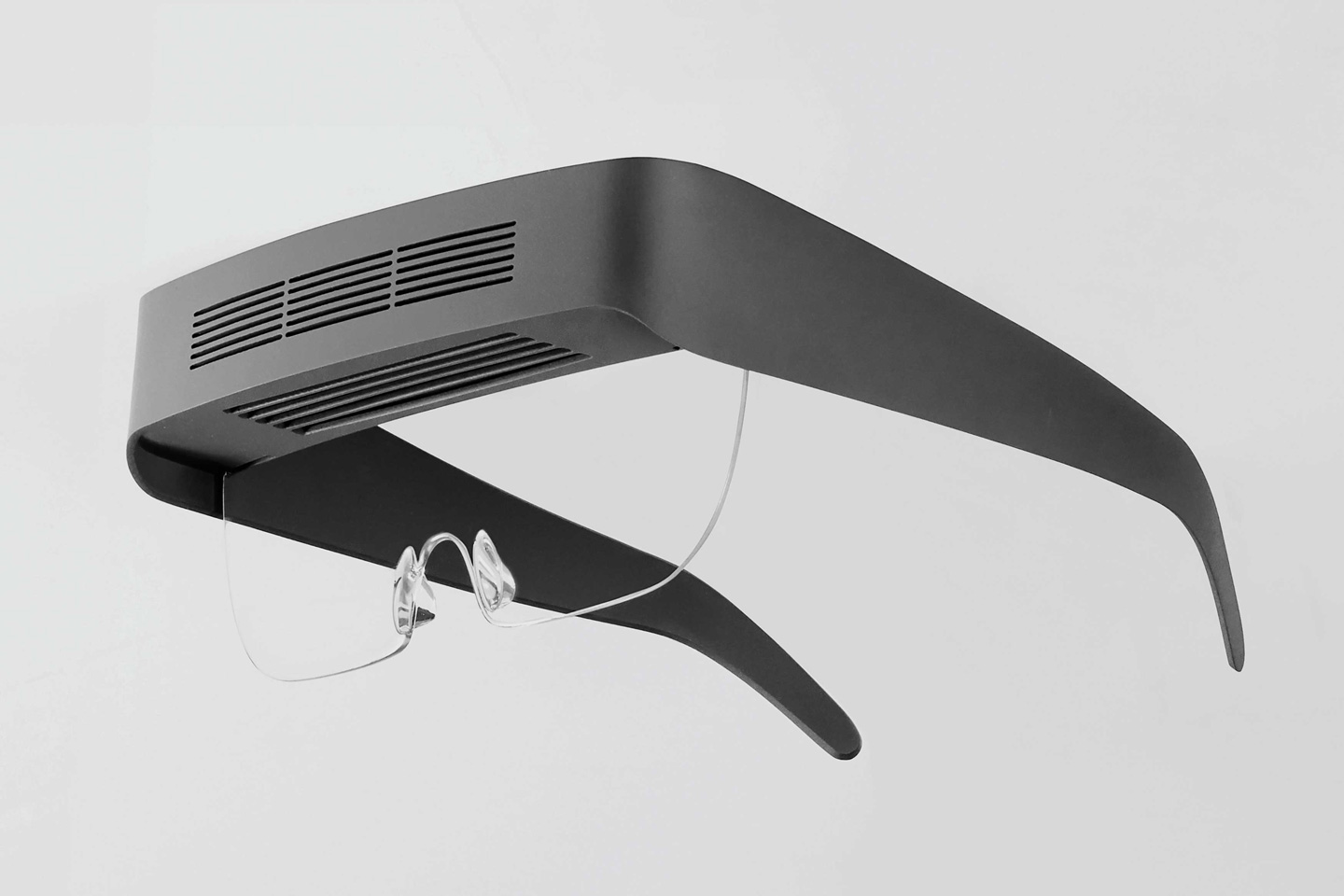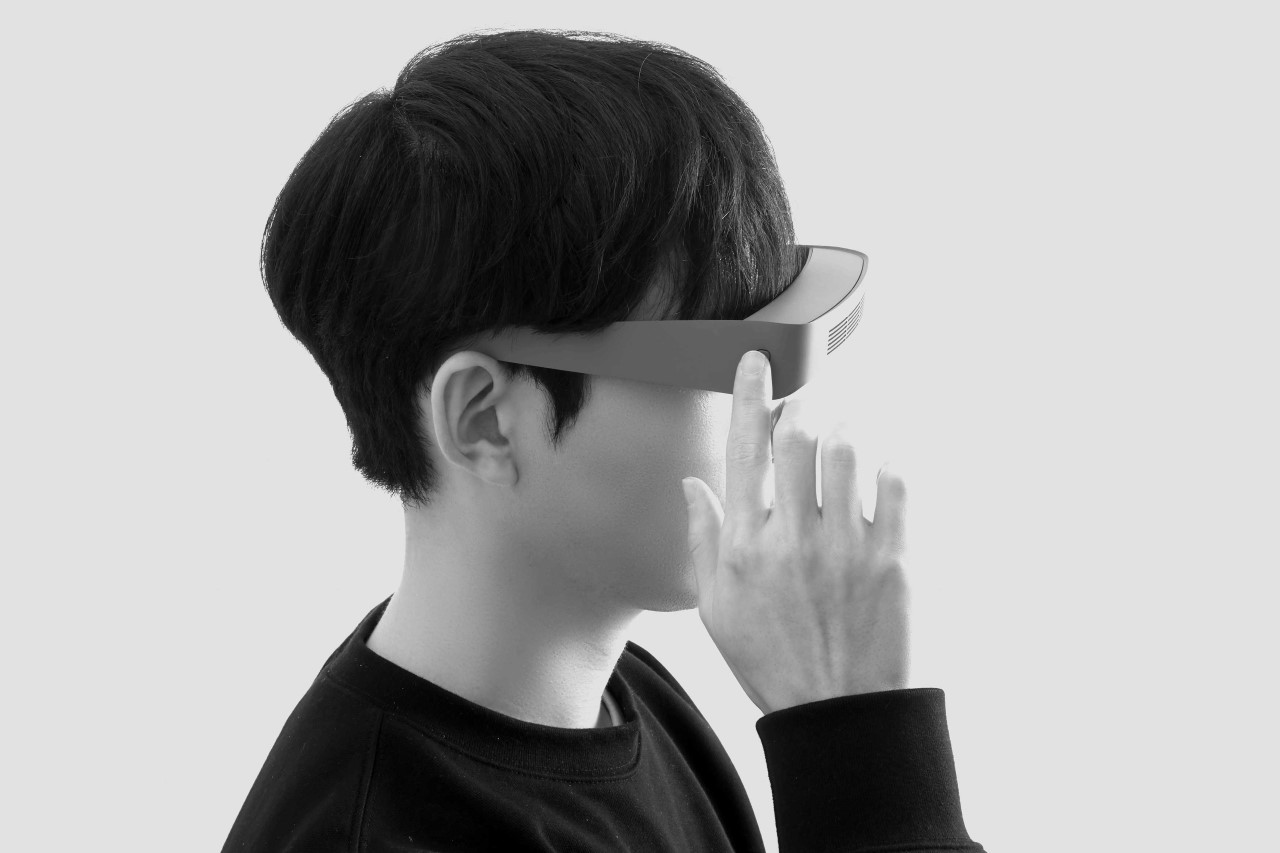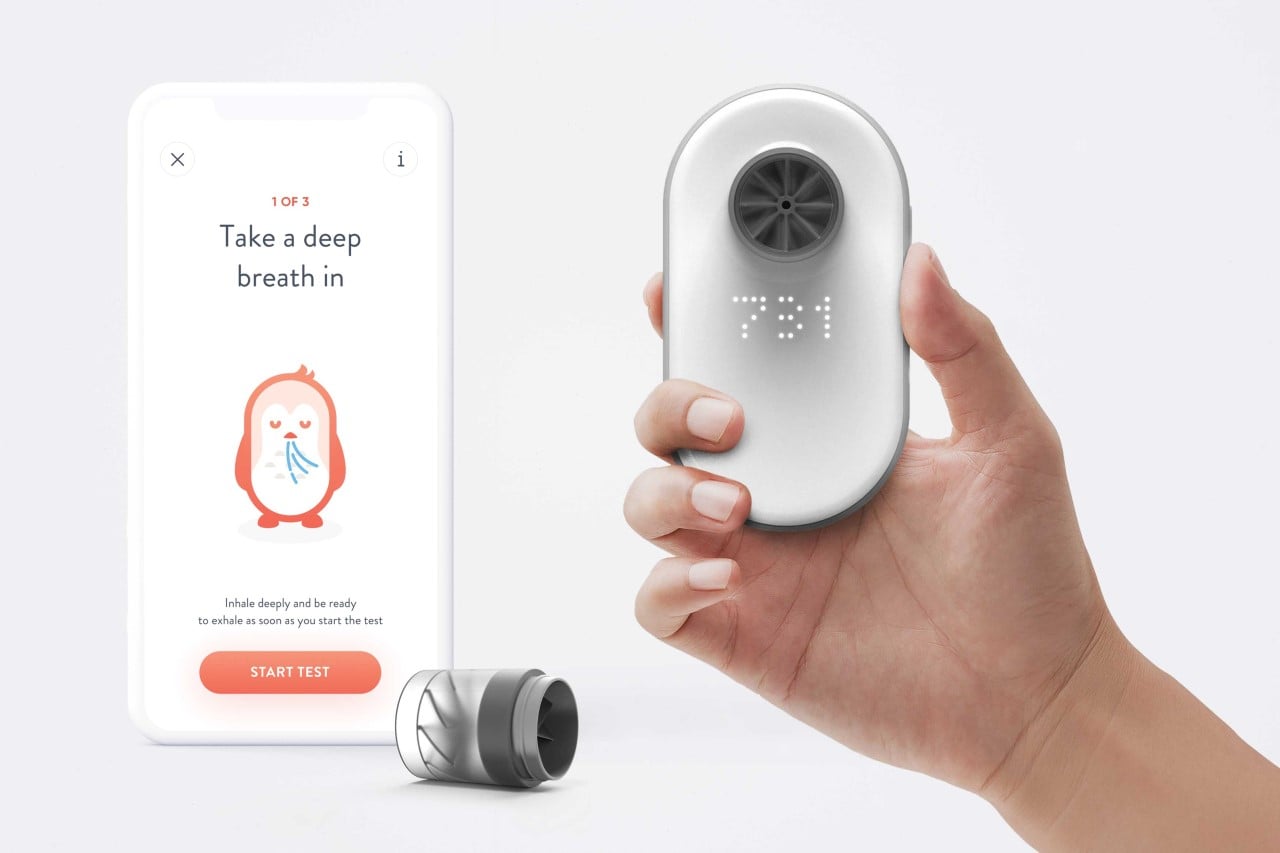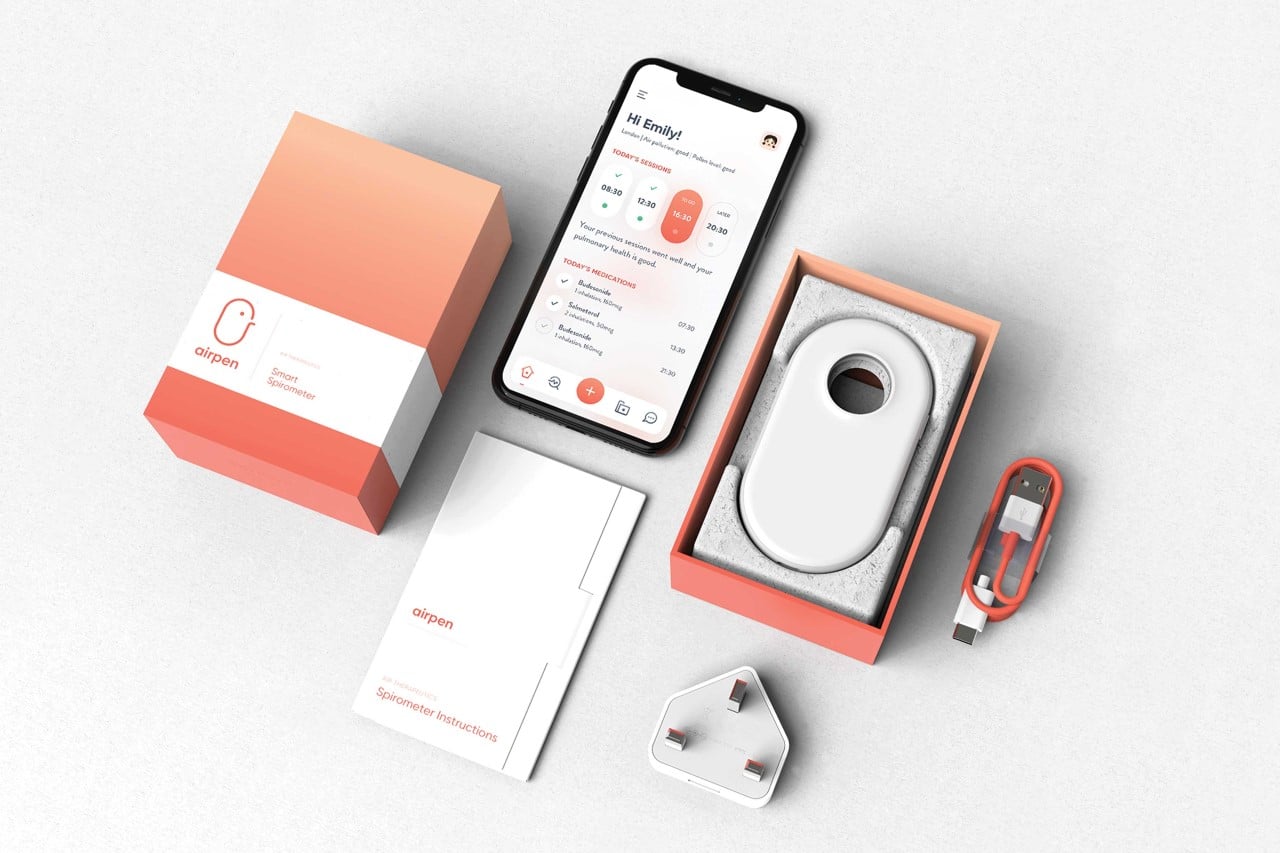The iPhone, the MacBook Pro, the Tesla Model S, the Oculus Rift, the Xbox, all have one thing in common. They’ve all received the International Design Excellence Award. A mark that rewards the best and brightest in design, the awards are now back for their 42nd edition and you can apply too, to stand a chance to have your work put on the same platform as some of the world’s greatest designs!
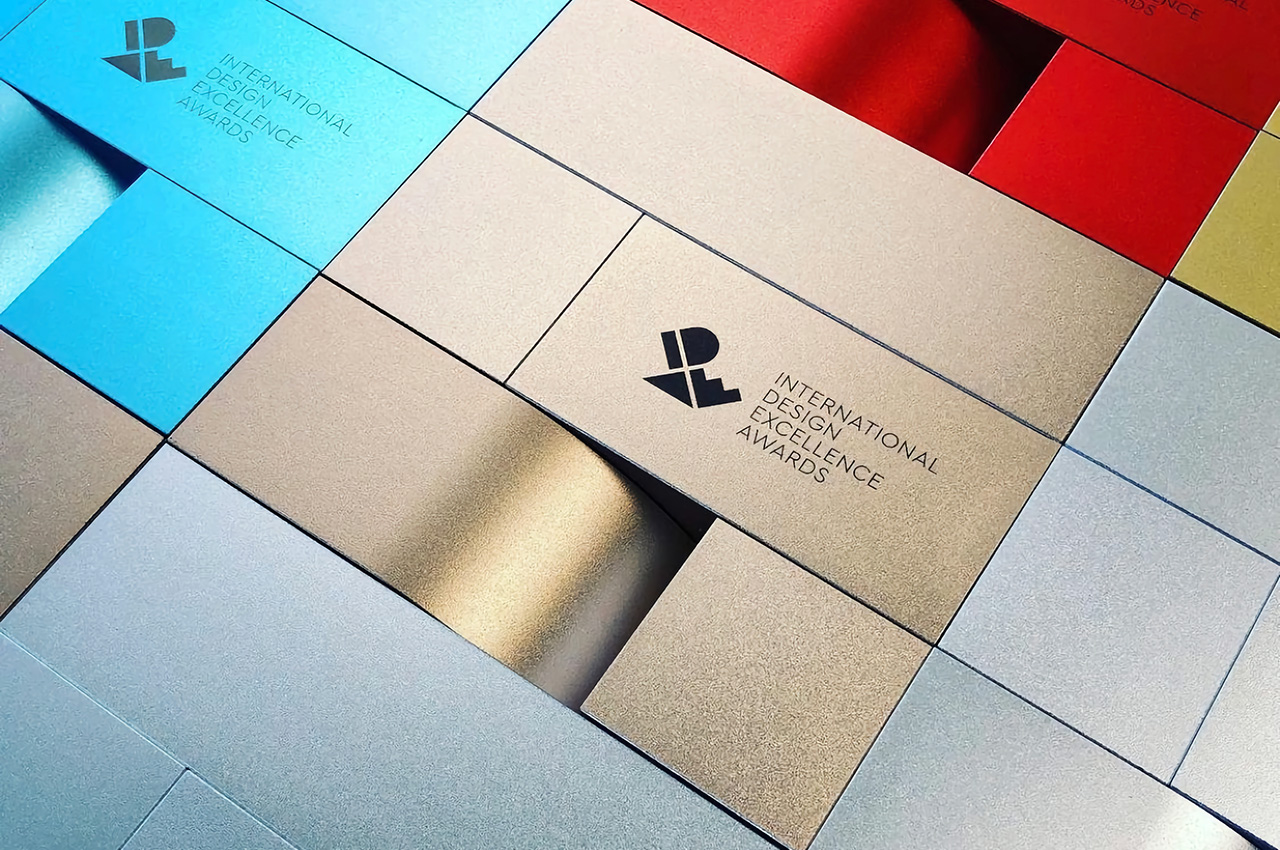
The International Design Excellence Awards (or IDEA for short) is organized every year by the Industrial Designers Society of America (IDSA), America’s foremost and oldest organization for Industrial Designers. Originally founded to recognize exceptional achievement in industrial design, the program has since grown to highlight design in many connected disciplines including design strategy, branding, digital interaction and so much more. “For anyone who is a maker, who is building something, it’s the ultimate achievement to get an IDEA. IDEA is the award by designers, for designers”, says Yves Béhar, IDSA member, founder of fuseproject, and multi-IDEA winner.
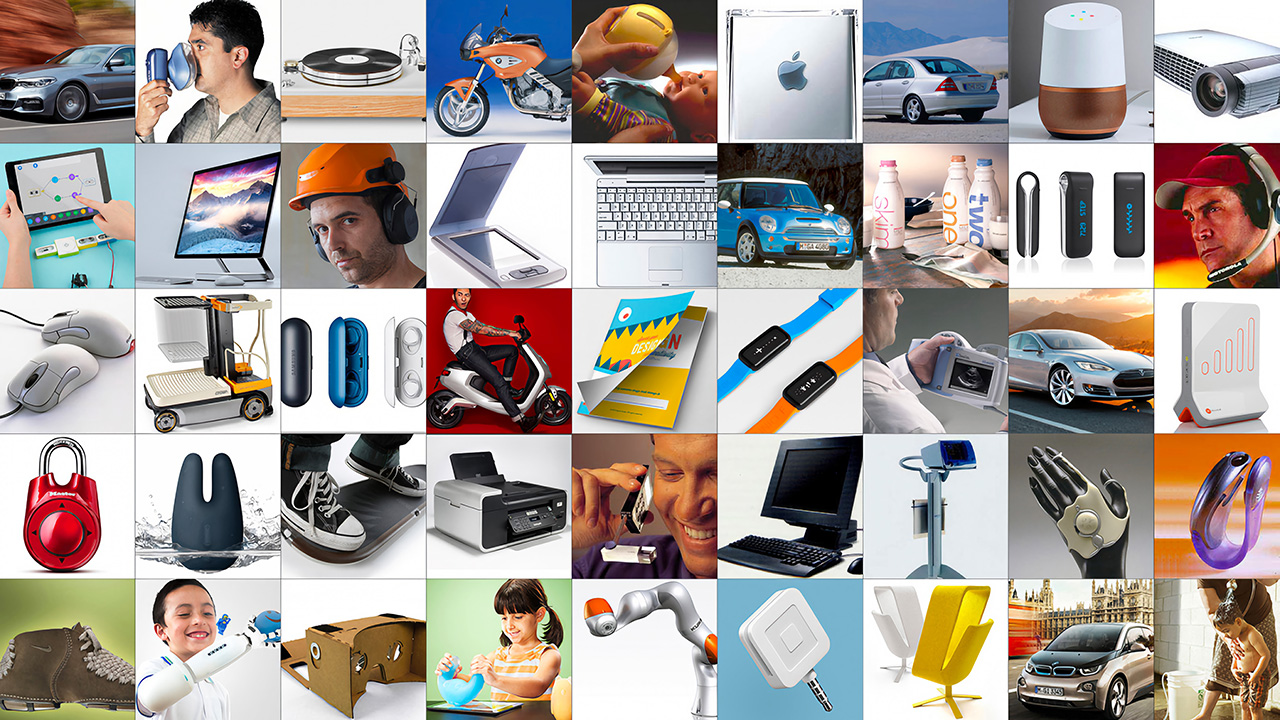
Winning an IDEA puts your design on the biggest creative platform there is, giving it recognition alongside some of the most lauded and life-changing products in years gone by. The awards accept entries across a wide gamut of experience levels, with a dedicated section for students too. Agnostic to brand or studio size, the IDEA rewards sheer creativity, and IDEA-winning designs and designers receive significant international publicity and exposure, including high-profile industry promotion by IDSA and across media outlets. All winners are featured in IDSA’s annual Yearbook of Design Excellence, a standout collector’s edition magazine distributed to a global audience of design and business executives, and winning IDEA products are also entered into the permanent collection of The Henry Ford Museum, where they remain ever-present symbols of ingenuity and mastery of craft. The designers also receive the highly coveted IDEA trophy, which can be pulled apart to showcase the letters I-D-E-A (you can view the history and the design process of the trophy in the video above!)
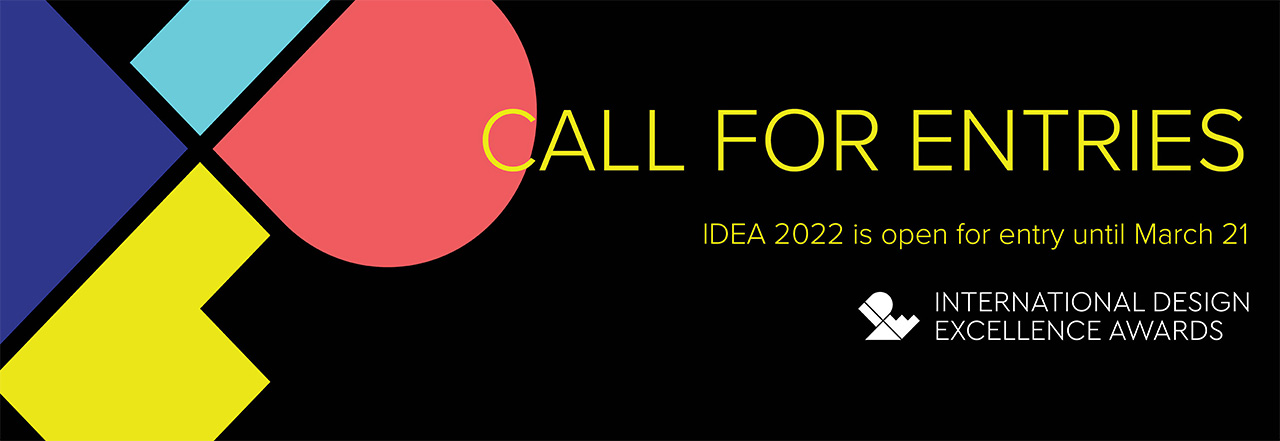
The 42nd annual International Design Excellence Awards (IDEA)®, presented by the Industrial Designers Society of America (IDSA), is now open for entry through March 21, 2022. Entries are open across a myriad of categories for designers, studios, brands, and even for students. The IDEA 2022 categories are Automotive & Transportation, Branding, Children’s Products, Commercial & Industrial Products, Concepts & Speculative Design, Consumer Technology, Design Strategy, Digital Interaction, Environments, Home (including Kitchen & Bath), Furniture & Lighting (including Outdoor Furniture), Lifestyle & Accessories, Medical & Health, Office & Accessories, Outdoor & Gardens, Packaging, Service Design, Social Impact Design, Sports, Leisure & Recreation, and Student Design (including any physical or digital product, service, or experience created during collegiate student coursework).

Heading the jury panel this year is IDSA member and VP of Design at Airbnb, Tim Allen. The diverse IDEA 2022 jury also includes top designers from Dolby Laboratories, Fjord, GE Appliances. HP, Medtronic, Radio Flyer, Above, Signify, and more. The International Design Excellence Awards saw a record-breaking 2,081 submissions from 25 countries in 2021 (we’ve highlighted a few of our favorites below). The awards program now enters its 42nd edition in 2022, and you can enter your product/design by visiting the IDEA website. This year, all IDEA winners will be honored at the IDEA Ceremony & Gala in Seattle, preceding the International Design Conference 2022 (Sept. 12-14).
Click Here to Visit the IDEA Website and Submit Your Design! Entry Phase ends on March 21st, 2022.
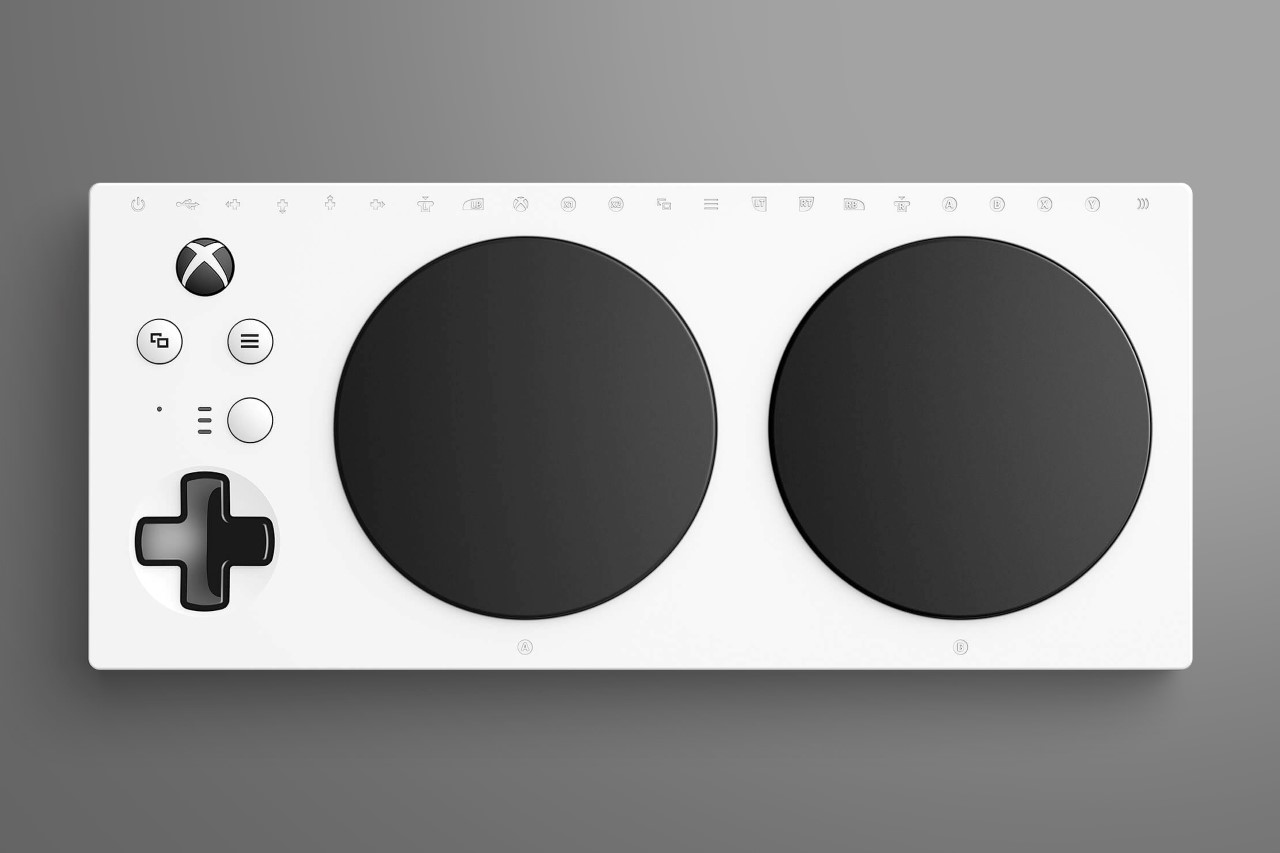
Xbox Adaptive Controller (Best In Show)
Designed primarily to meet the needs of gamers with limited mobility, the Xbox Adaptive Controller is a unified hub for devices that make gaming more accessible. It was built from the ground up through strong partnerships with The AbleGamers Charity, The Cerebral Palsy Foundation, SpecialEffect, Warfighter Engaged, and many community members. Input from these groups helped shape the design, functionality, and packaging of the Xbox Adaptive Controller, which can even additionally be supplemented with external devices such as switches, buttons, mounts, and joysticks to create a customized controller experience.
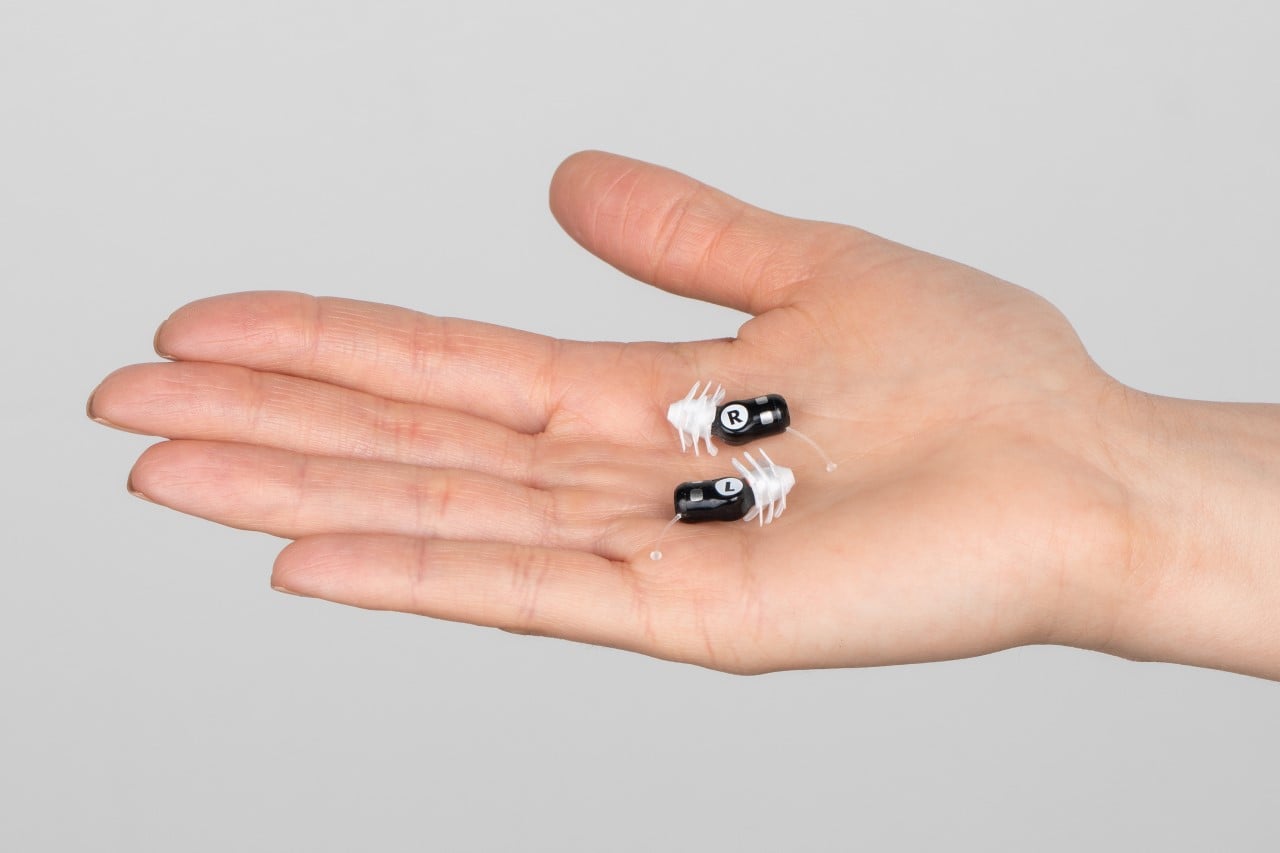
Eargo Neo Hearing Aids and Charger Case (Jury Chair’s Award & People’s Choice Award)
Dieter Rams’ principles for Good Design ring incredibly true with the Eargo Neo Hearing Aids, a pair of hearing aids so small, they do their job incredibly well without screaming for attention or validation. The earpieces sit snugly within each ear in a way that makes them practically invisible to the eye, uplifting the lives of people with hearing impairment in a way that lets them live normal lives without any social stigma. Eargo Neo features a sleeker profile than previous generations, with corrosion-resistant steel charging contacts for enhanced durability. Replaceable Flexi Palm tips made from soft medical-grade silicone conform to users’ ear canals, providing improved comfort and acoustic performance. The rechargeable Neo contains a full day’s charge and comes with a portable charger case that protects and charges the hearing aids when not in use.
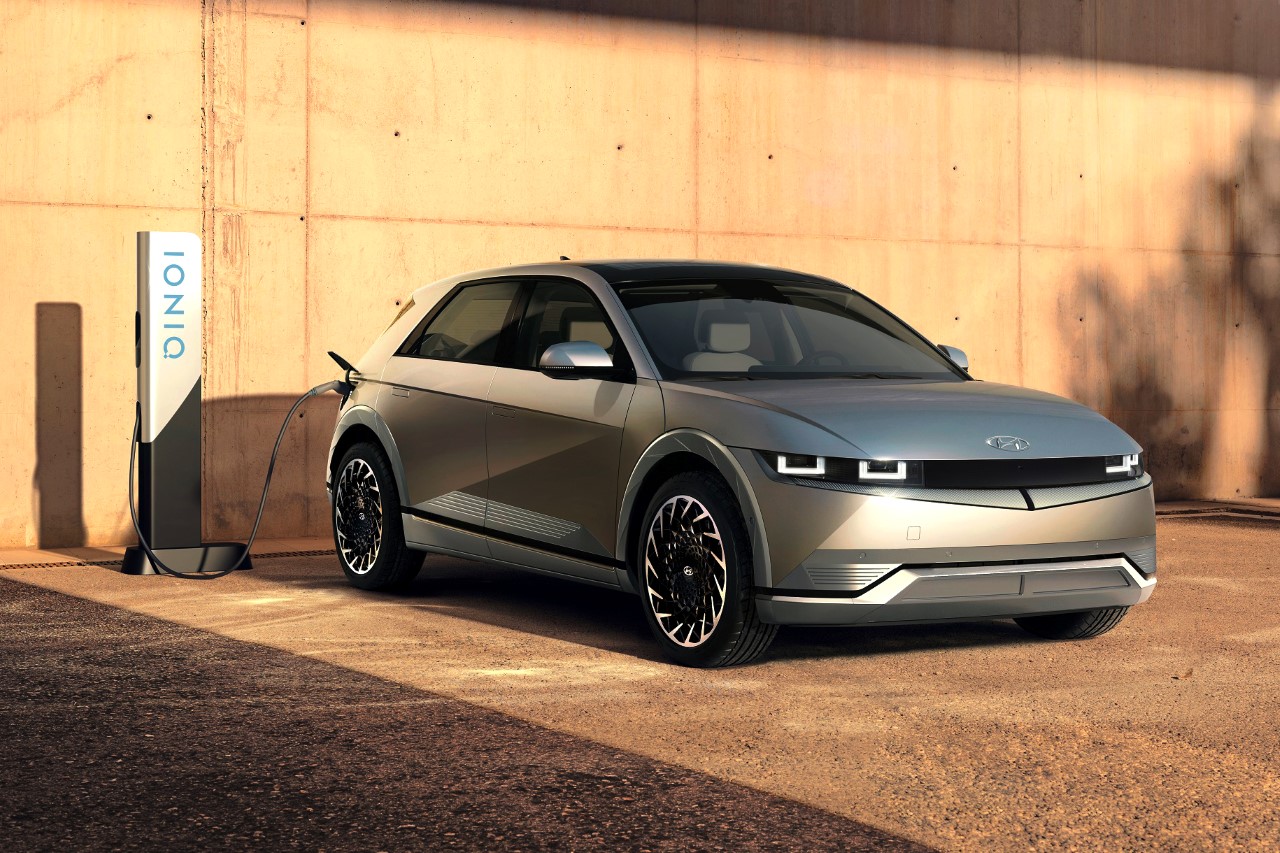
Hyundai IONIQ 5
The 2022 Hyundai Ioniq 5 is the closest we’ve felt to driving an iPhone, in a good way. It brings modern, distinctive, and sleek design, innovation, ease of use, and allure, things that Apple has so compellingly mastered. What’s immediately clear, this electric car was created with great ambition, with genuine intention, and not out of compliance. The Ioniq 5 is built on Hyundai’s just-out-of-the-box all-electric platform—called EGMP, or Electric Global Modular Platform—and is the first of many pure-electric vehicles to come. Being built on a dedicated platform allows for reimagined thinking, from the outset.
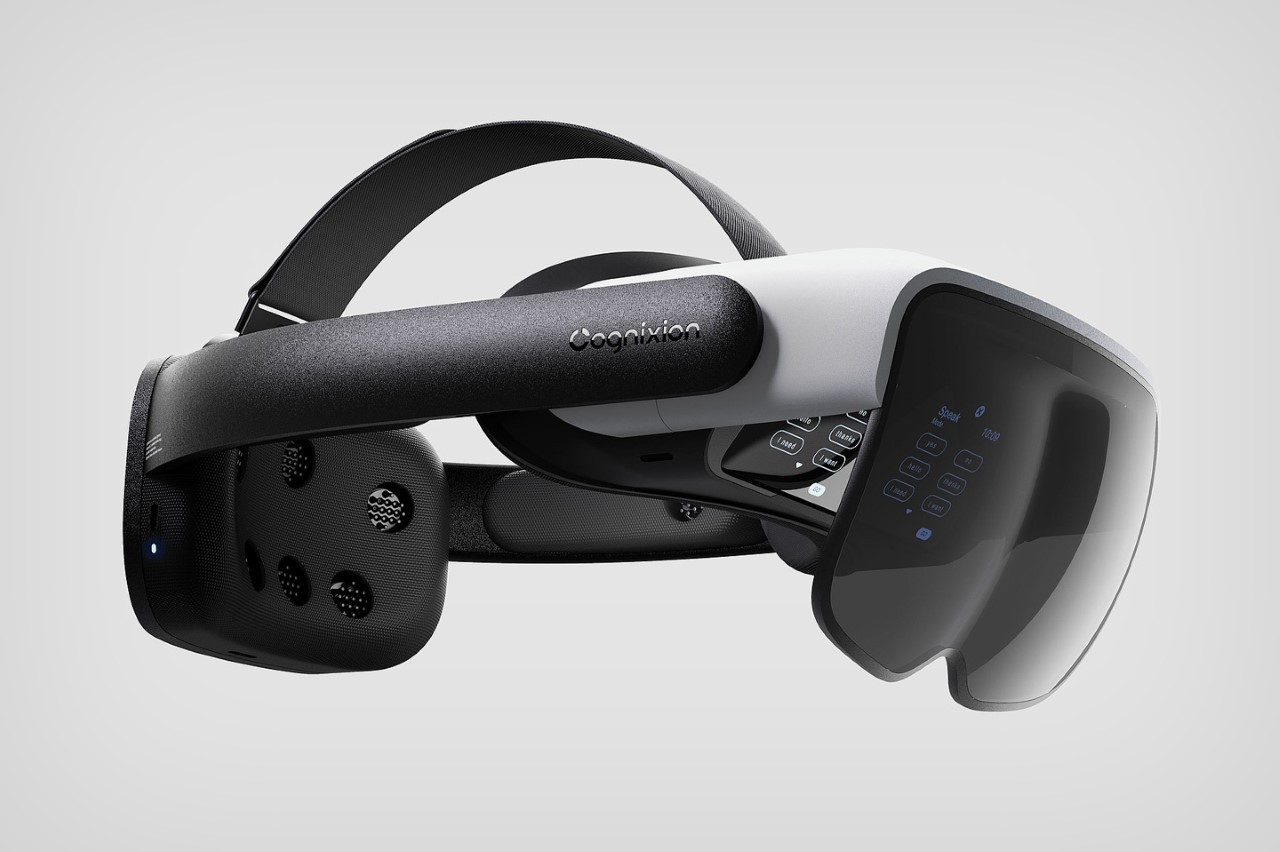
Cognixion One AR Headset
Cognixion One is the world’s first wearable speech-generating device, combining a Brain-Computer-Interface with Augmented Reality to enable communication in those with disabilities like never before. Three context-aware, predictive keyboard options, radial sentence builder tools, and an integrated AI assistant are all powered by 6 occipital-placed electrodes and 4G mobility, enabling comfortable use and functionality to the wearer, who’s presented with a new, intuitive way to communicate with the world. Designed for tetraplegic users with communication disabilities, the technology is usable in any position, in any environment.
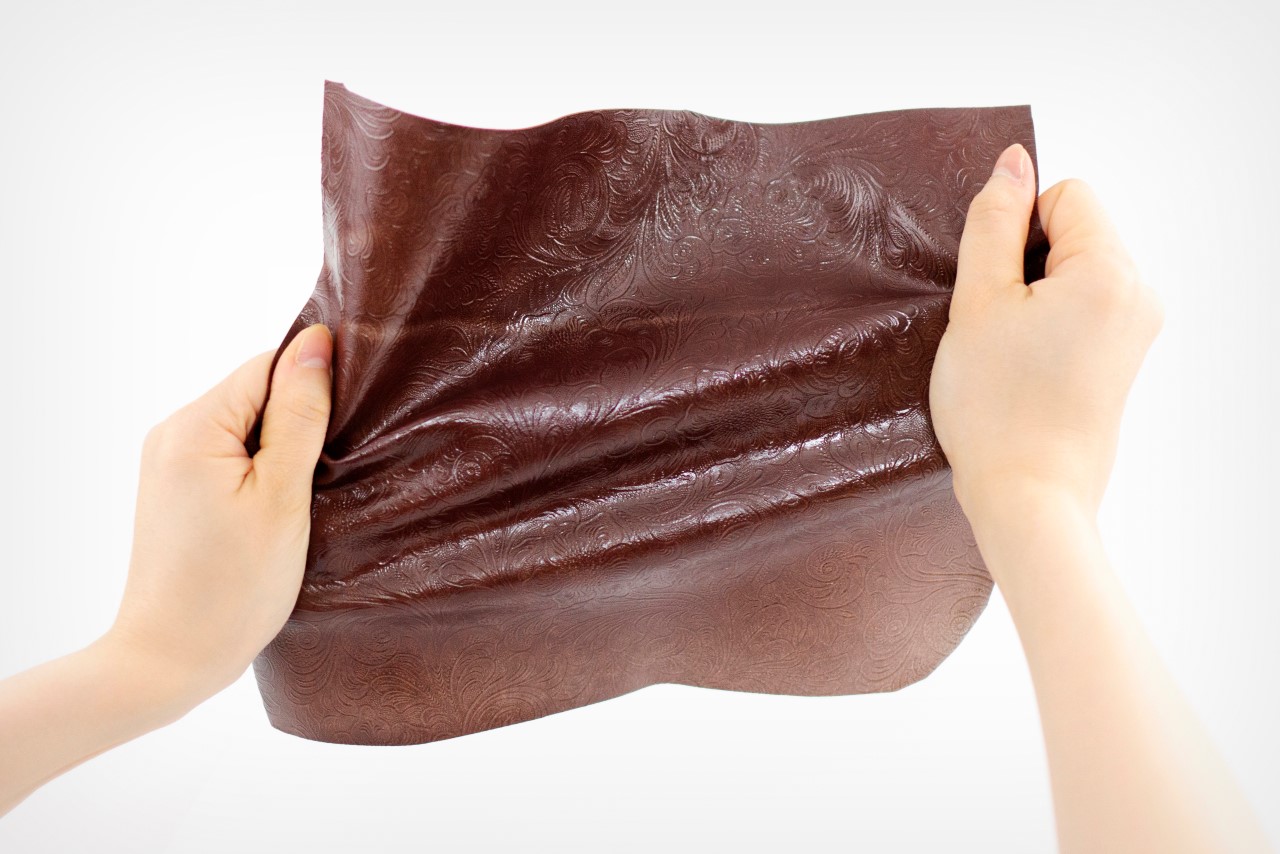
TômTex Sustainable Faux Leather (Student Gold Winner)
TômTex is a sustainable artificial leather that’s made from just two ingredients and chances are, you’ll never ever be able to guess them! Crafted from just two bio-based ingredients, seashell waste and coffee grounds, TômTex uses no tanning process or backing material, offering an alternative to leather that may not be vegan, but is incredibly sustainable given that it uses only waste for its raw materials. “It is a solution that makes productive use of the more than 9 million tons of wasted coffee grounds produced globally each year and the 6–8 million tons of shellfish waste generated by the food industry annually”, says Uyen Tran of Parsons School of Design. It also provides an alternative for the toxic tanning process, which isn’t just harmful to the environment, it’s hazardous for the workers who use the chemical tanning agents too.
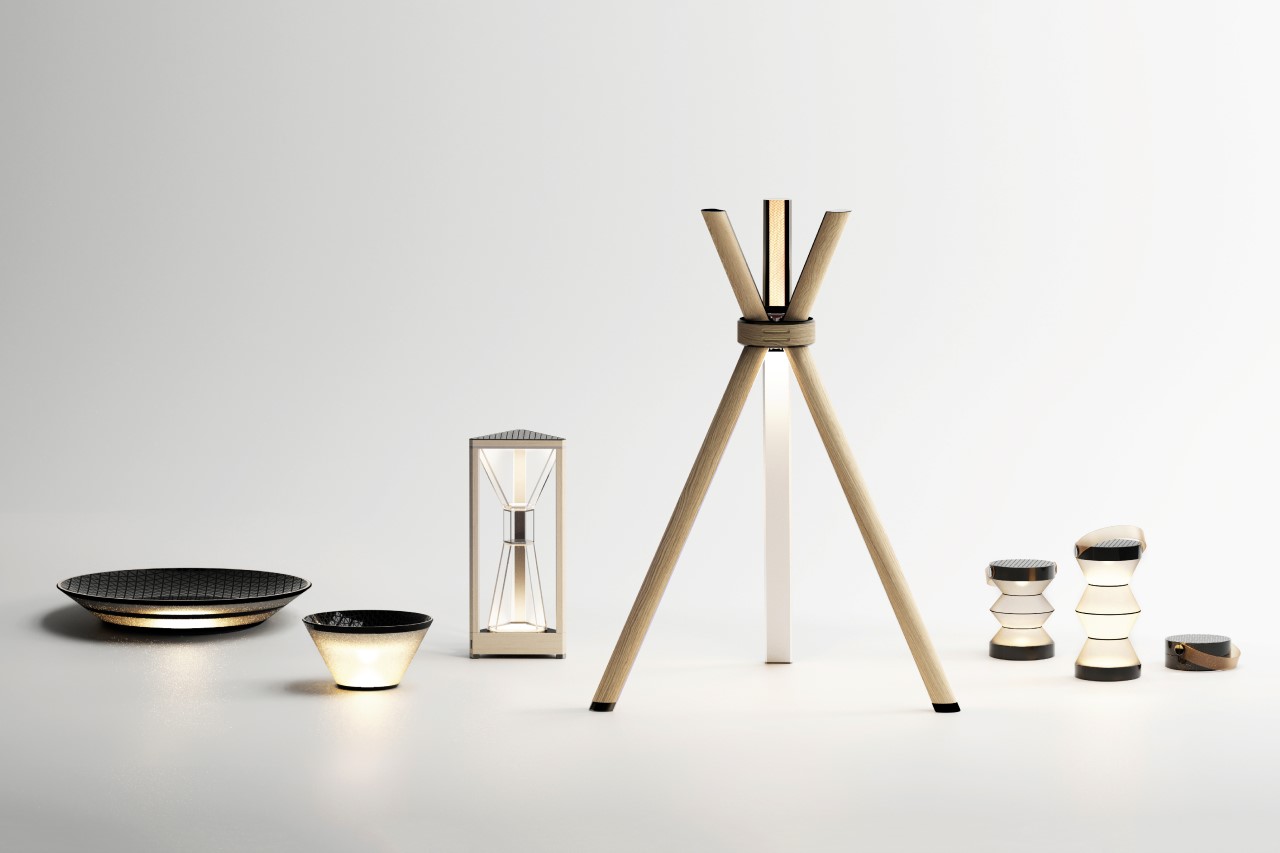
Elves – Shinola Camping Accessory Set
By massively upgrading the camping experience, Elves makes the outdoors just as comfortable and enjoyable as relaxing indoors. The camping accessories boast of a minimal yet functional design that borders on the sleek appeal of glamping, while still being energy efficient and having a minimal carbon footprint. At the very heart of the design is the innovative fireplace that runs on solar energy and emits thermal energy without a flame. It’s perfect for cooking food on as well as for roasting marshmallows, and the legs of the fireplace even come with integrated lamps to illuminate your campsite, giving you an experience that feels familiar, yet is radically different and better!

Nebia by Moen Spa Shower
Designed in partnership with Moen’s shower design, Nebia’s showerhead works with water droplets that are less than a millimeter thick. Just like a 4K screen has smaller and more clustered pixels as compared to a 720p screen, Nebia’s showerhead creates what the company calls a “high definition” shower experience. Now that may be marketing-speak, but the shower definitely covers a larger area than a regular shower, especially with its ring-shaped Rainshower head and the shower wand, that bombard you with rain-like water sprays from not just the top, but even the front. That perfect stream of well-heated water is courtesy of the specially engineered nozzles within the Nebia by Moen which don’t work as flow regulators, but rather function as pressure regulators which help it deliver a consistent experience no matter which part of the world you’re in.
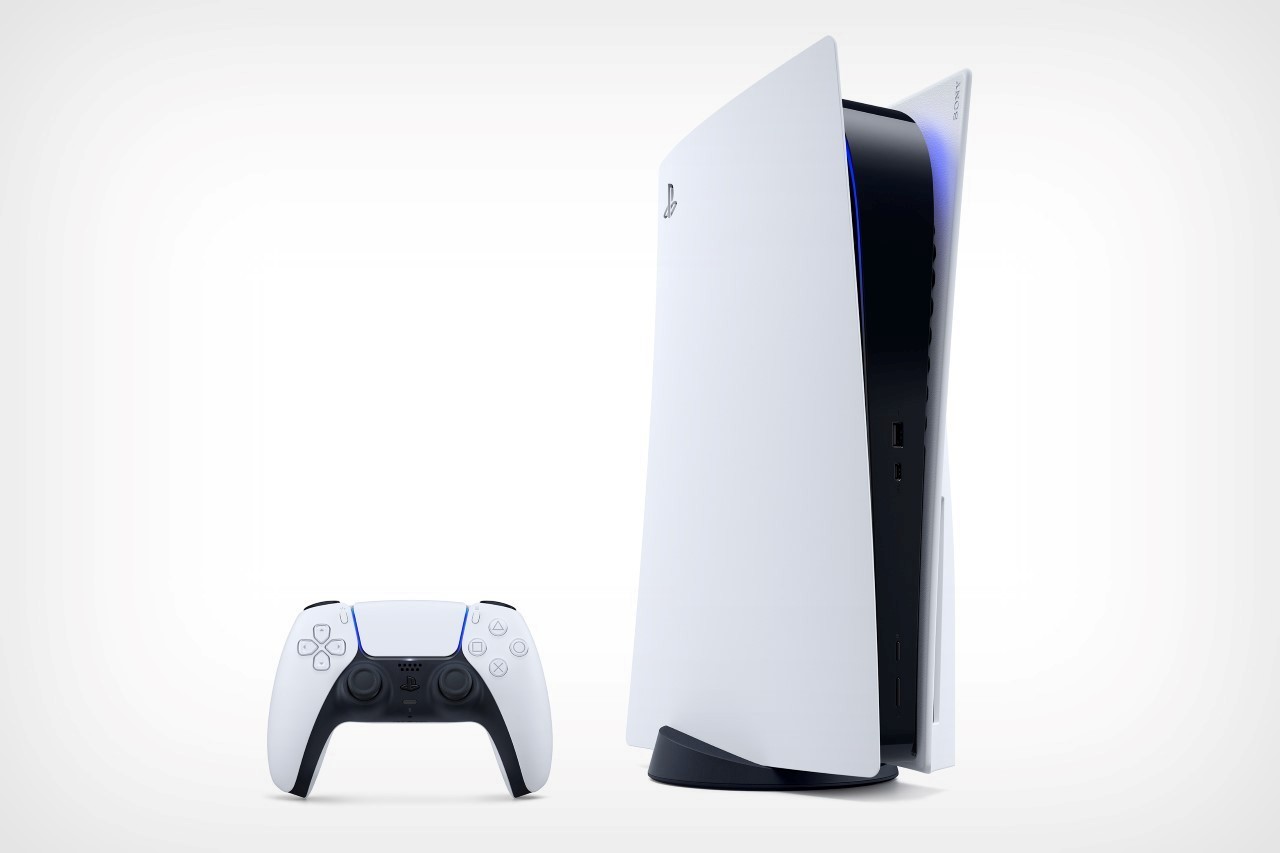
PlayStation 5
As polarizing as its organic, alien-inspired design may be, the PlayStation 5’s incredible demand really cements its reputation as the most popular gaming console of all time. The whole structure is designed to look as if it were formed by floating components, accentuating its slim appearance. On the inside, haptic feedback, adaptive triggers, and 3D Audio deliver deeper immersion, while the power of a custom CPU, GPU, and SSD is harnessed to rewrite the rules of what the PlayStation 5 console is really capable of. With a performance that’s out of this world, it helps that the PS5 looks otherworldly too!
Click Here to Visit the IDEA Website and Submit Your Design! Entry Phase ends on March 21st, 2022.
The post The International Design Excellence Awards (IDEA) 2022 Is Open for Entries Across 20 Categories! first appeared on Yanko Design.
